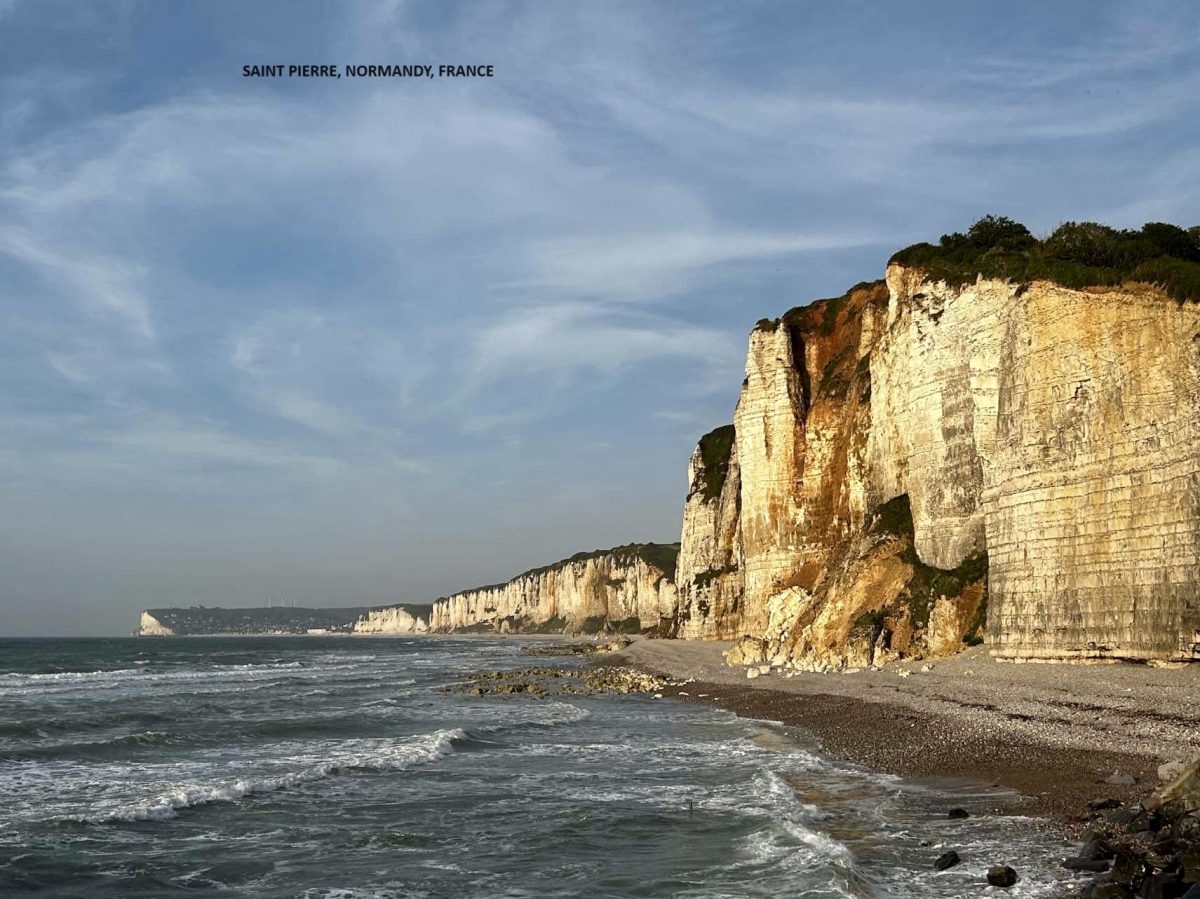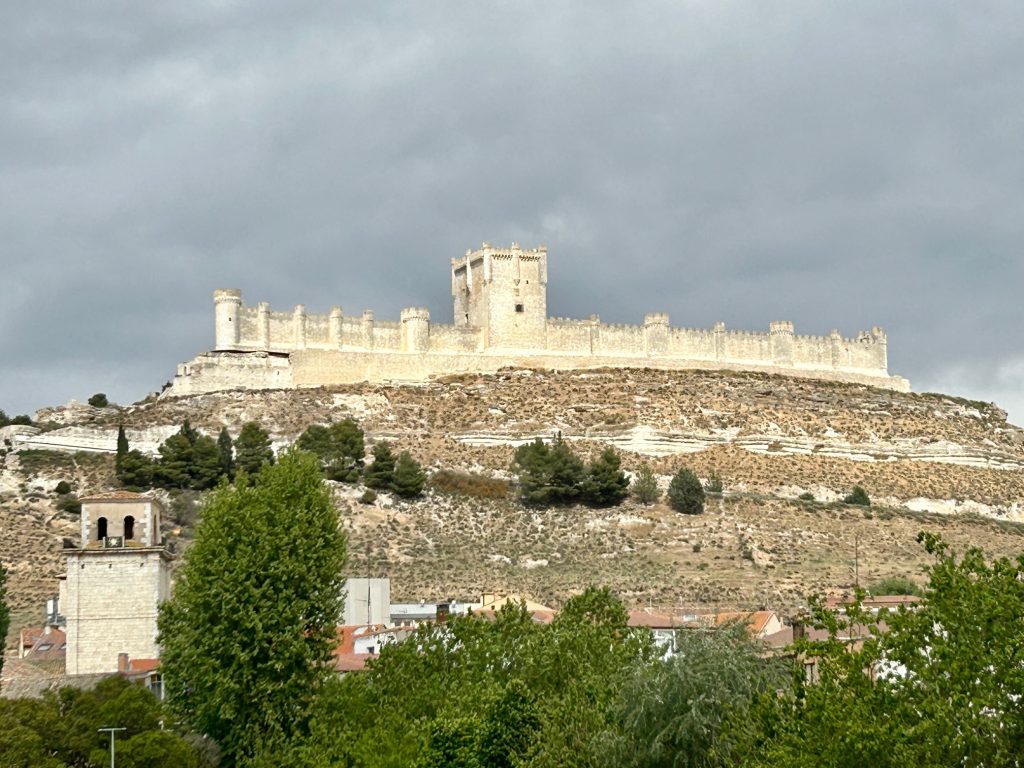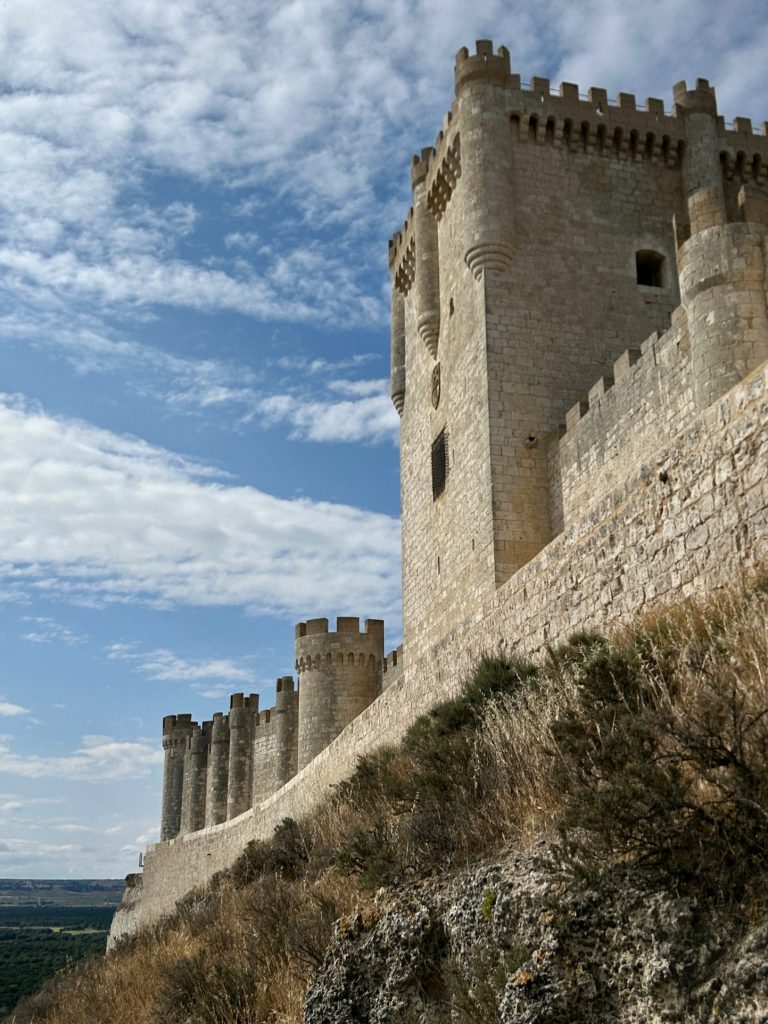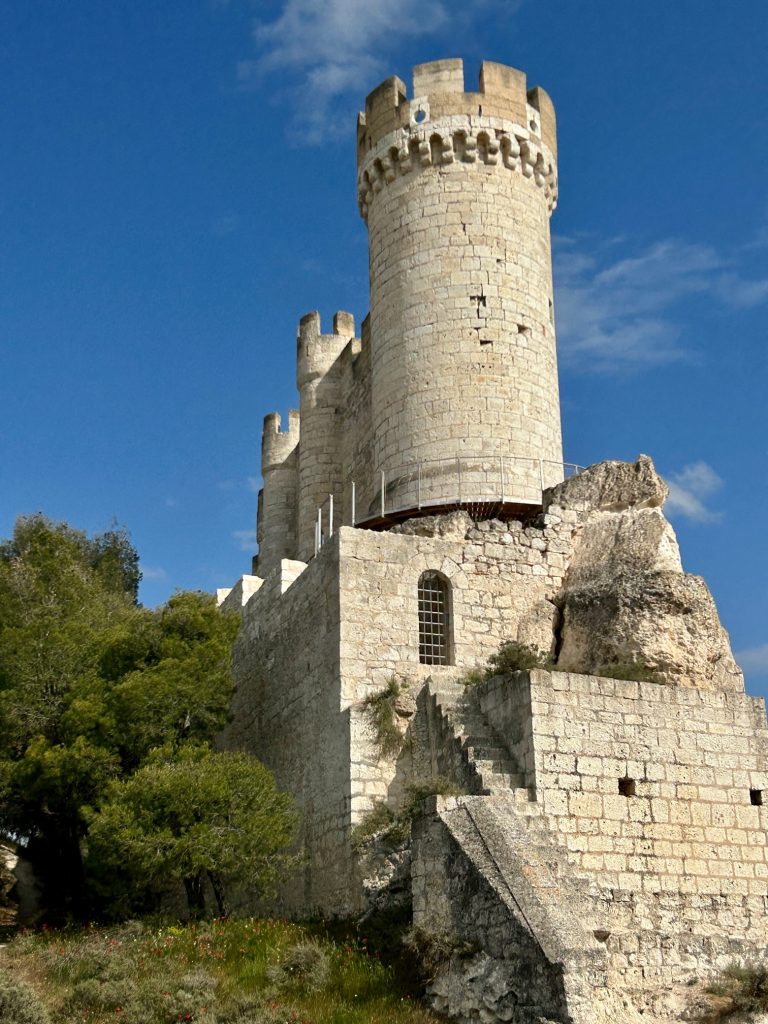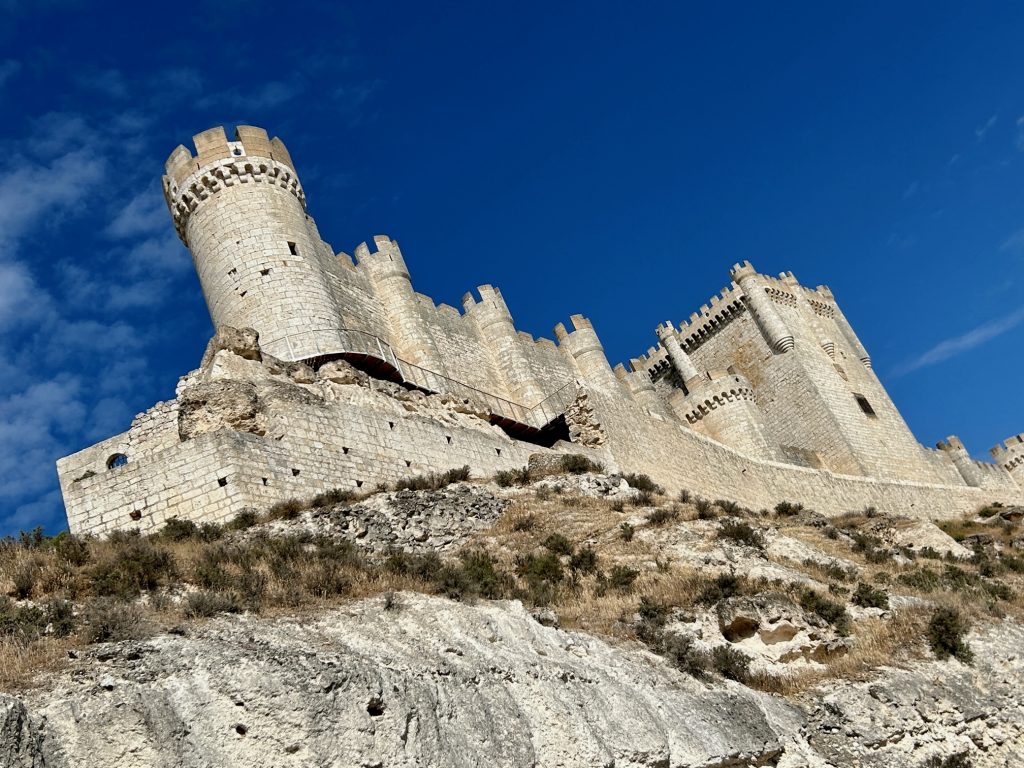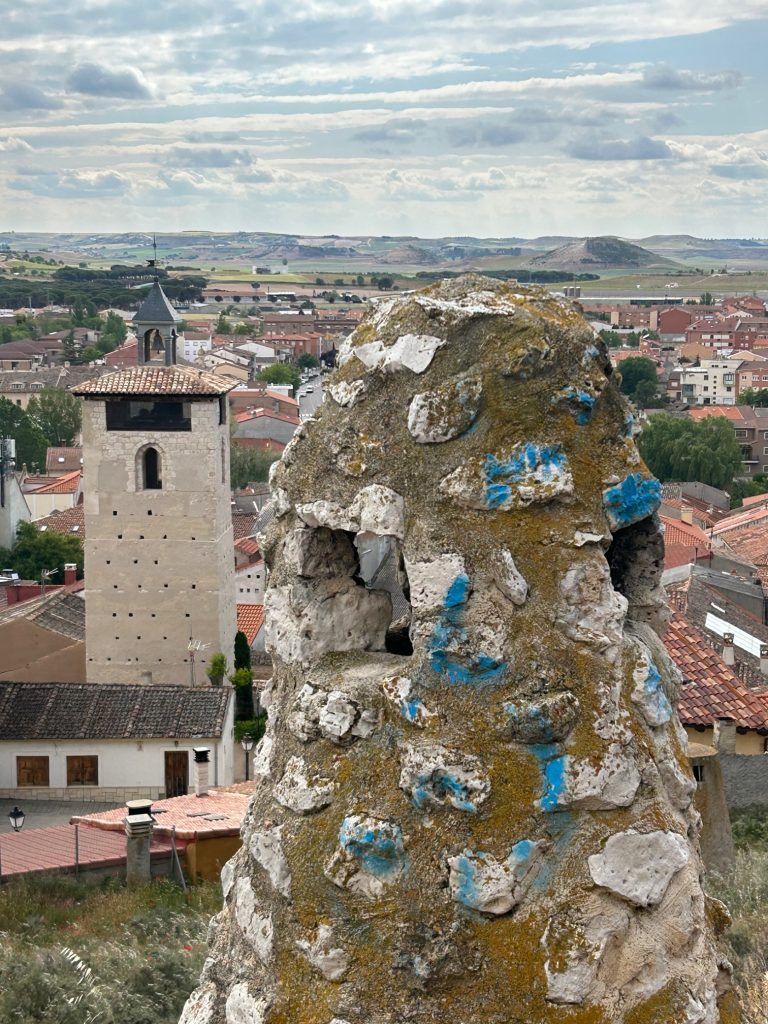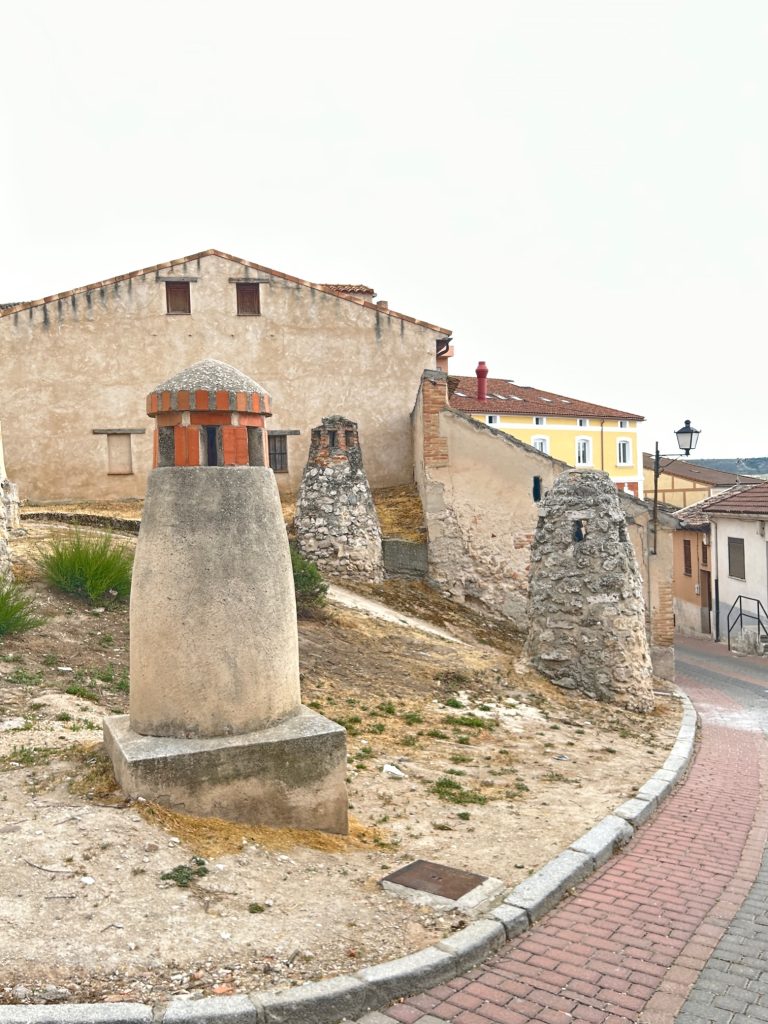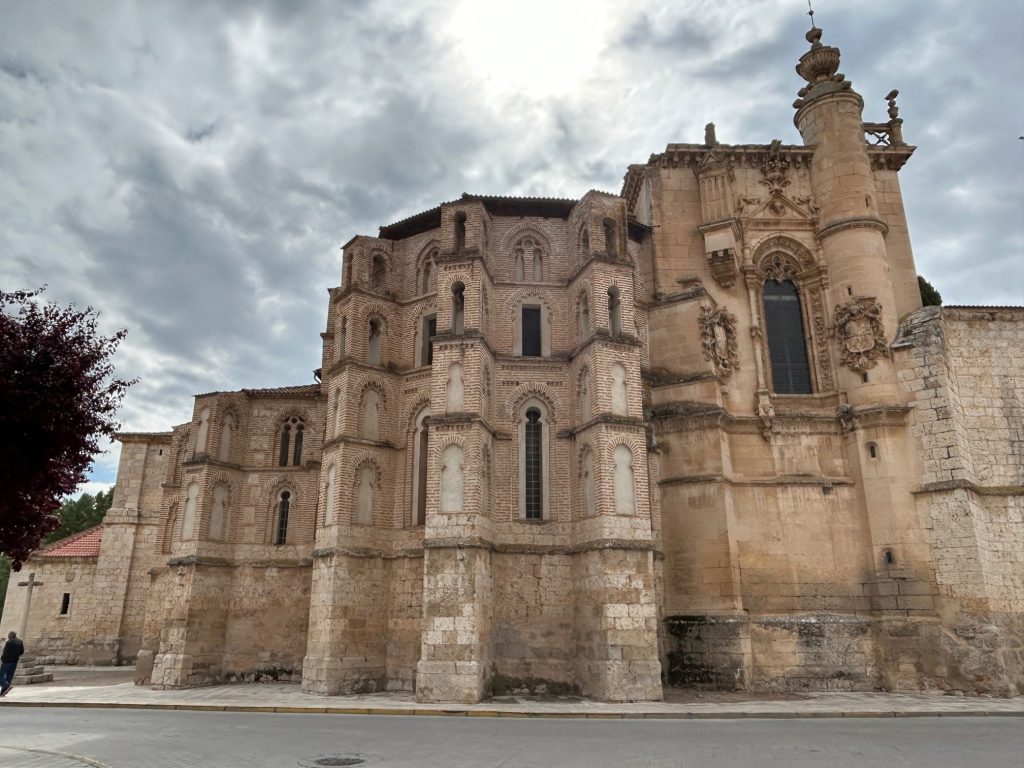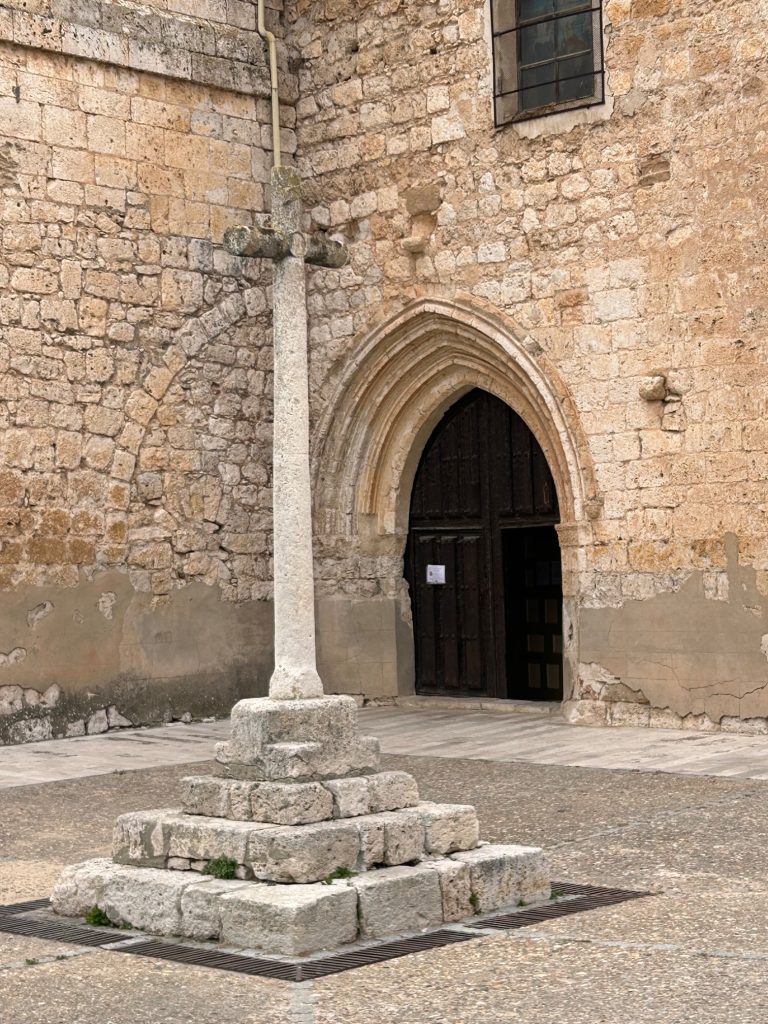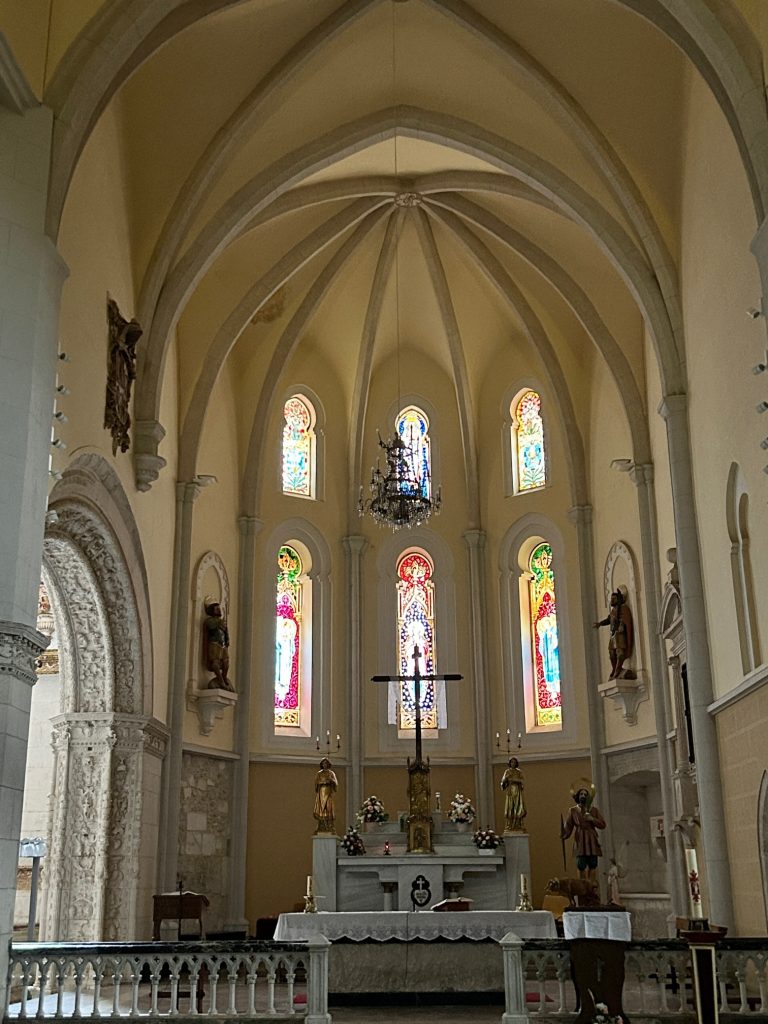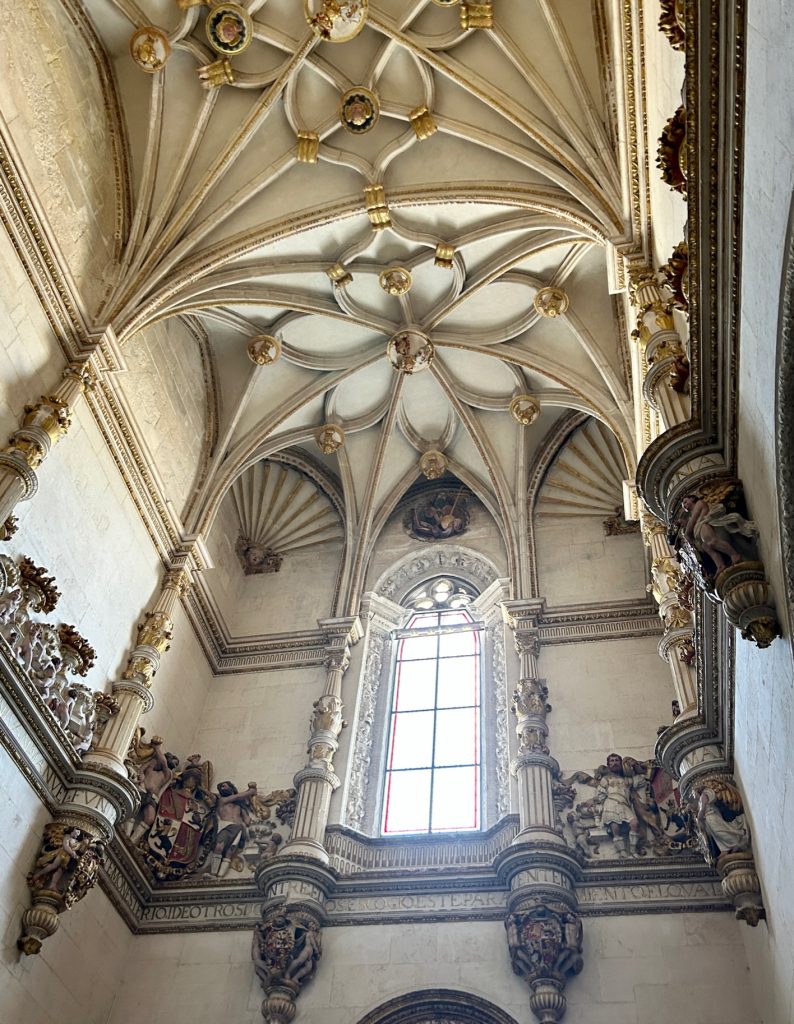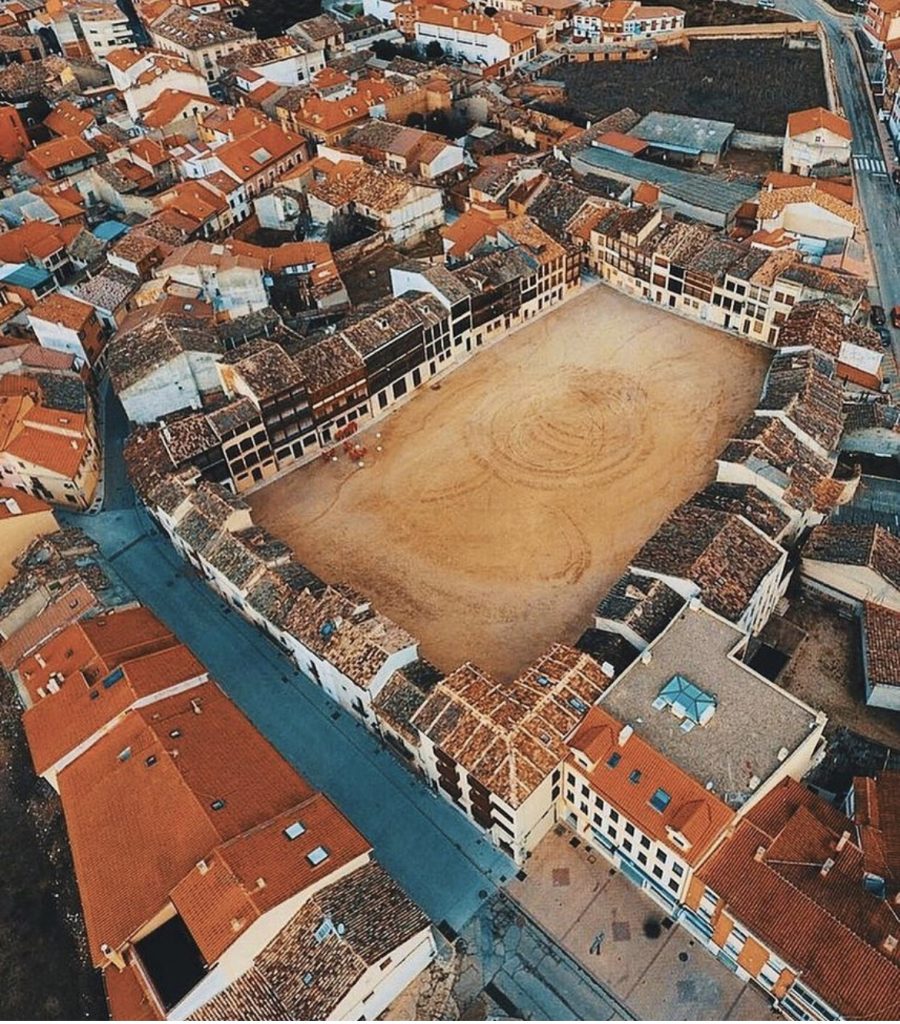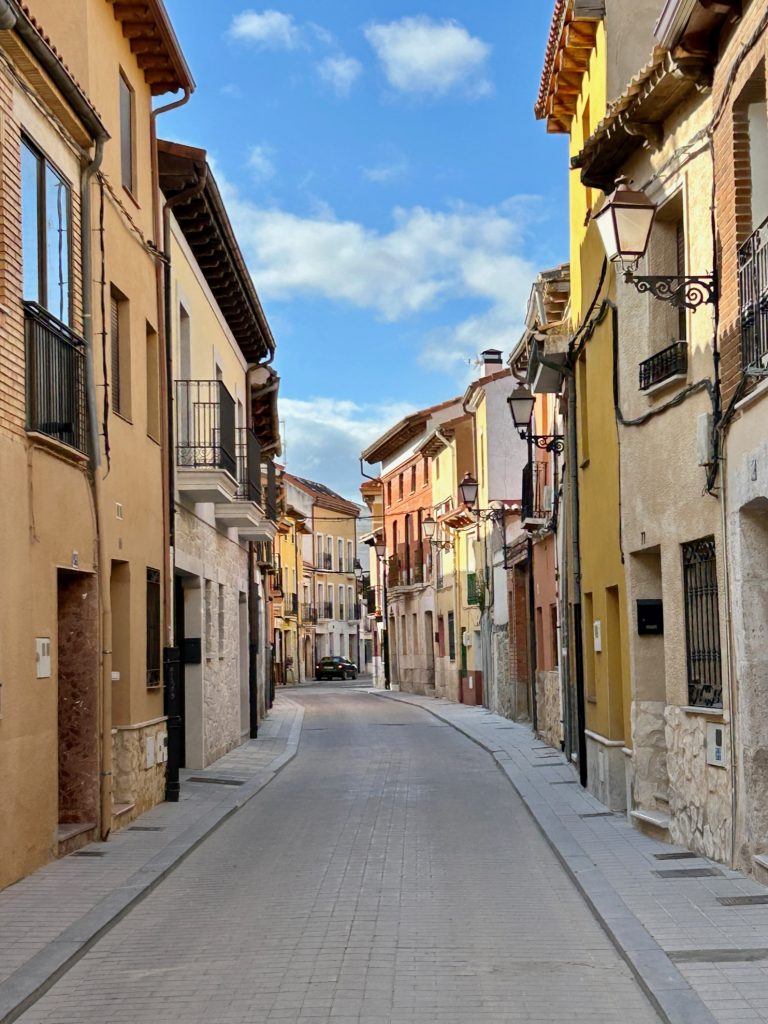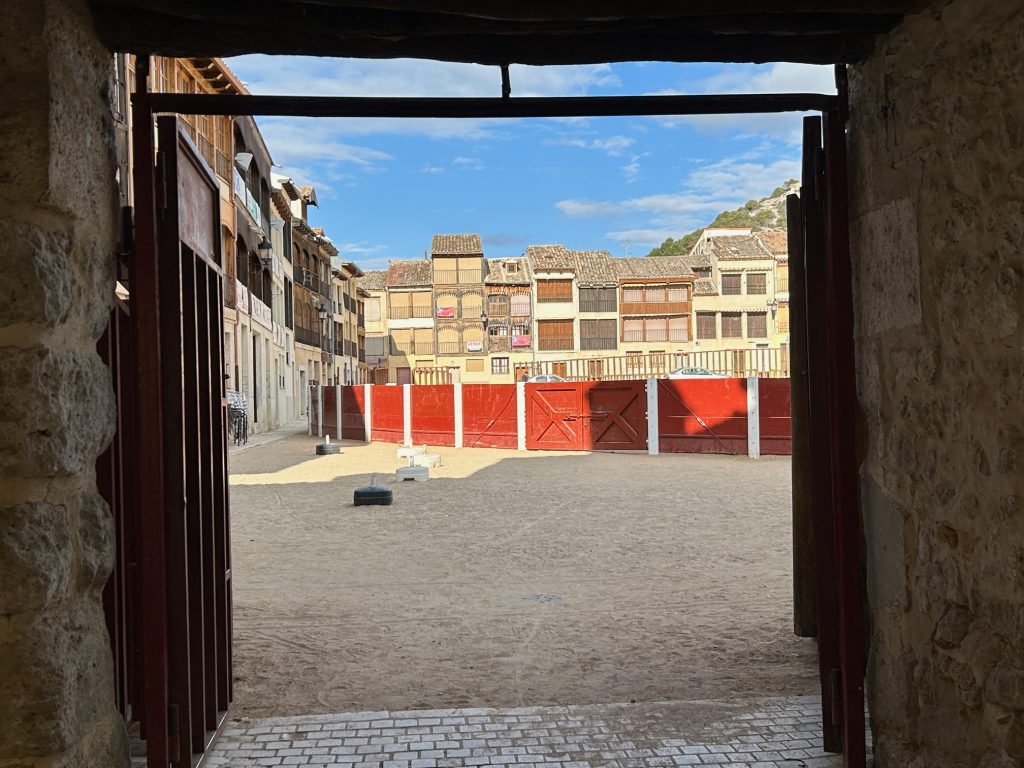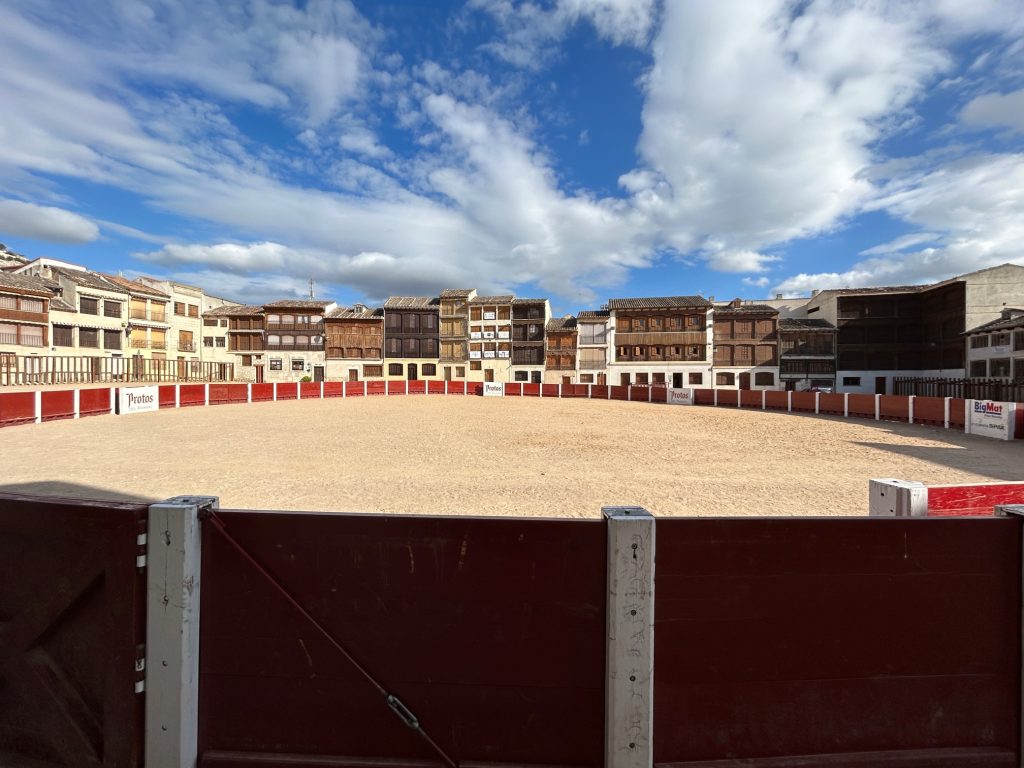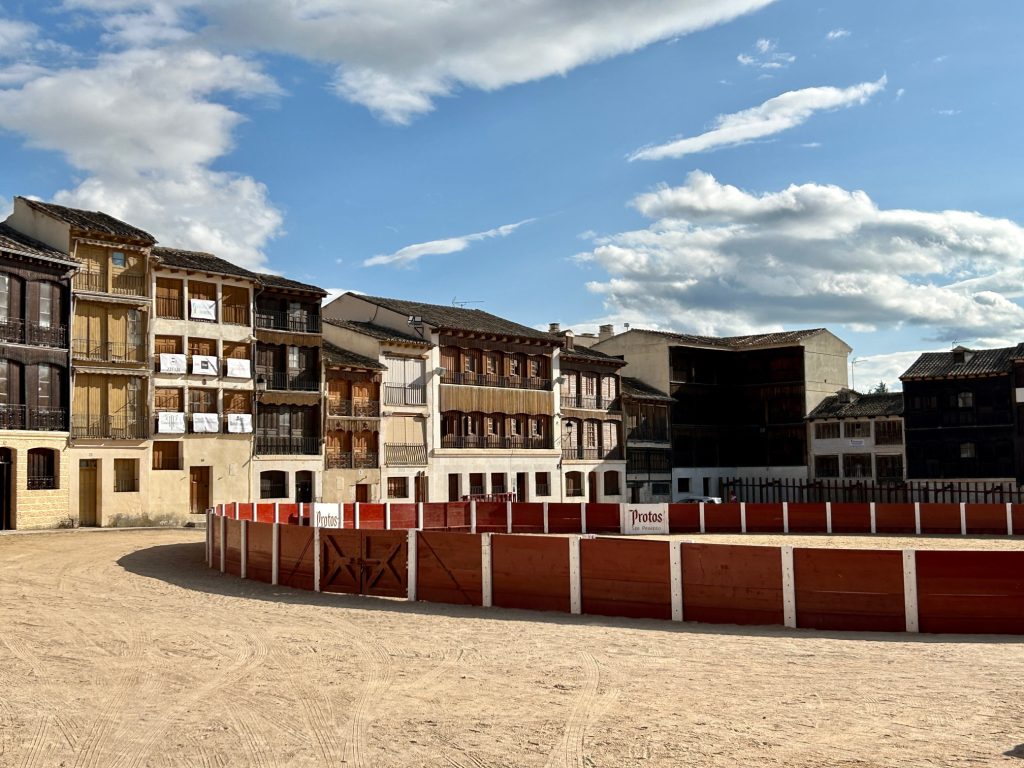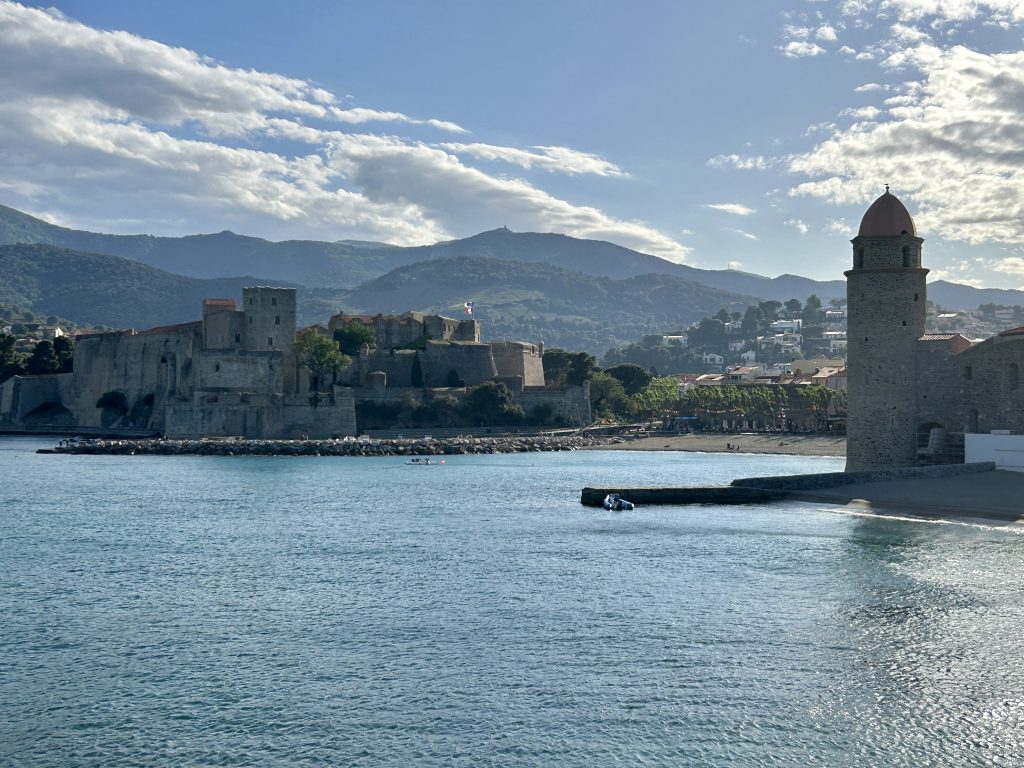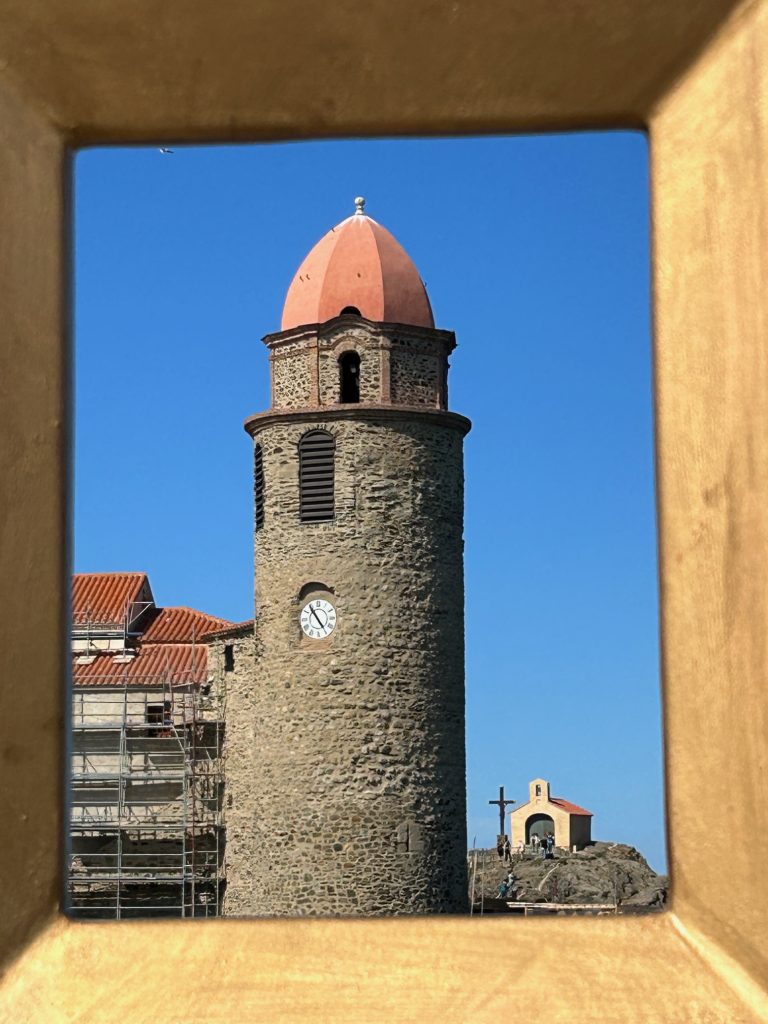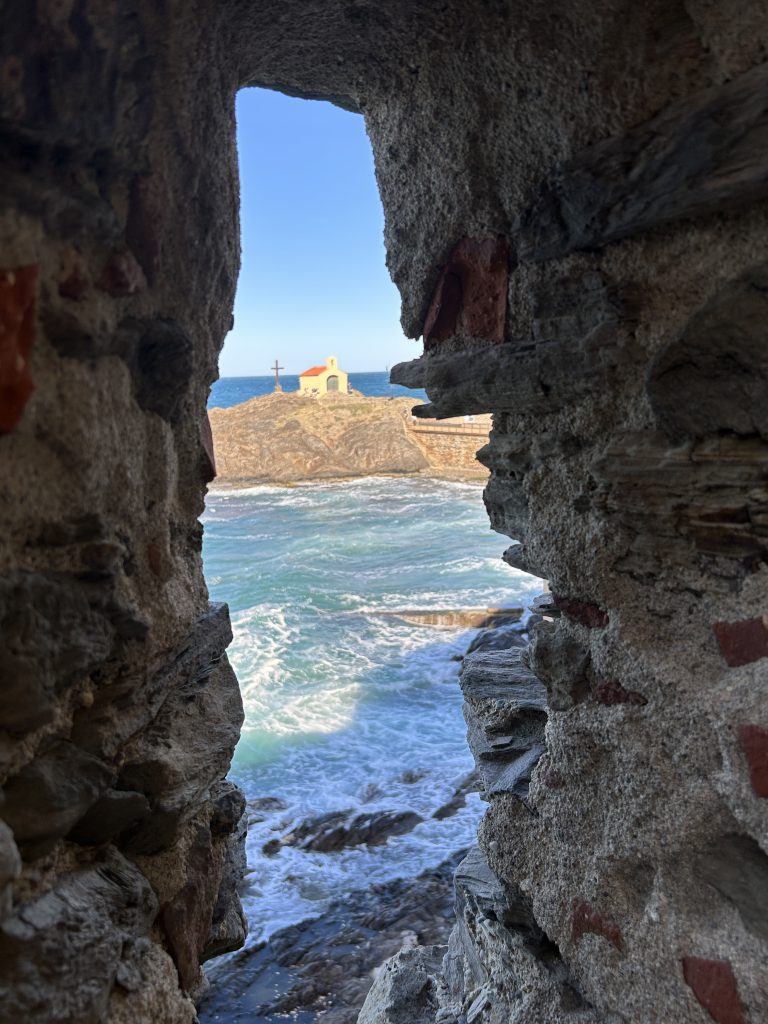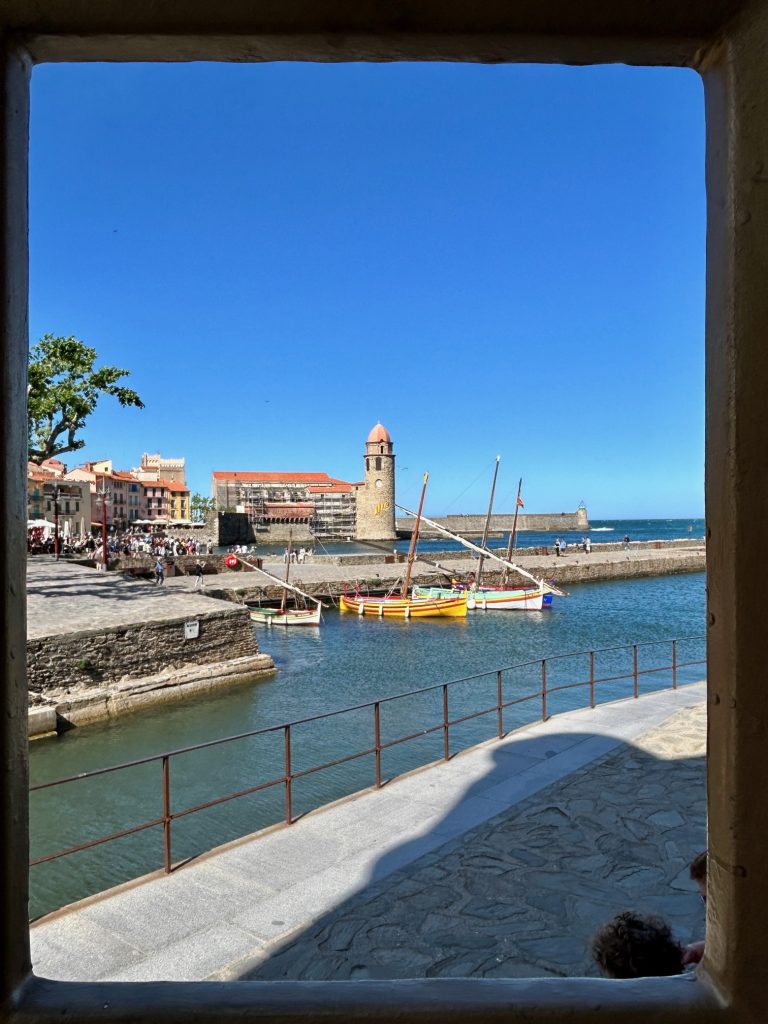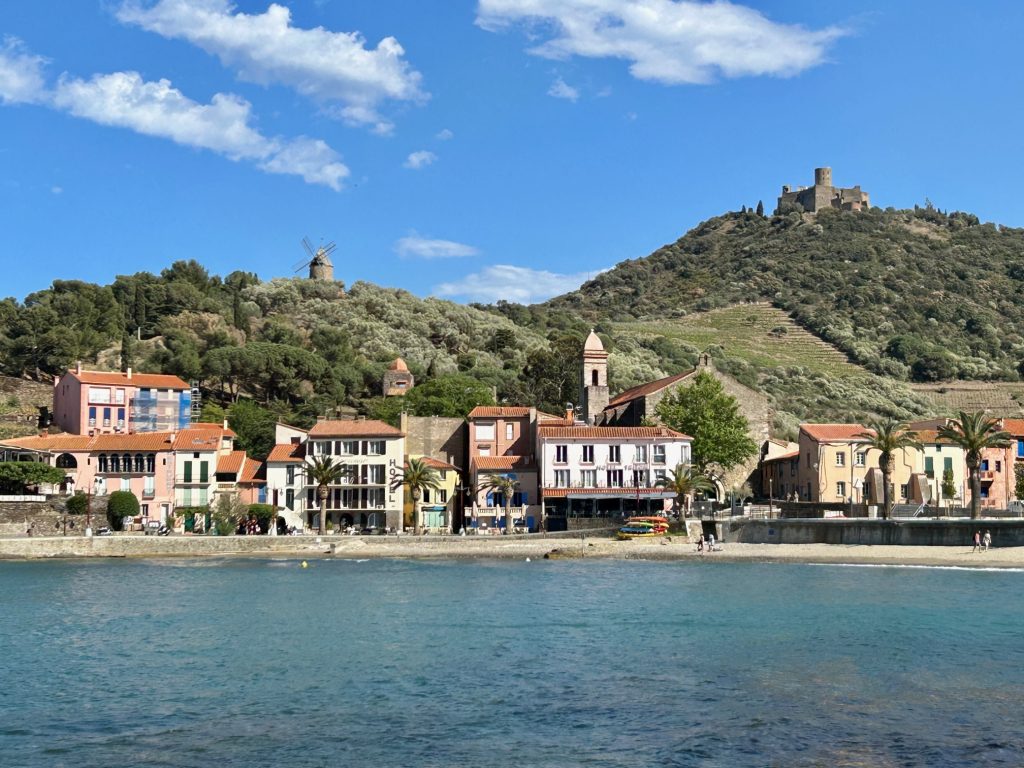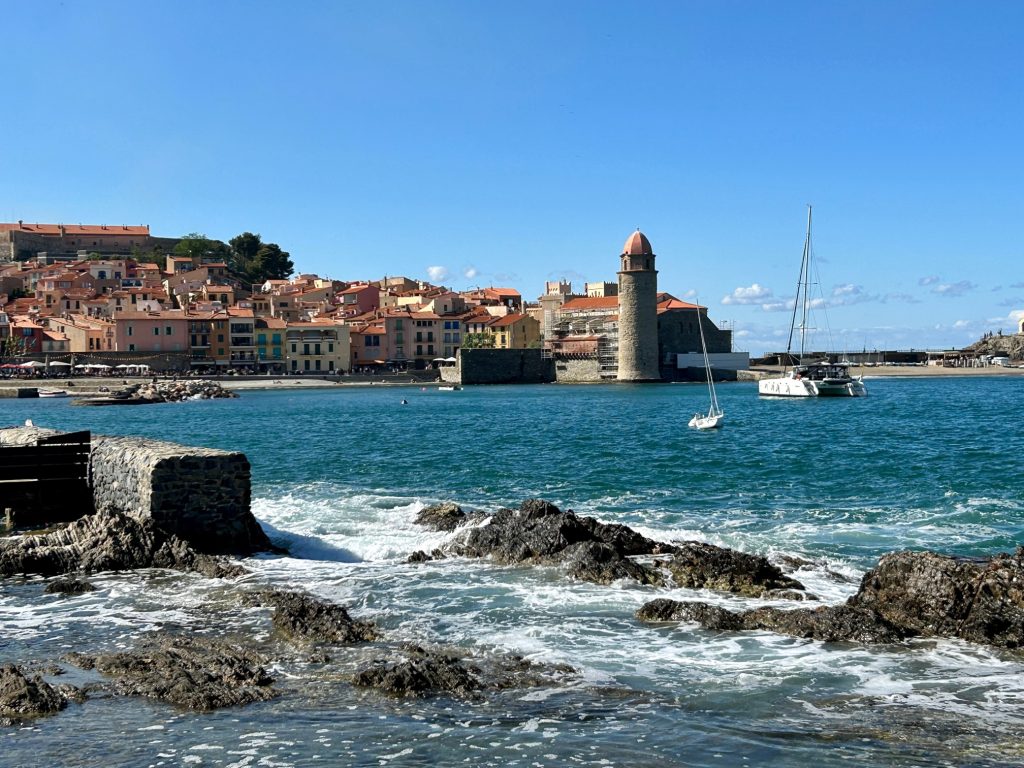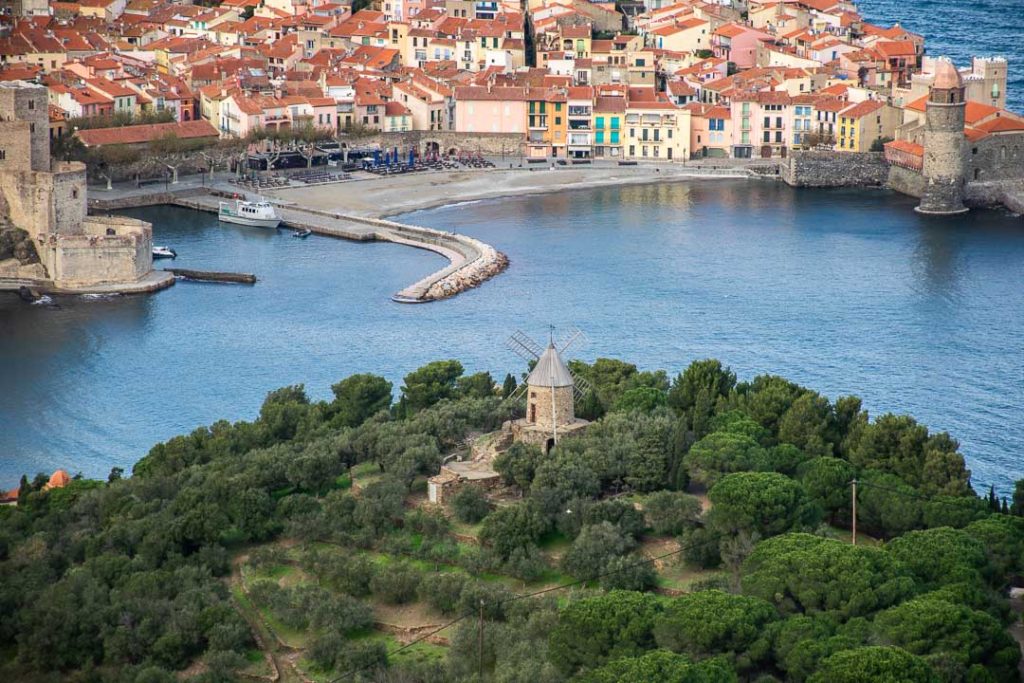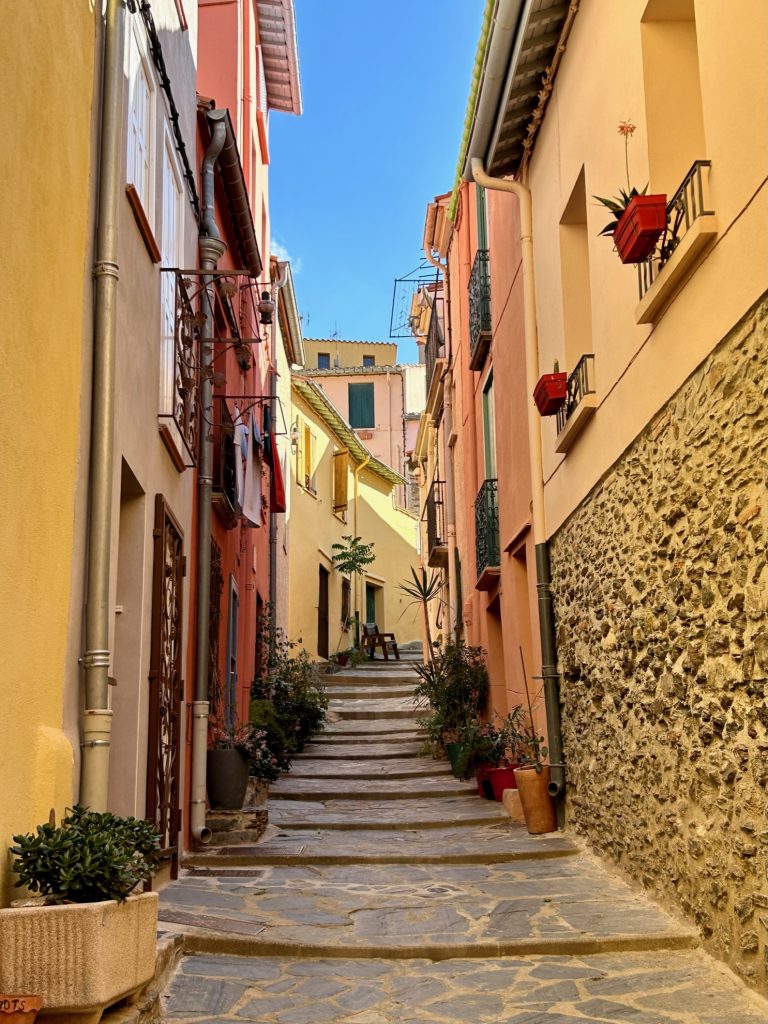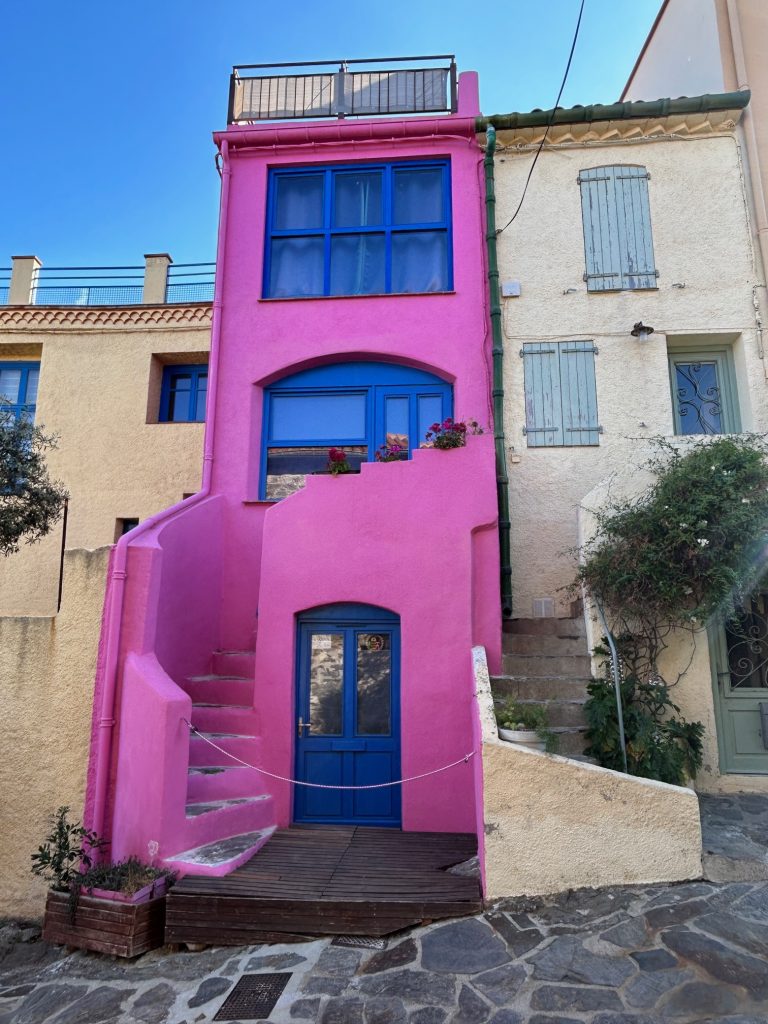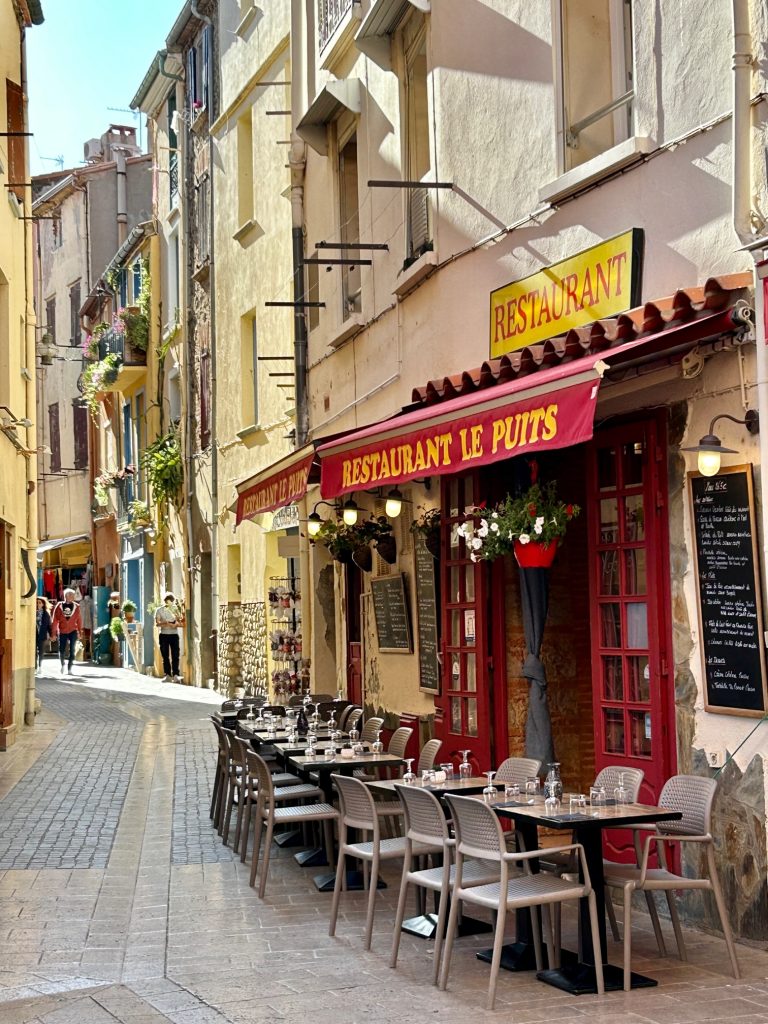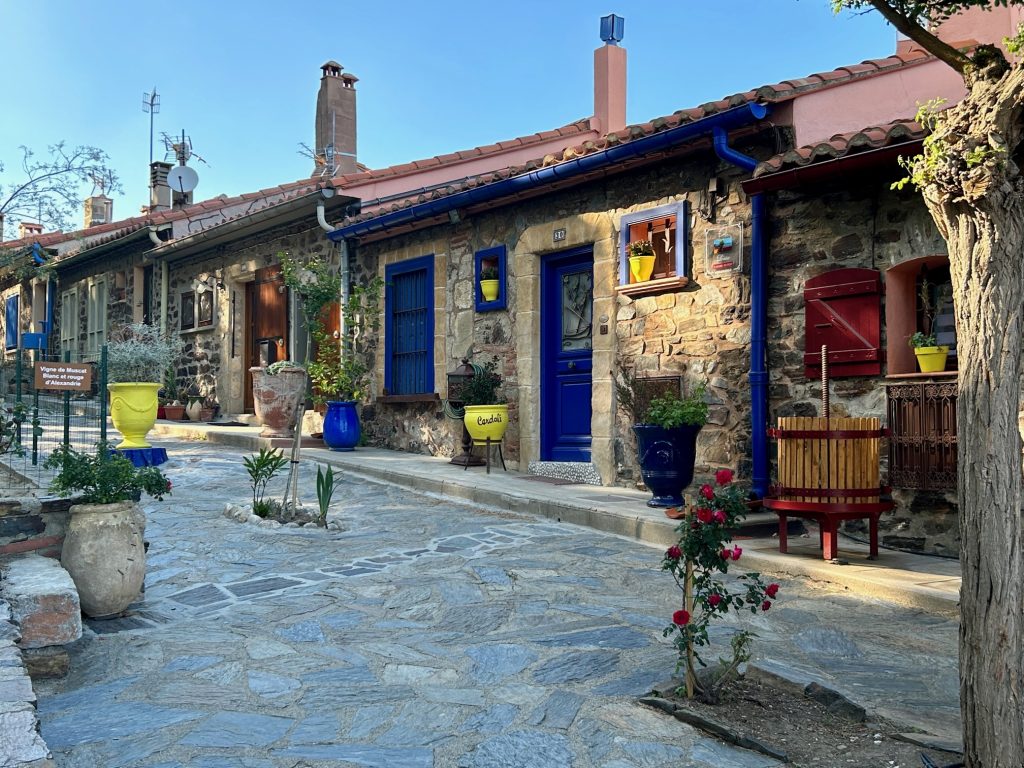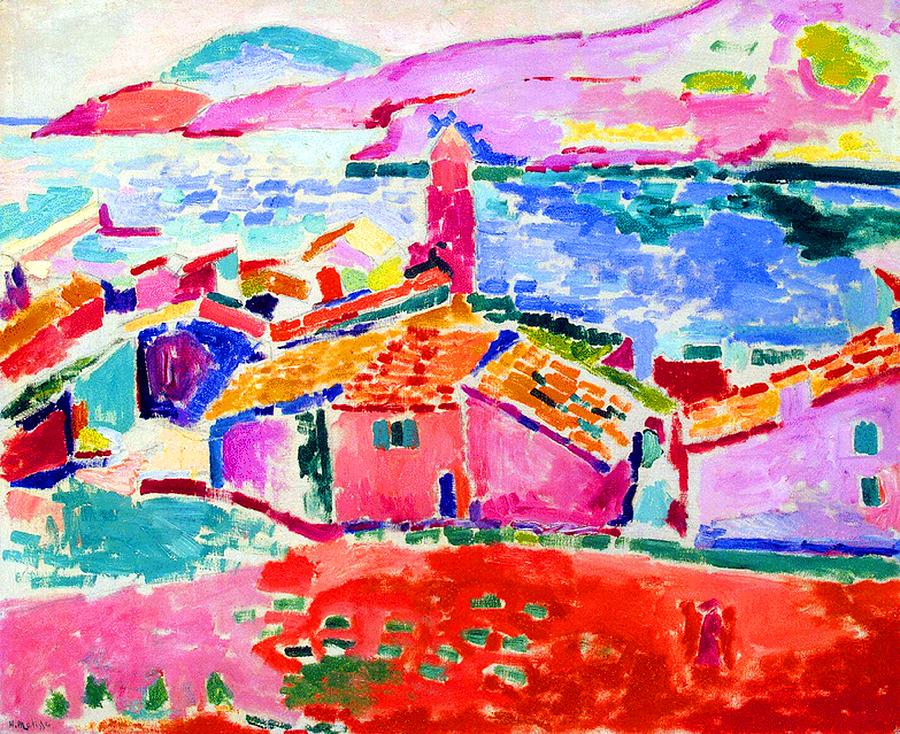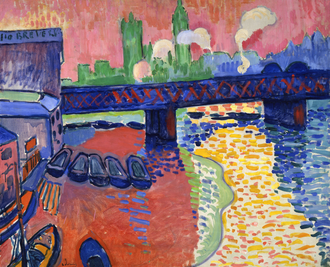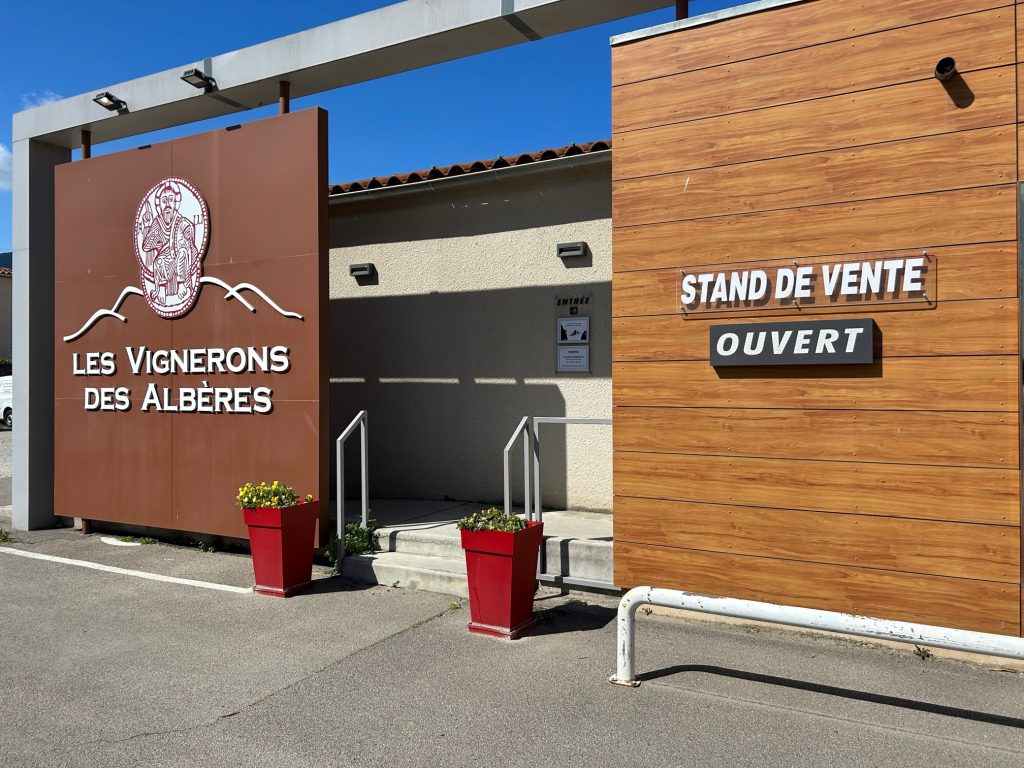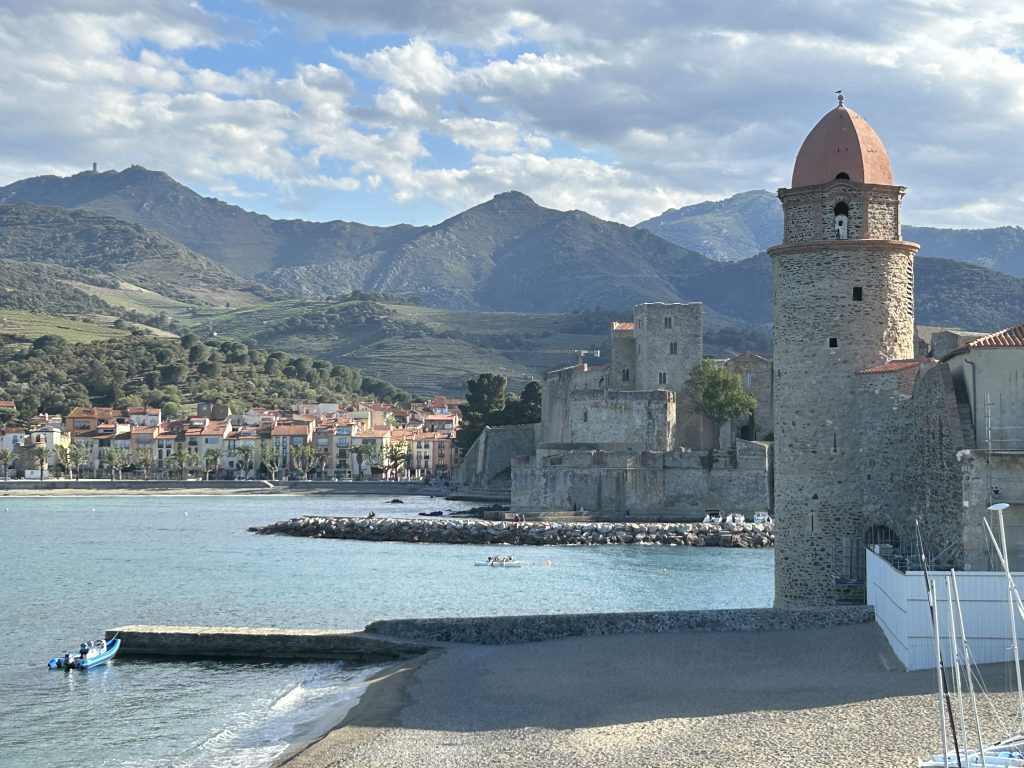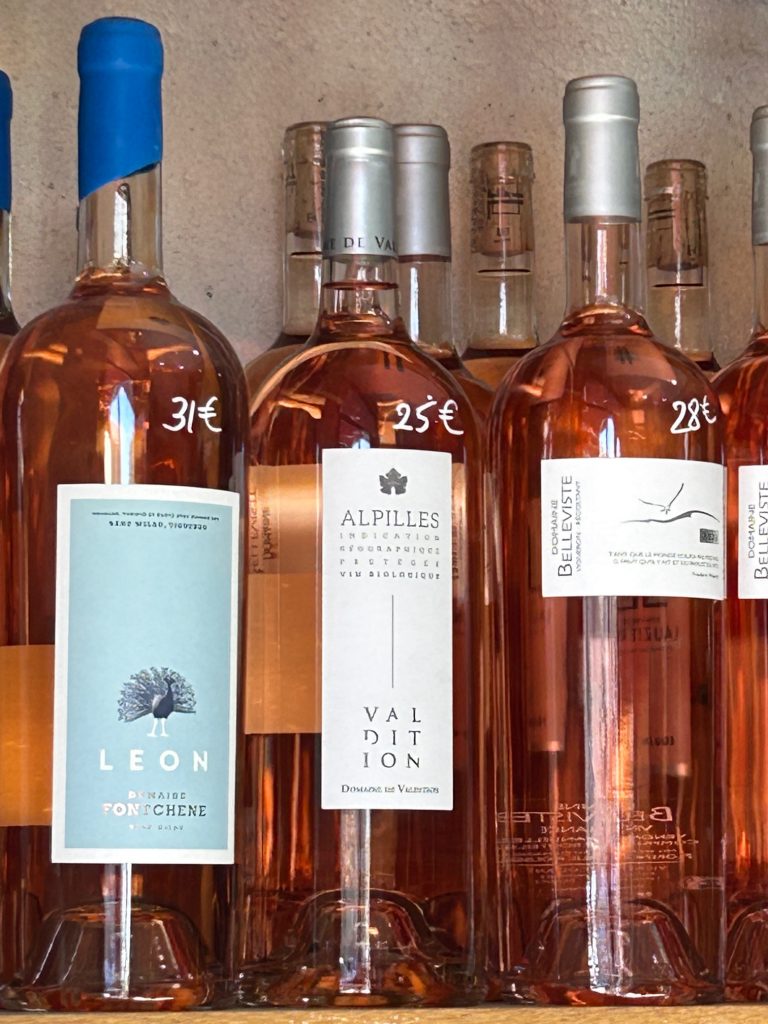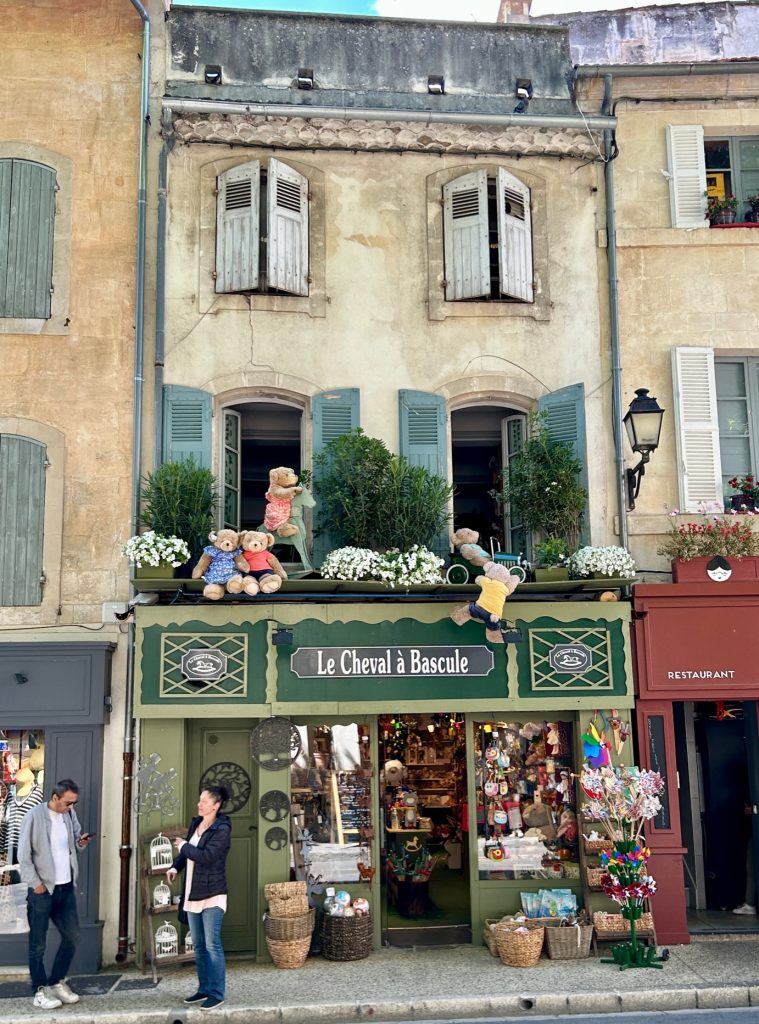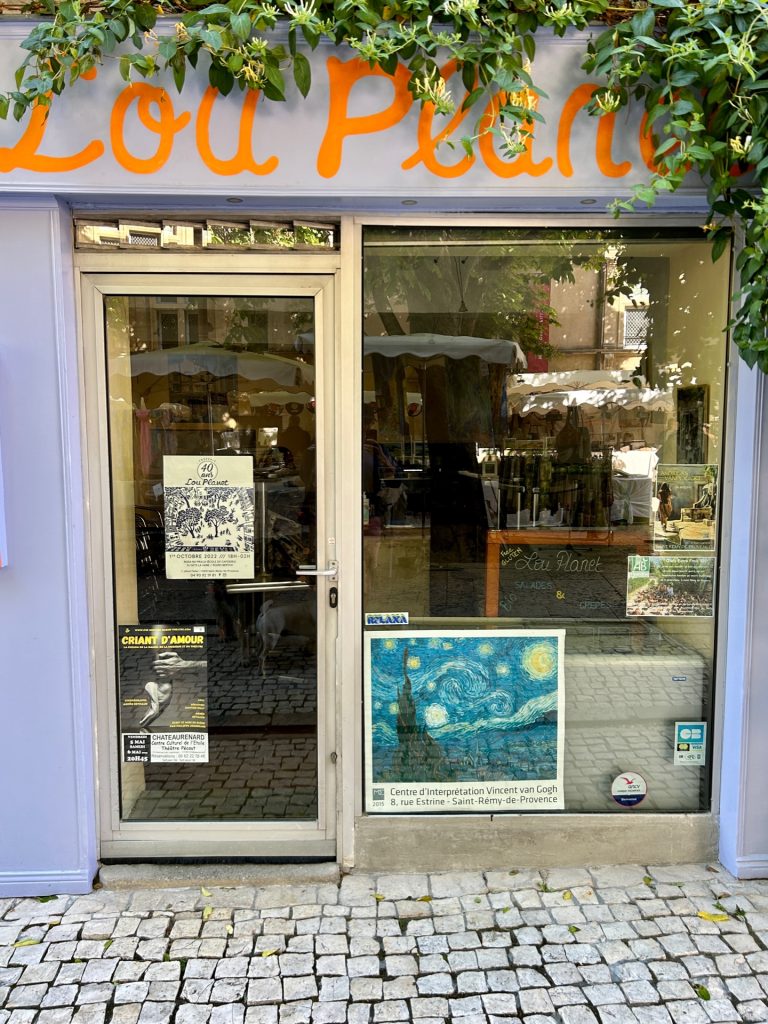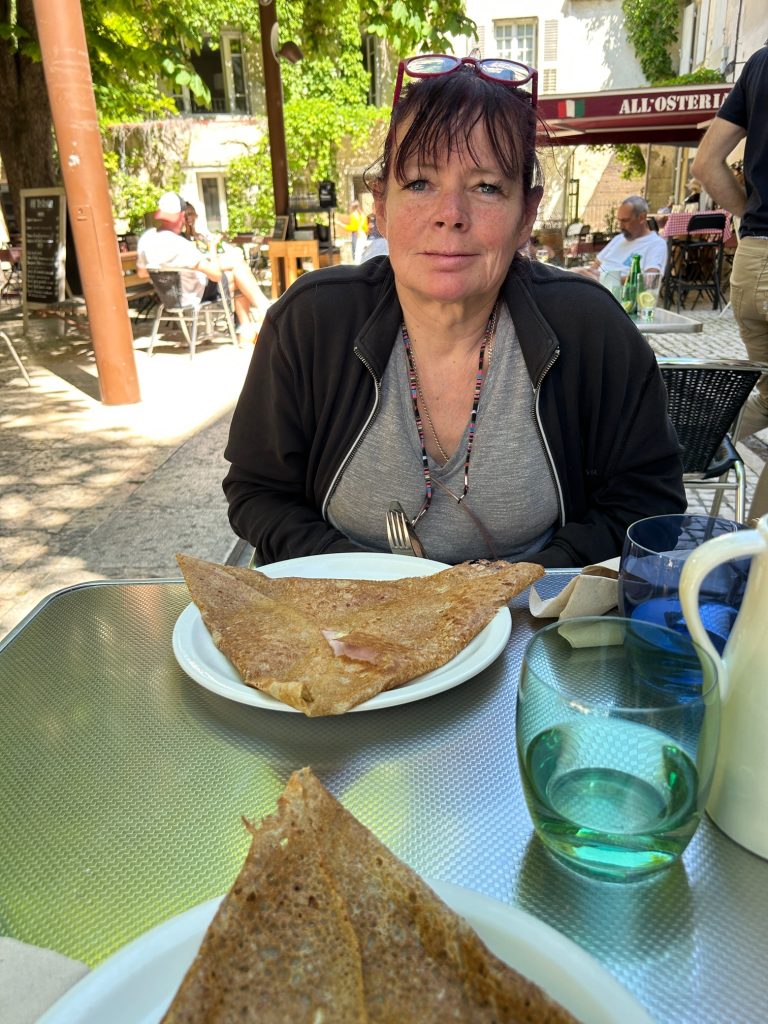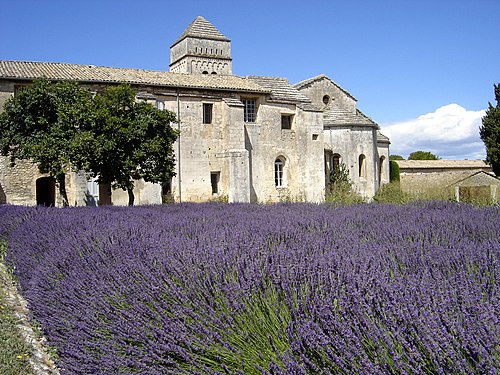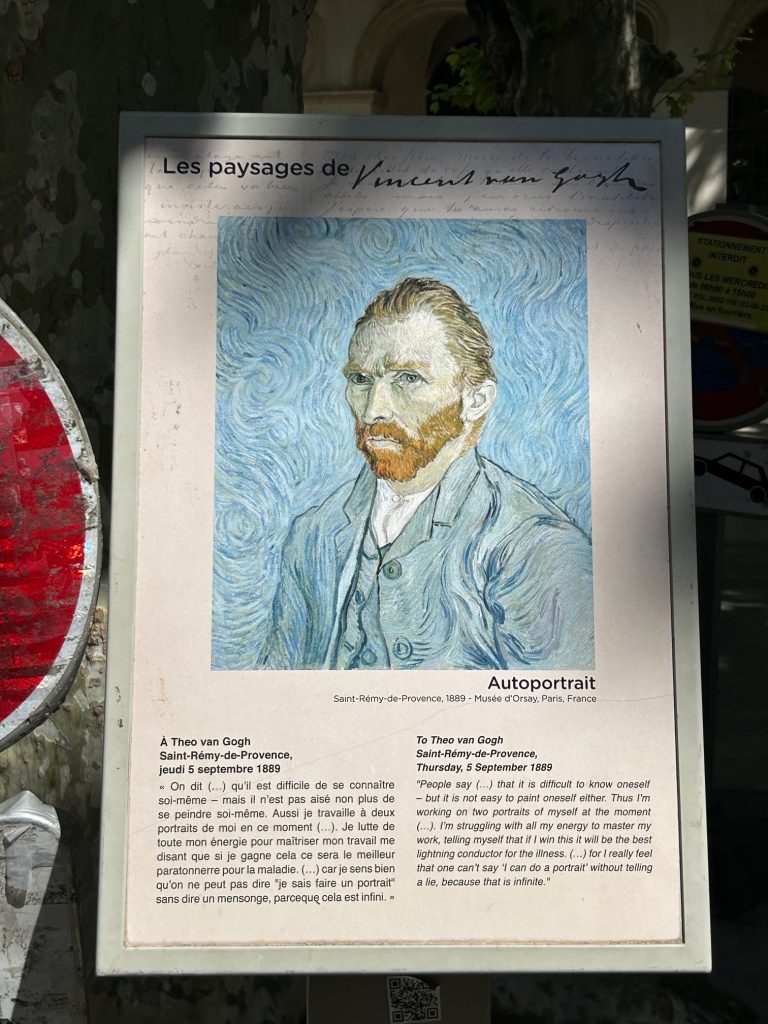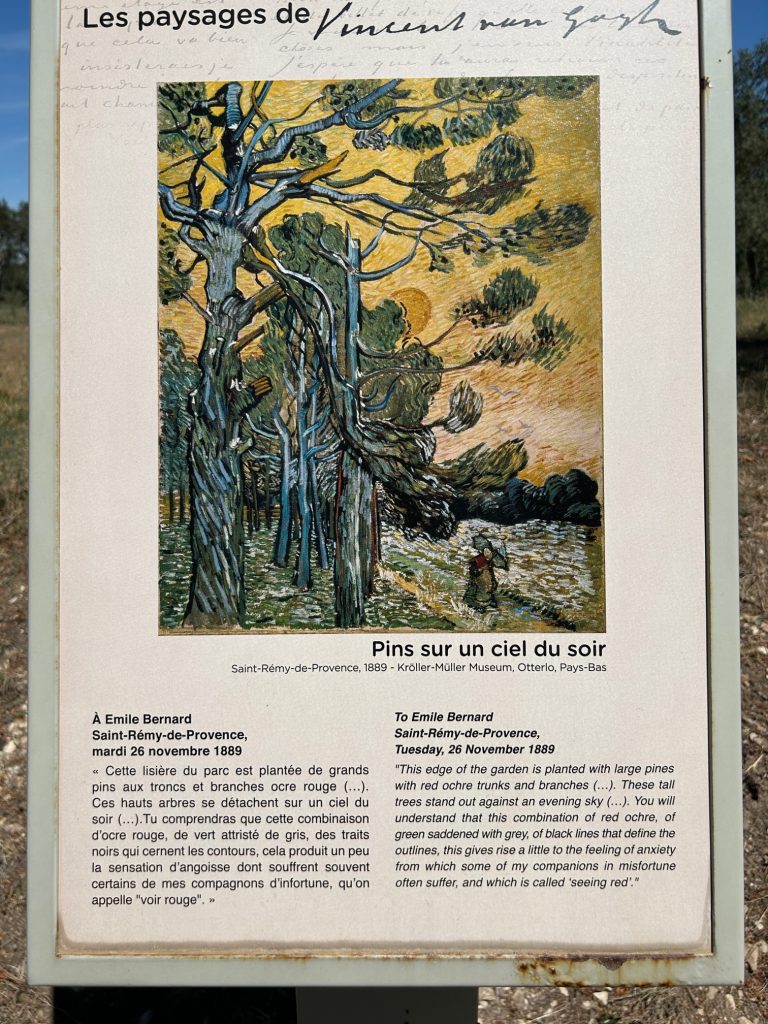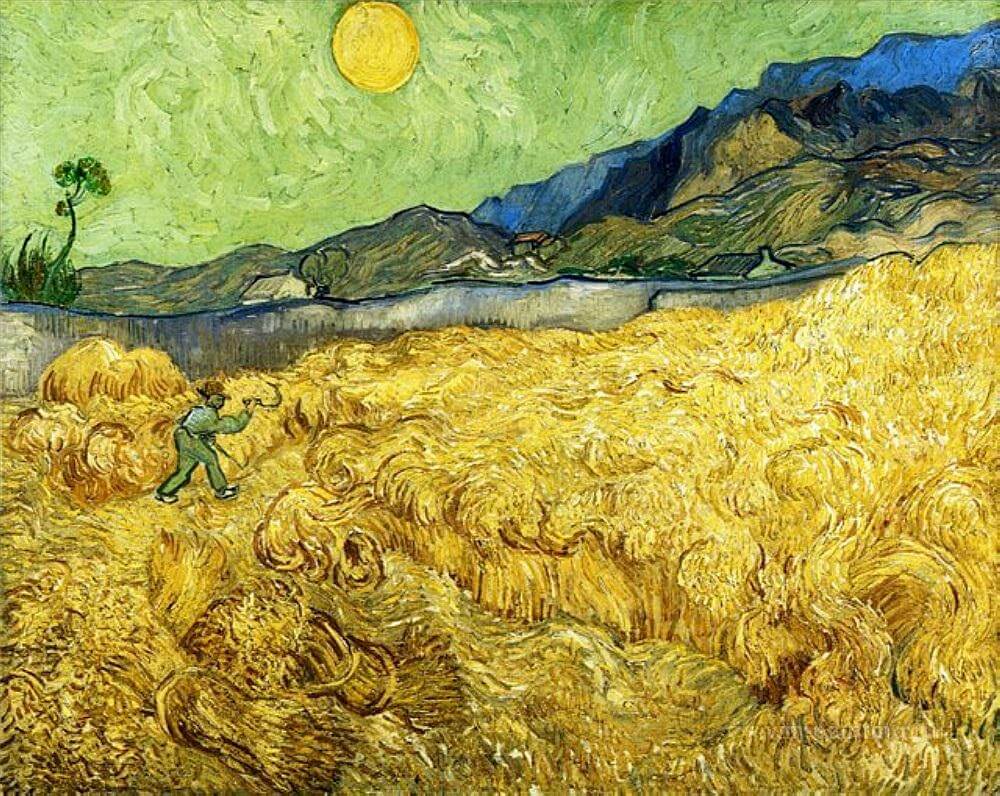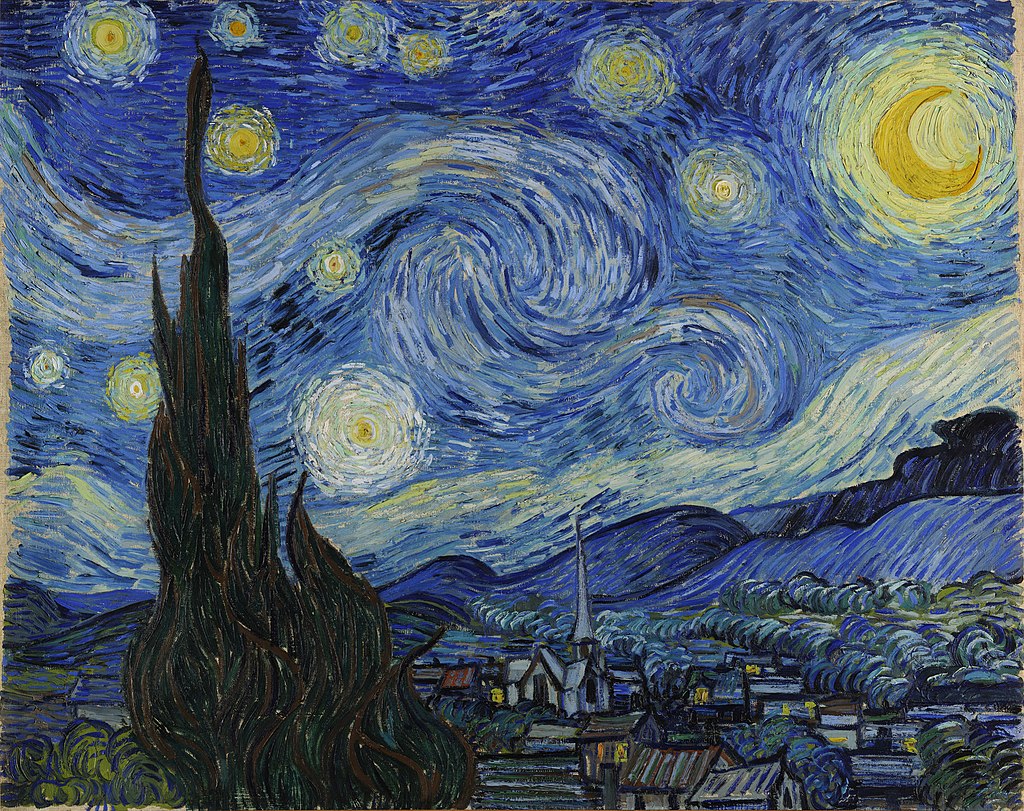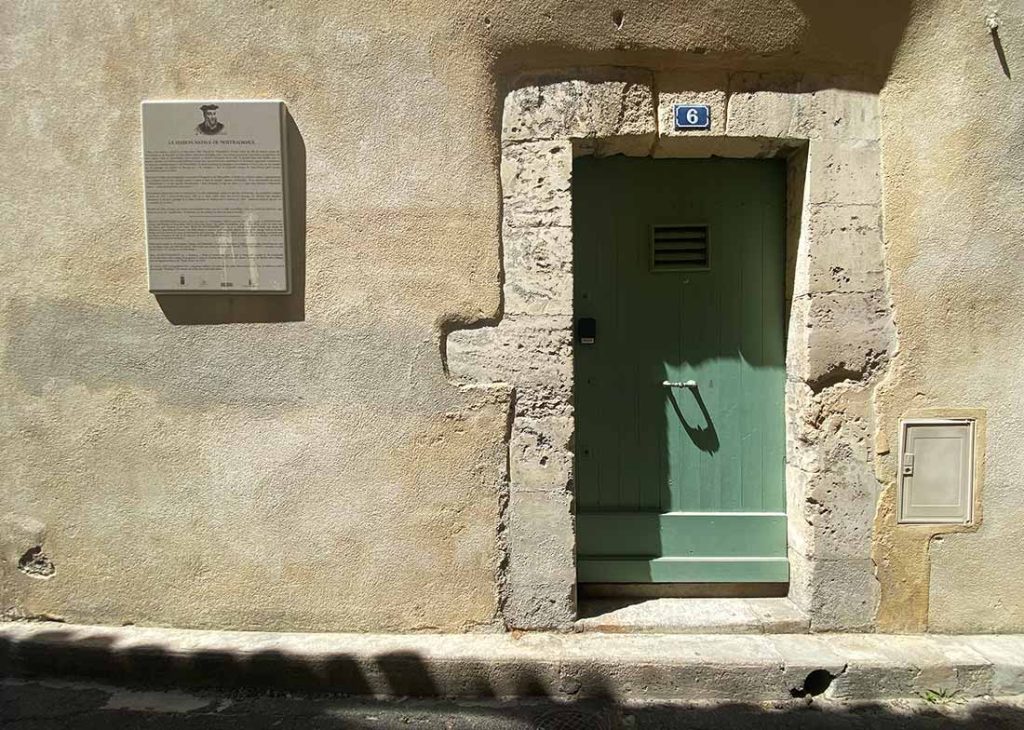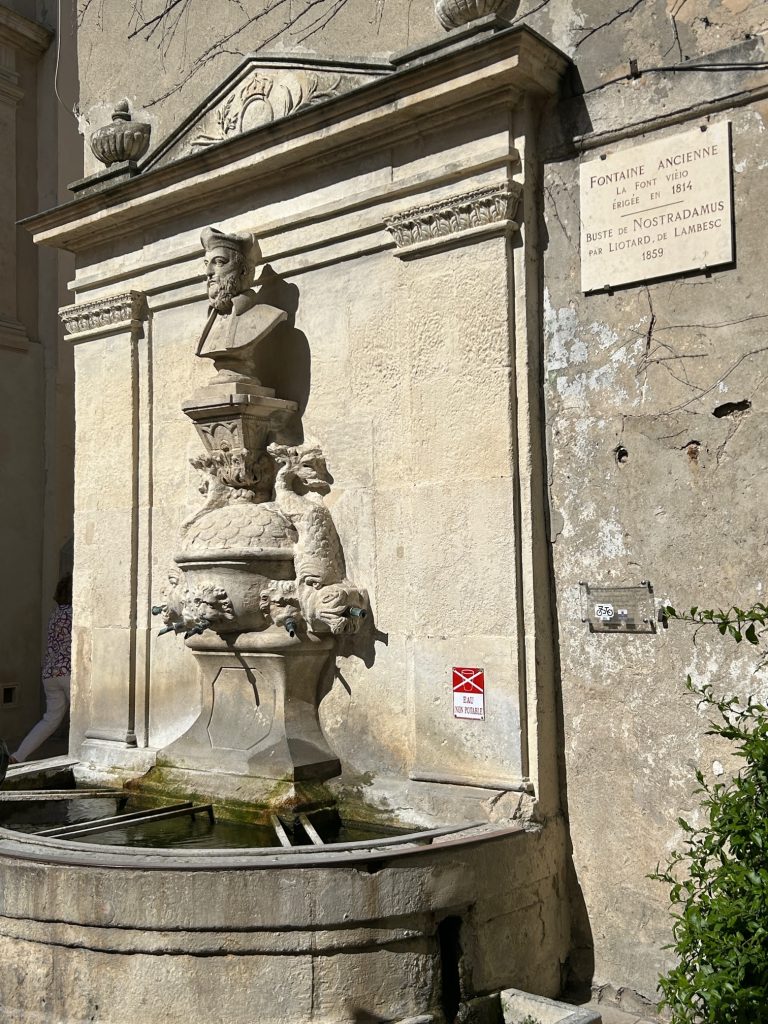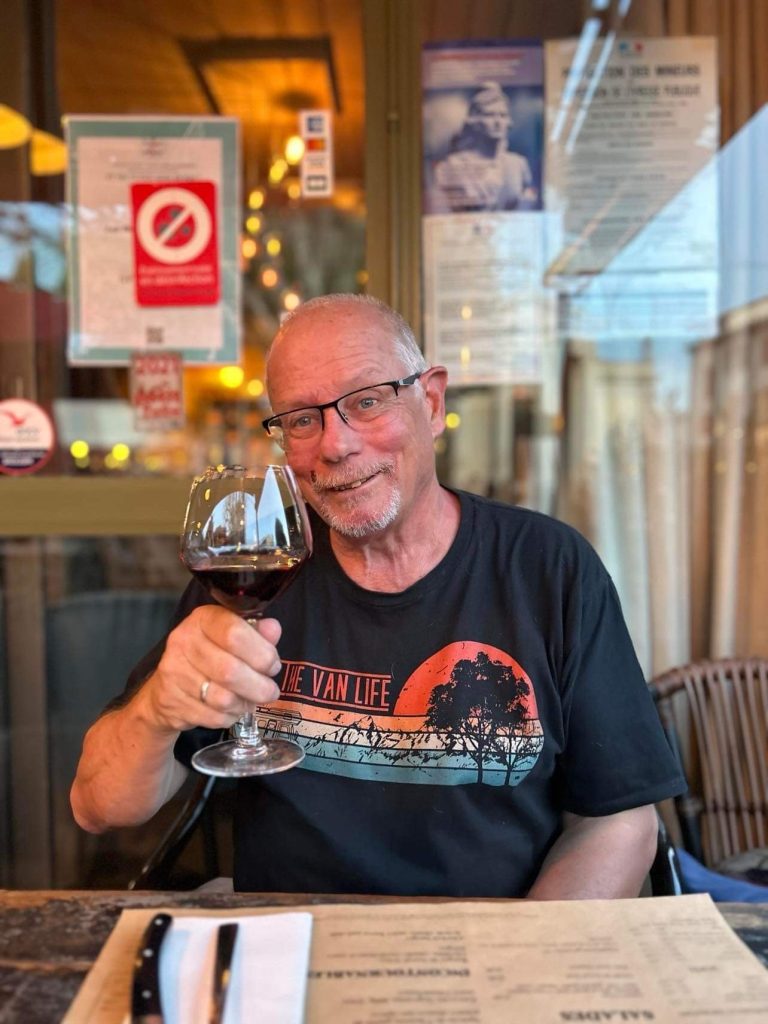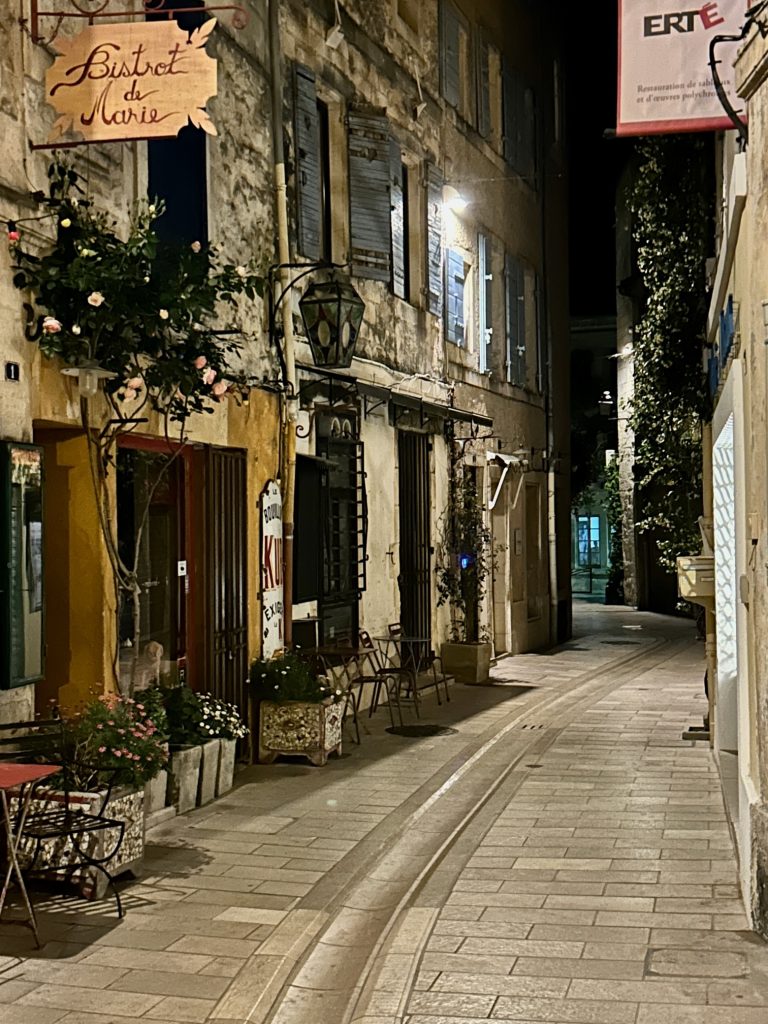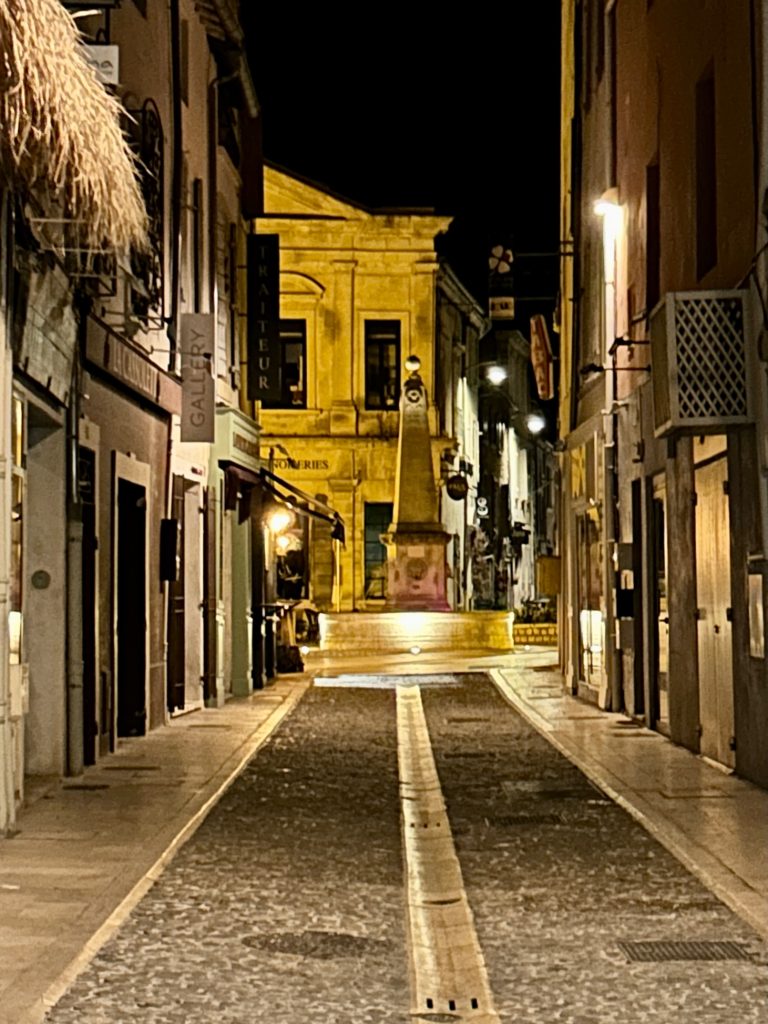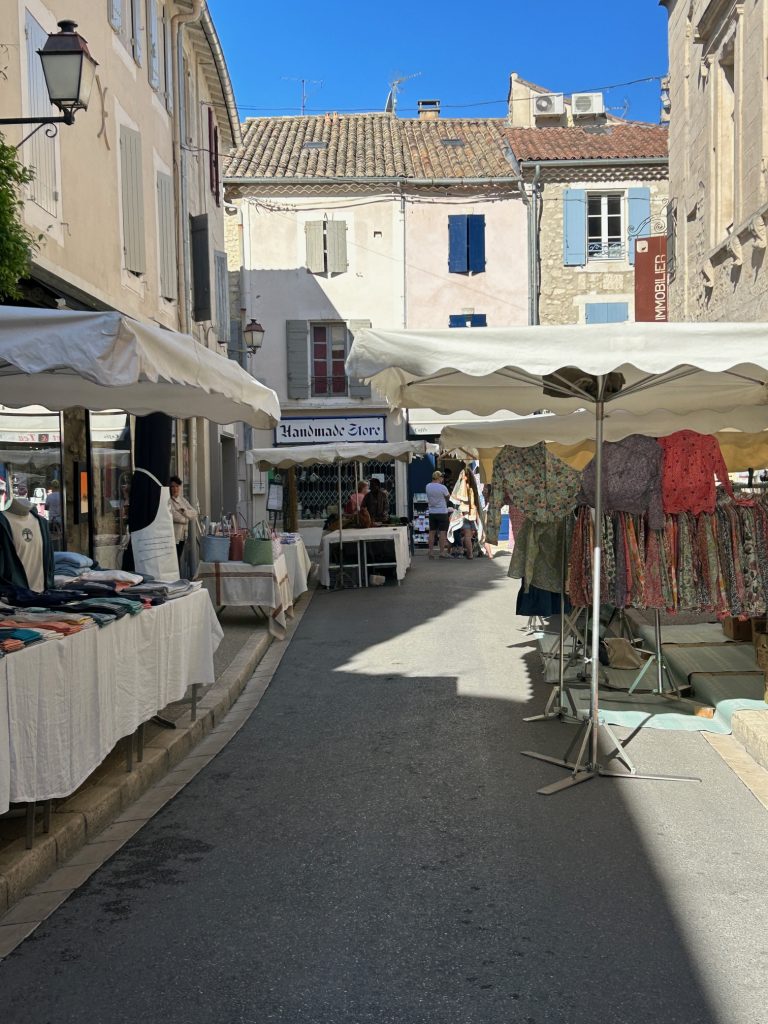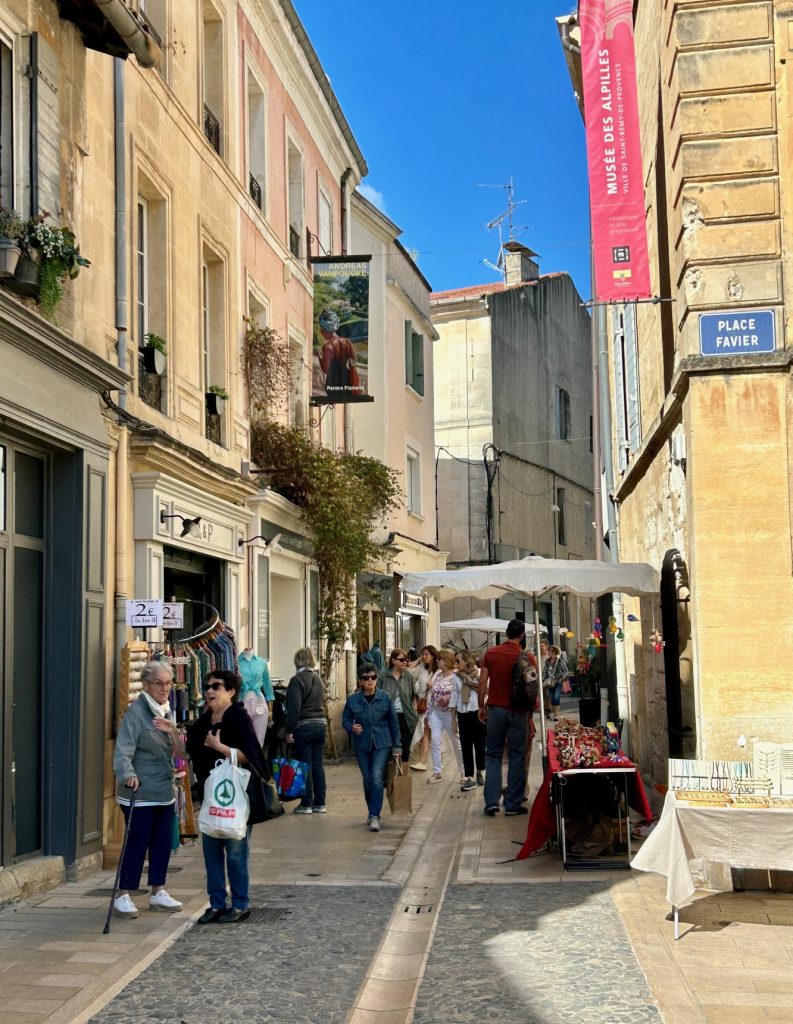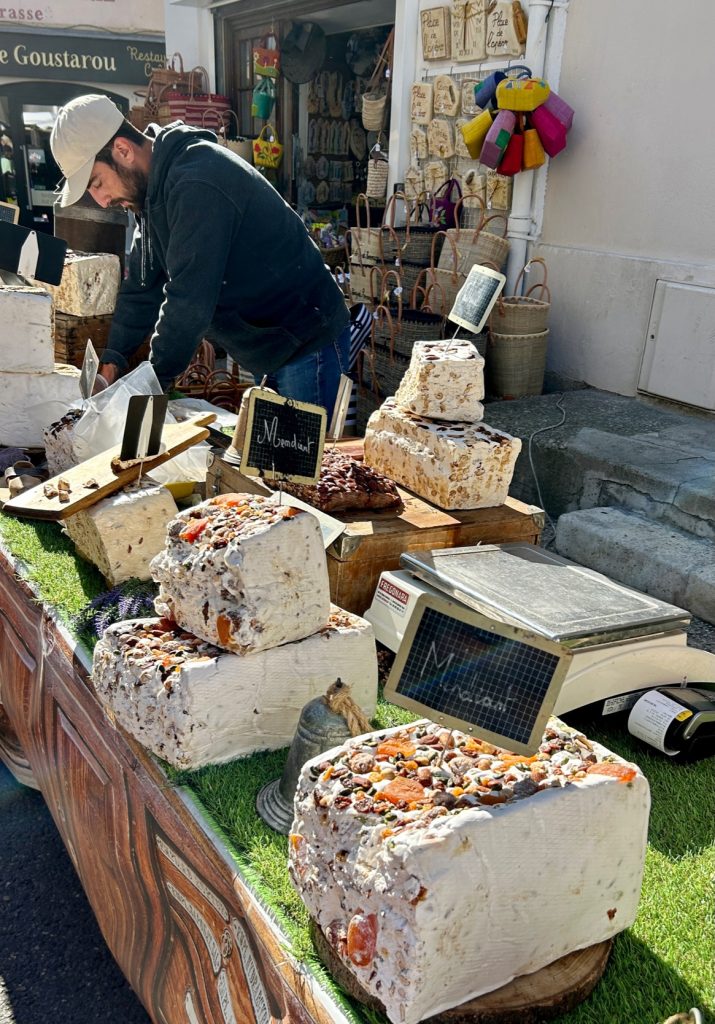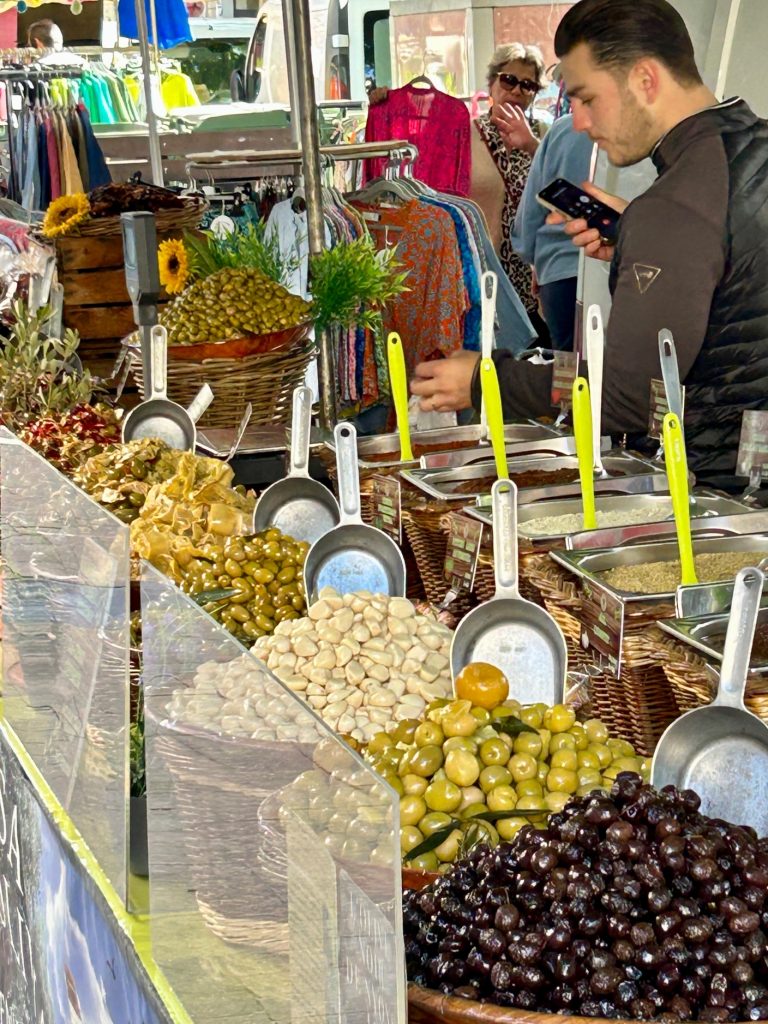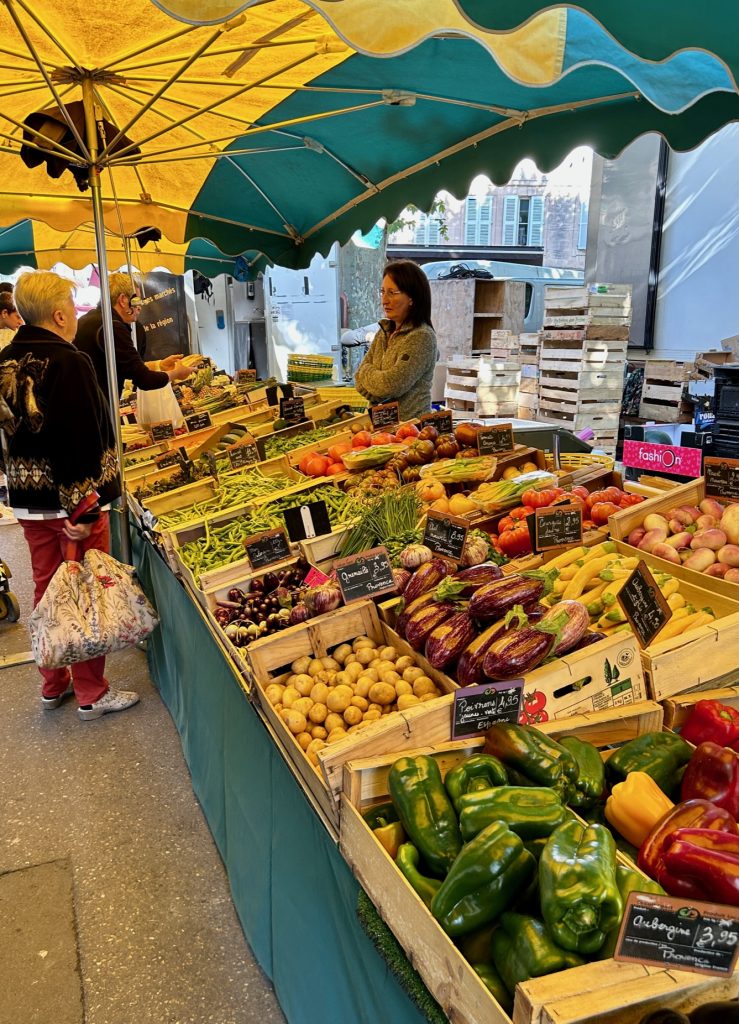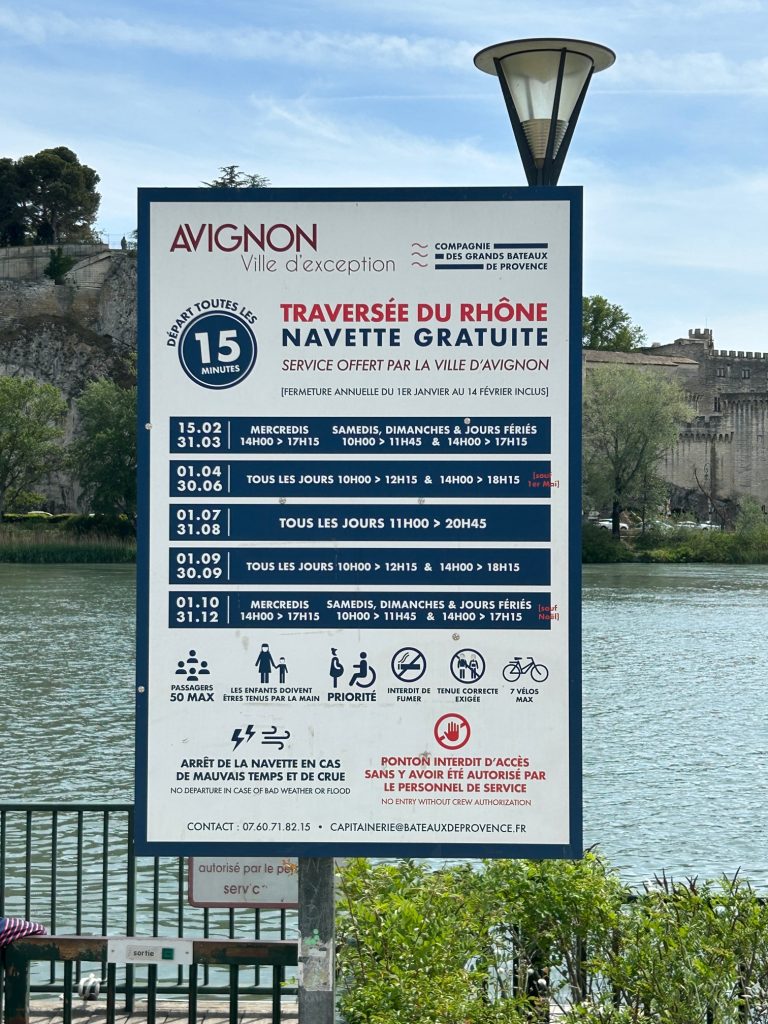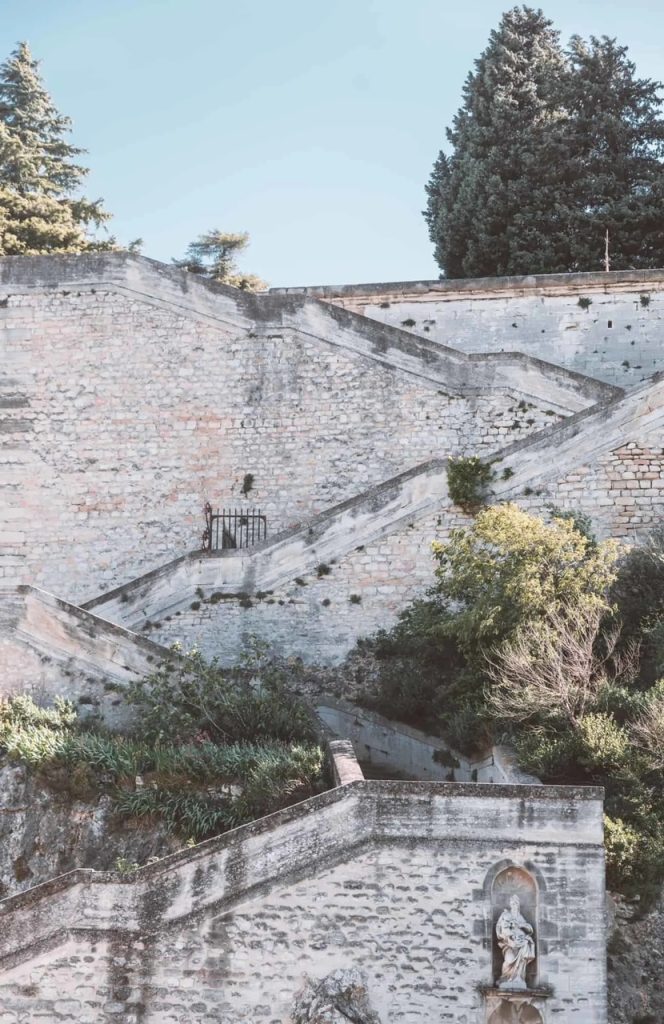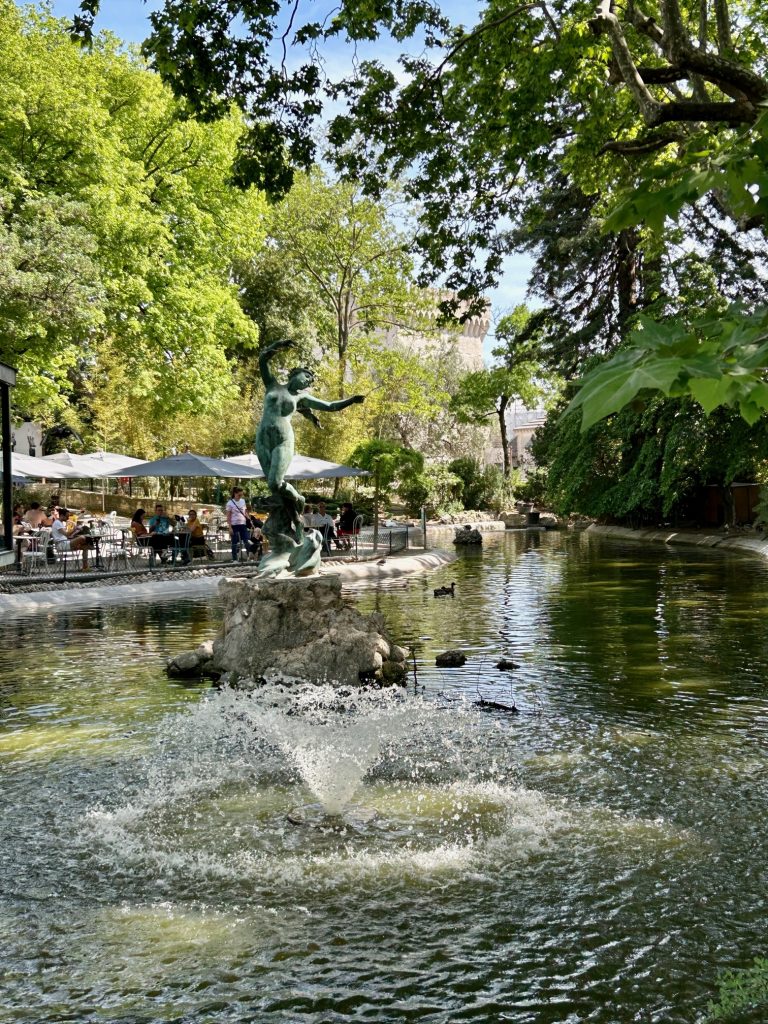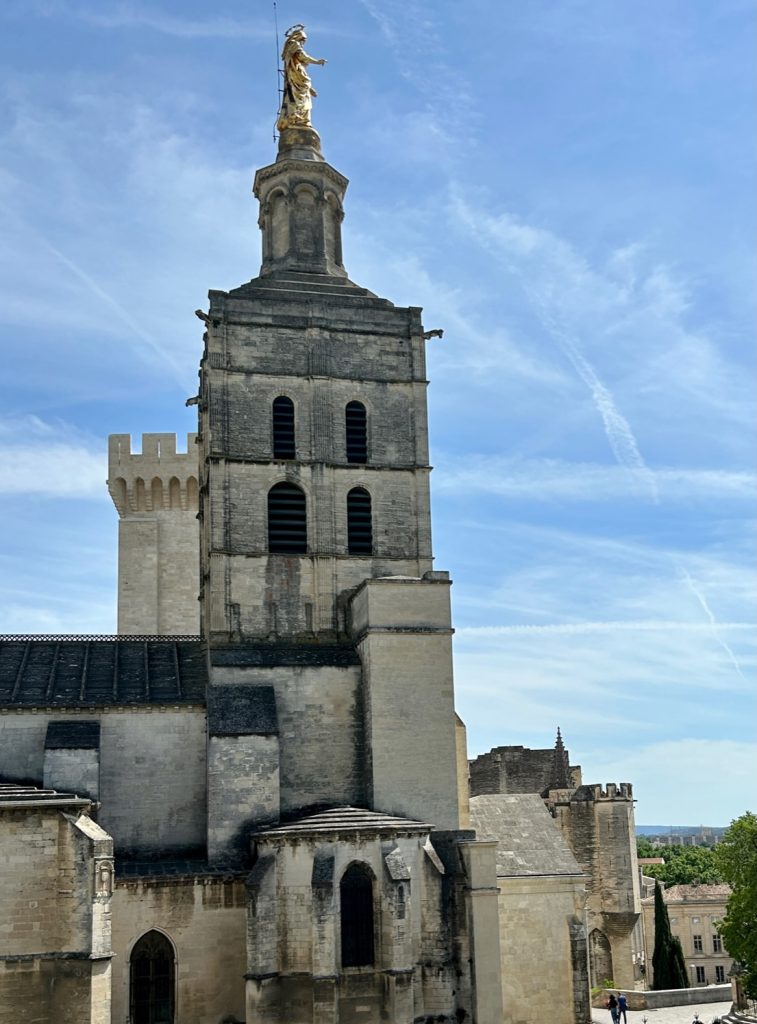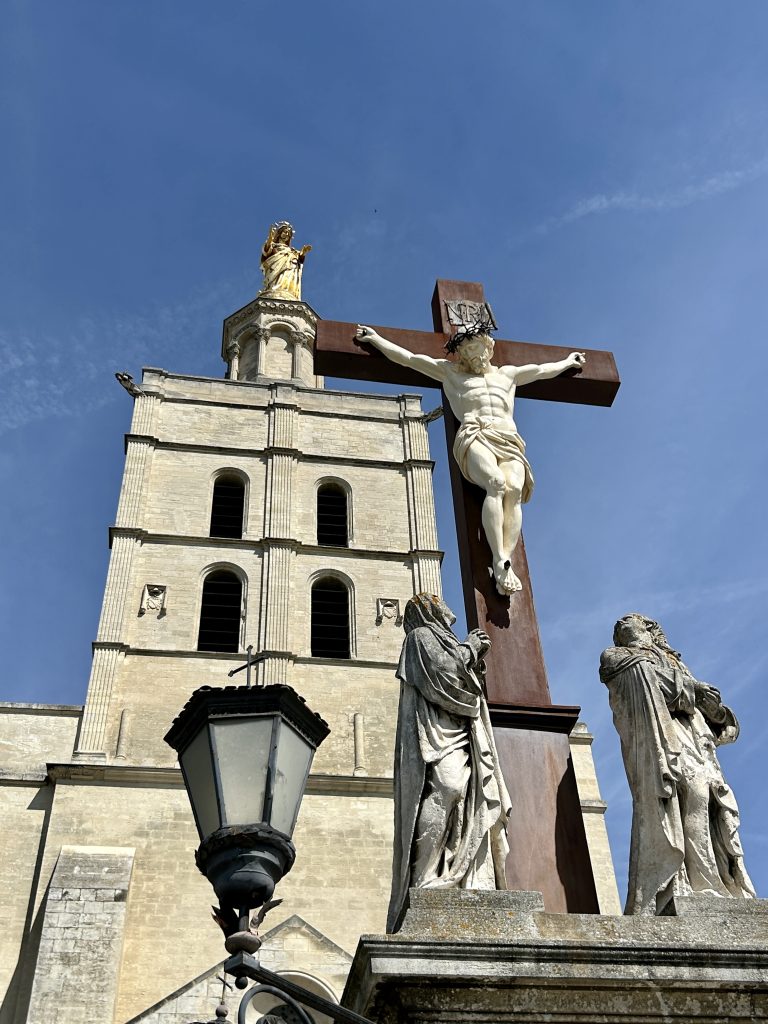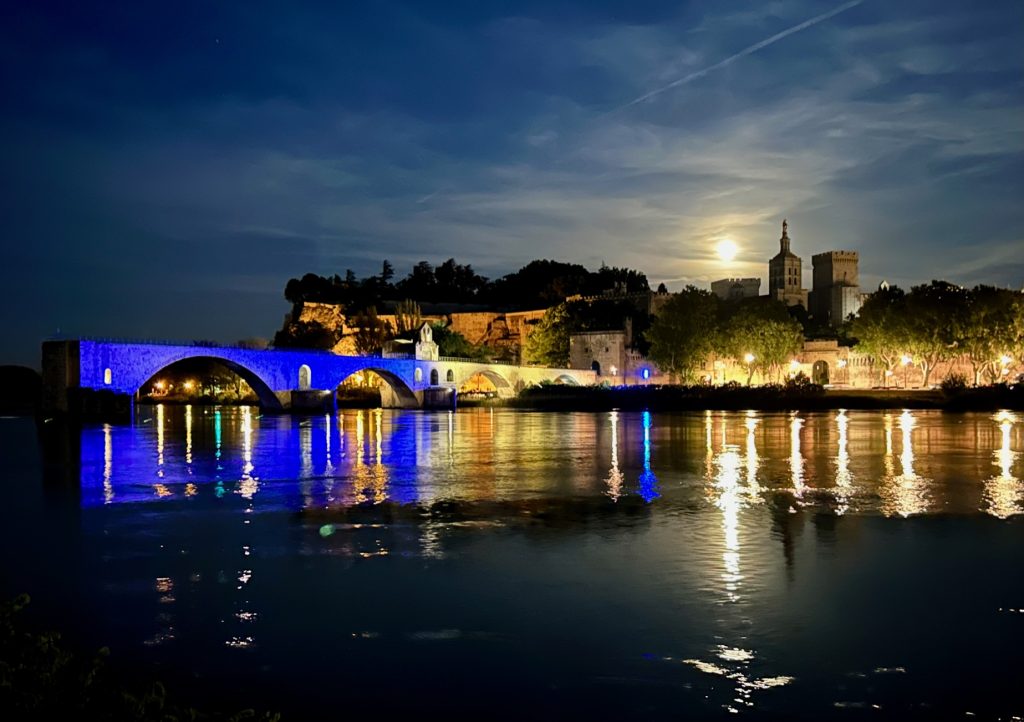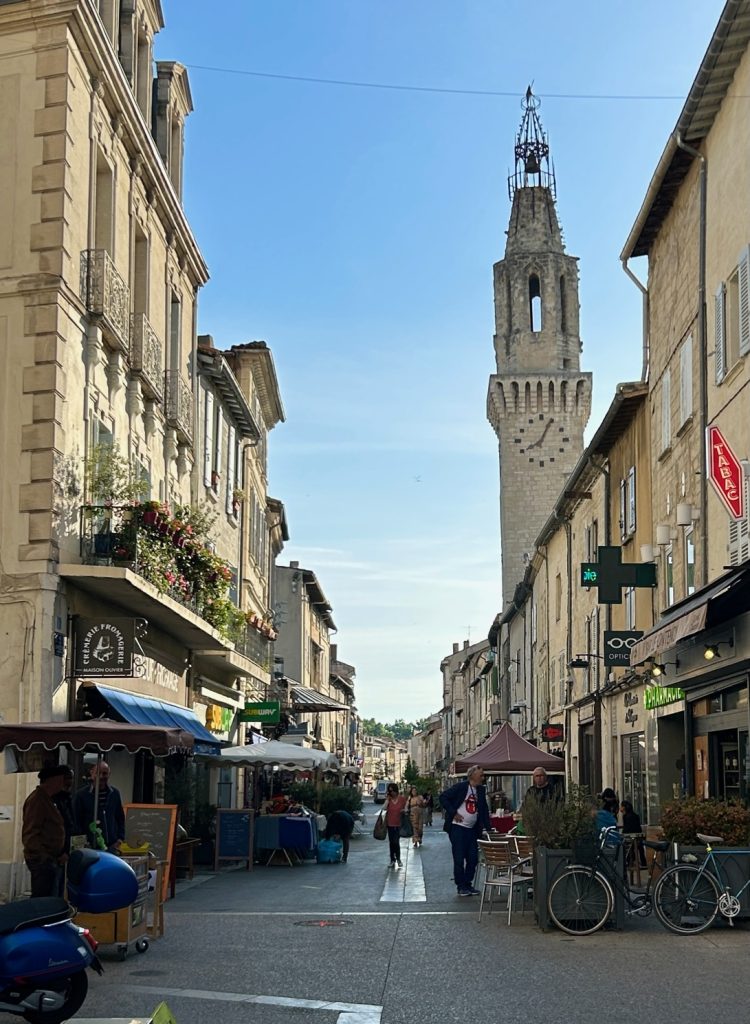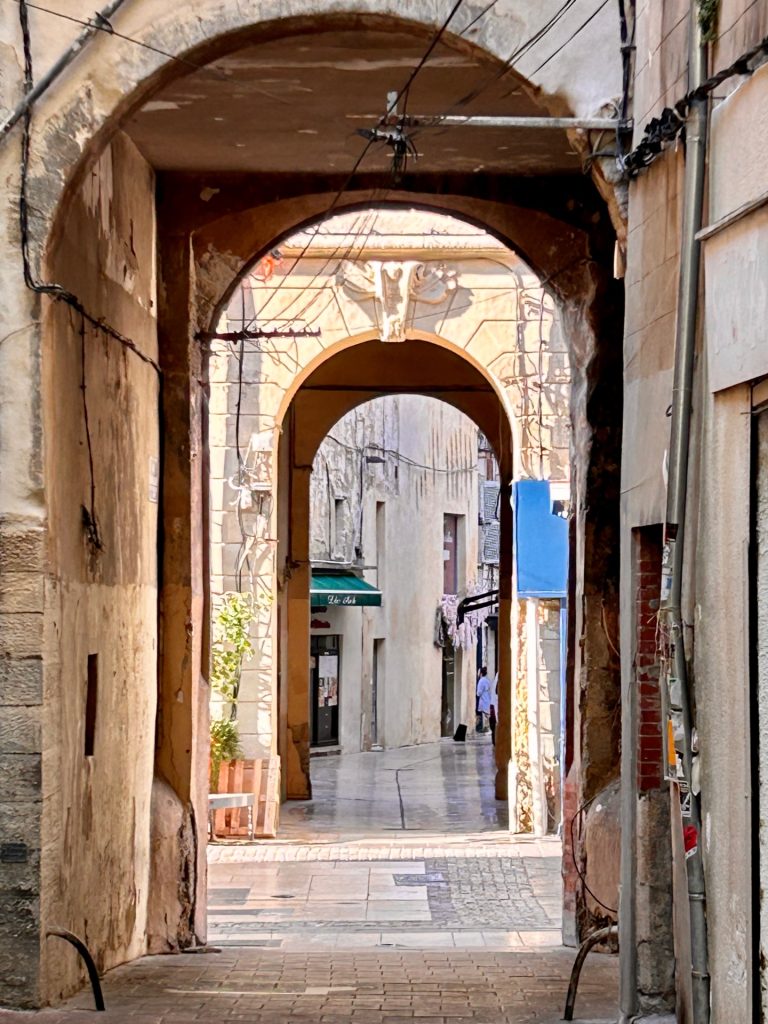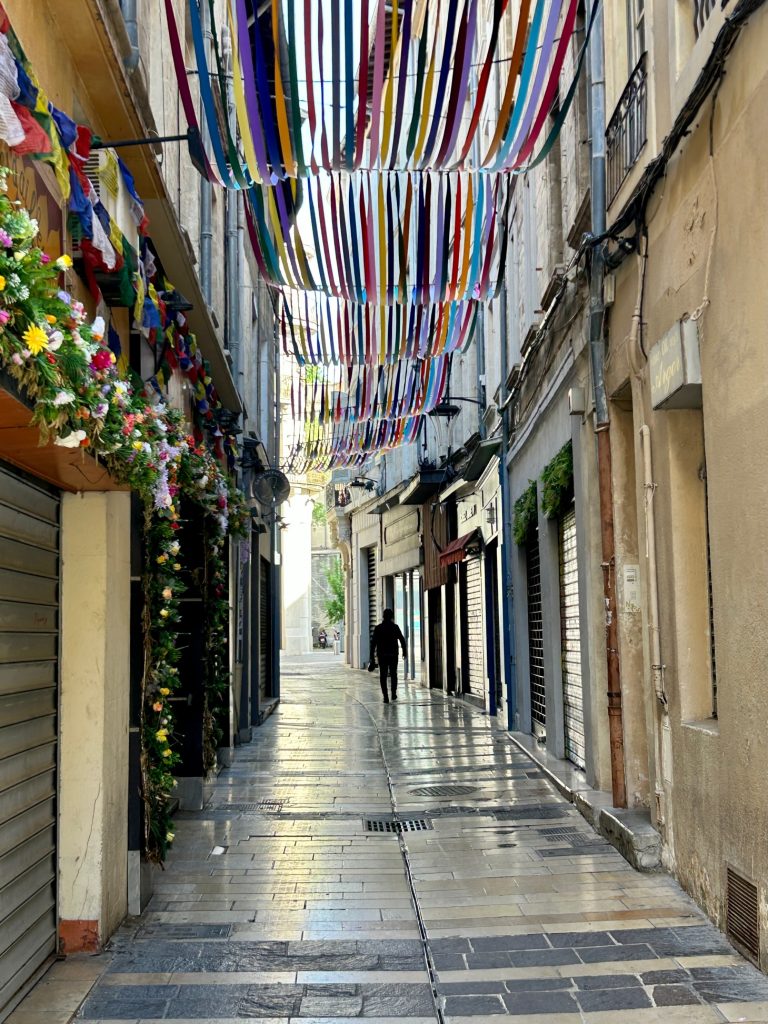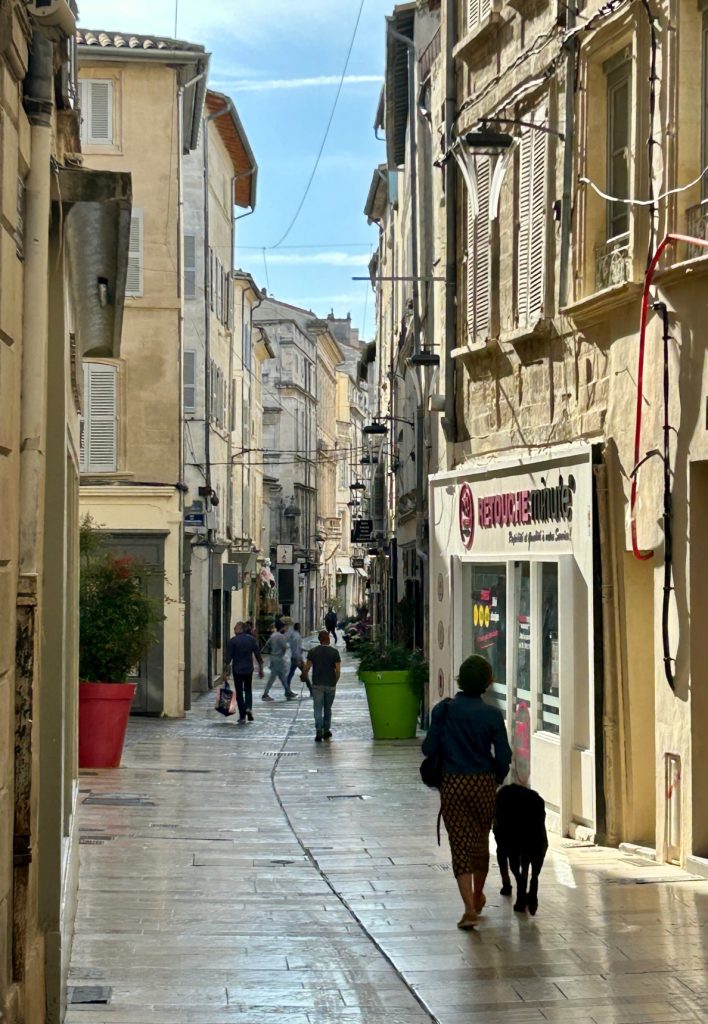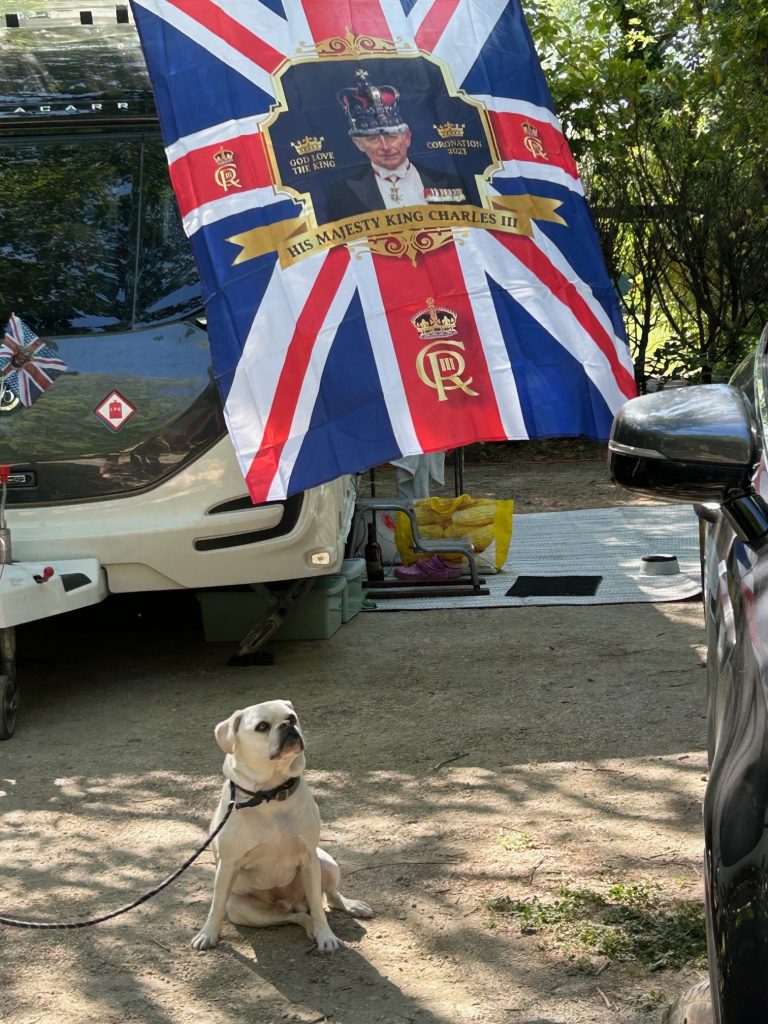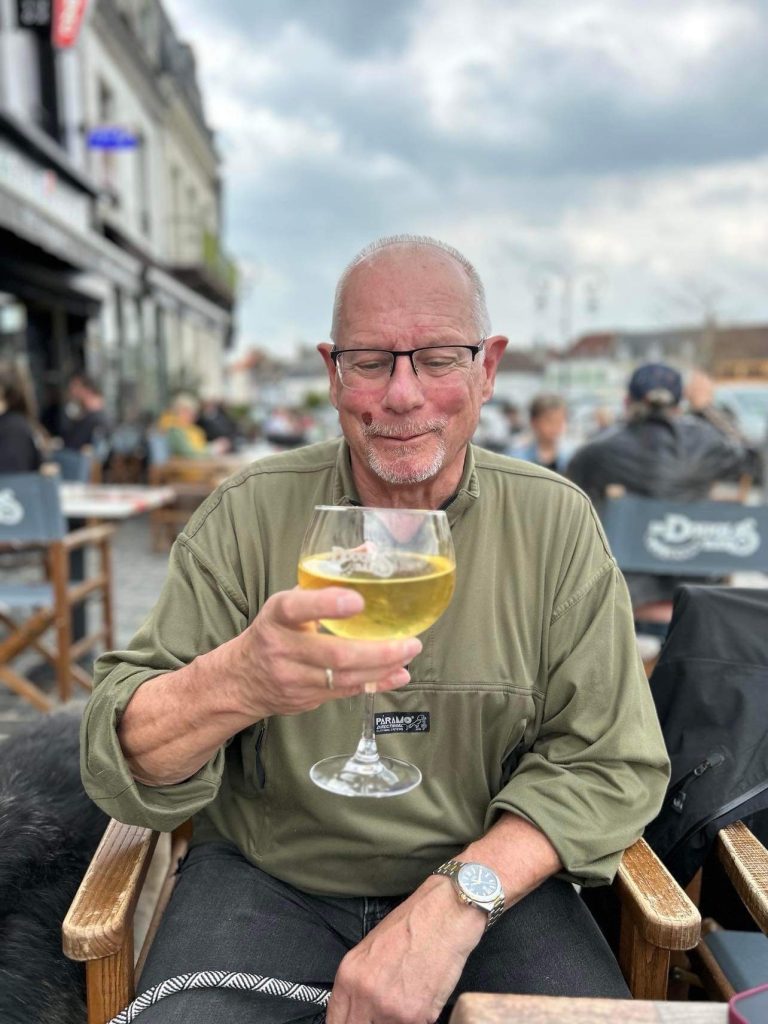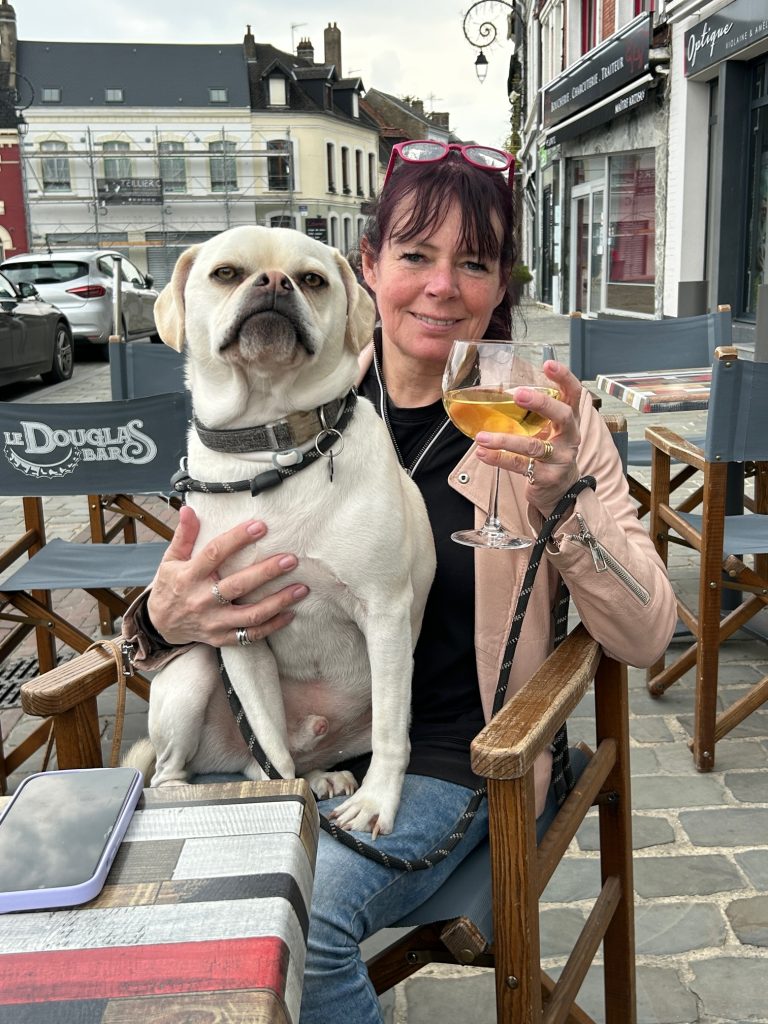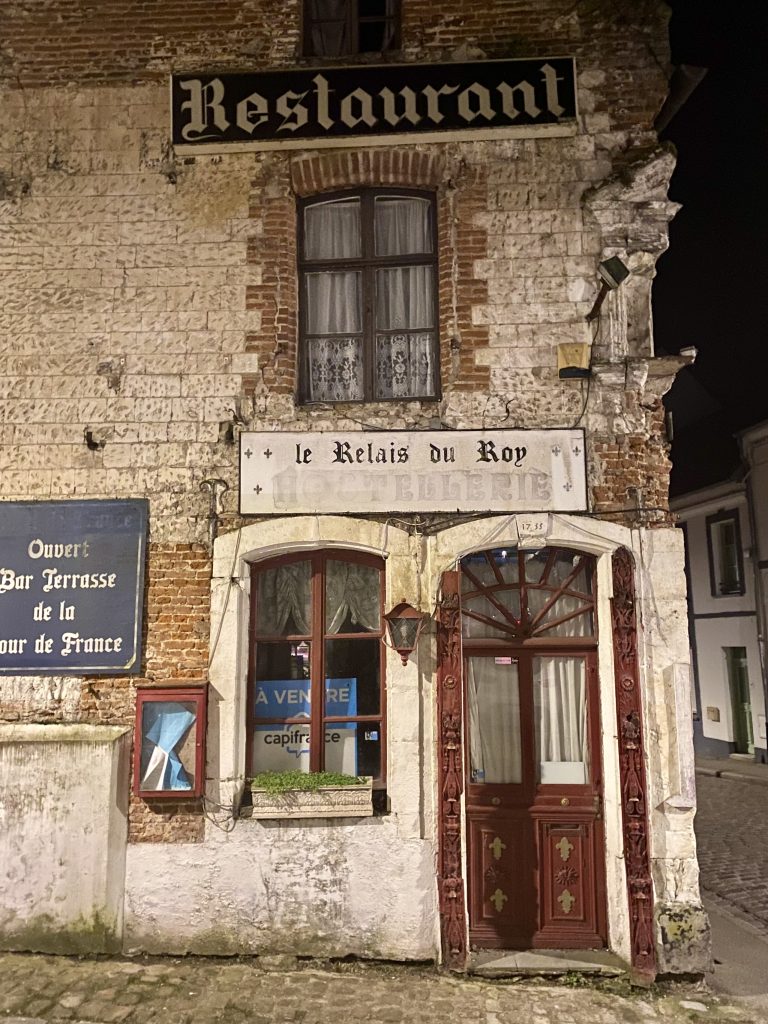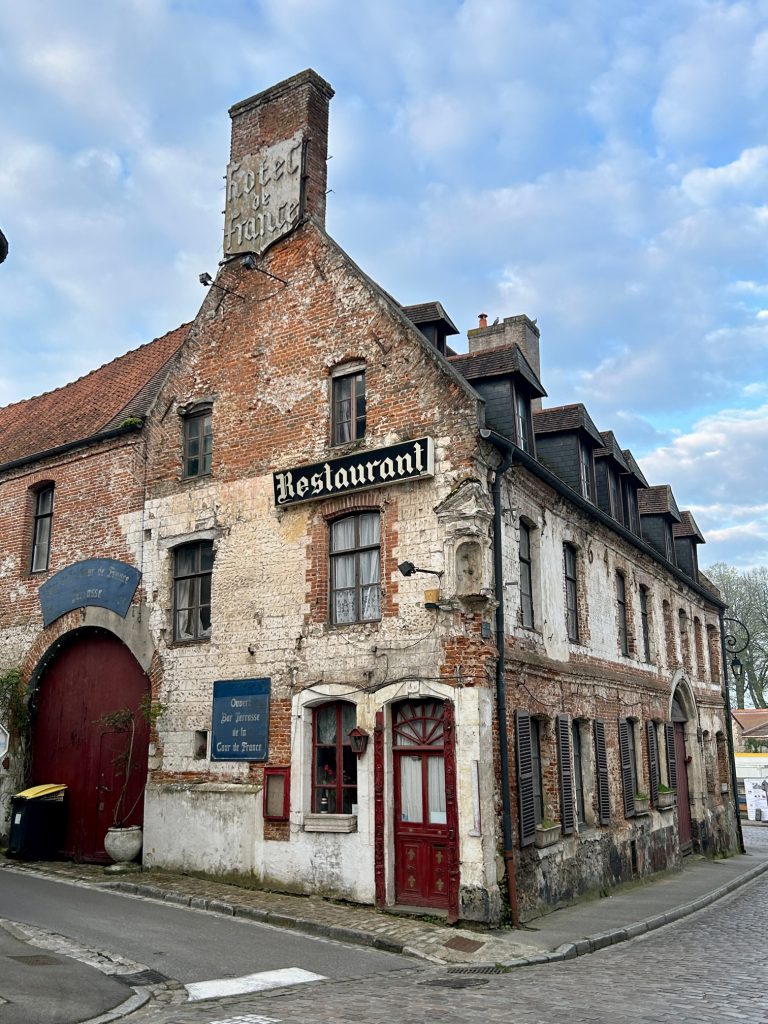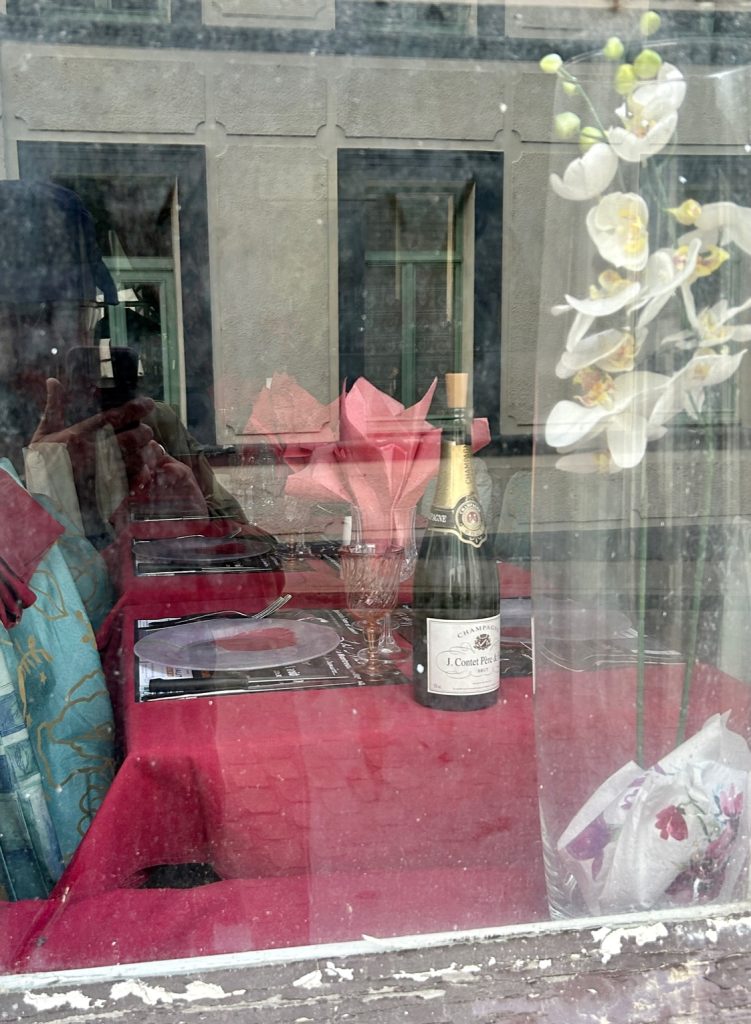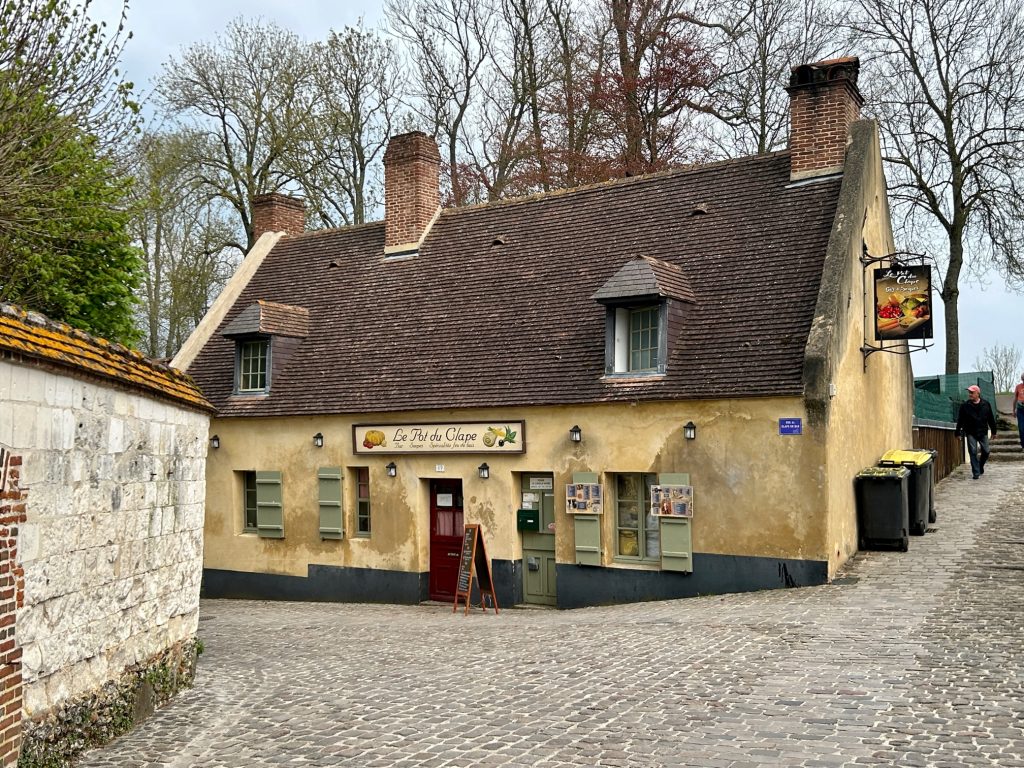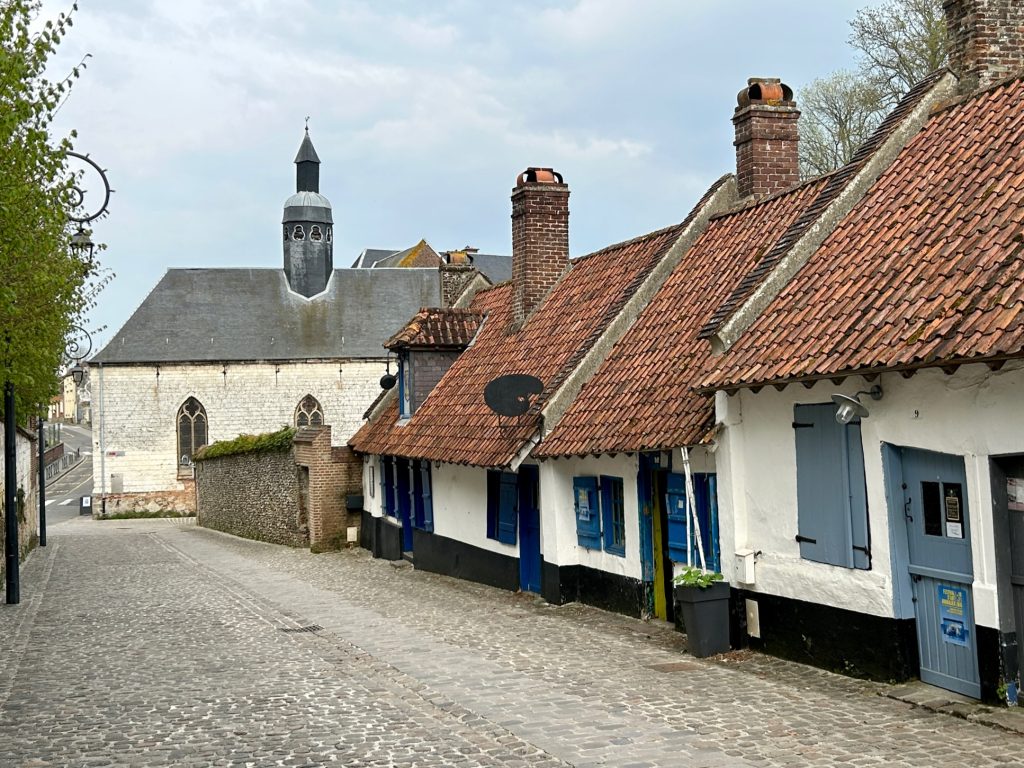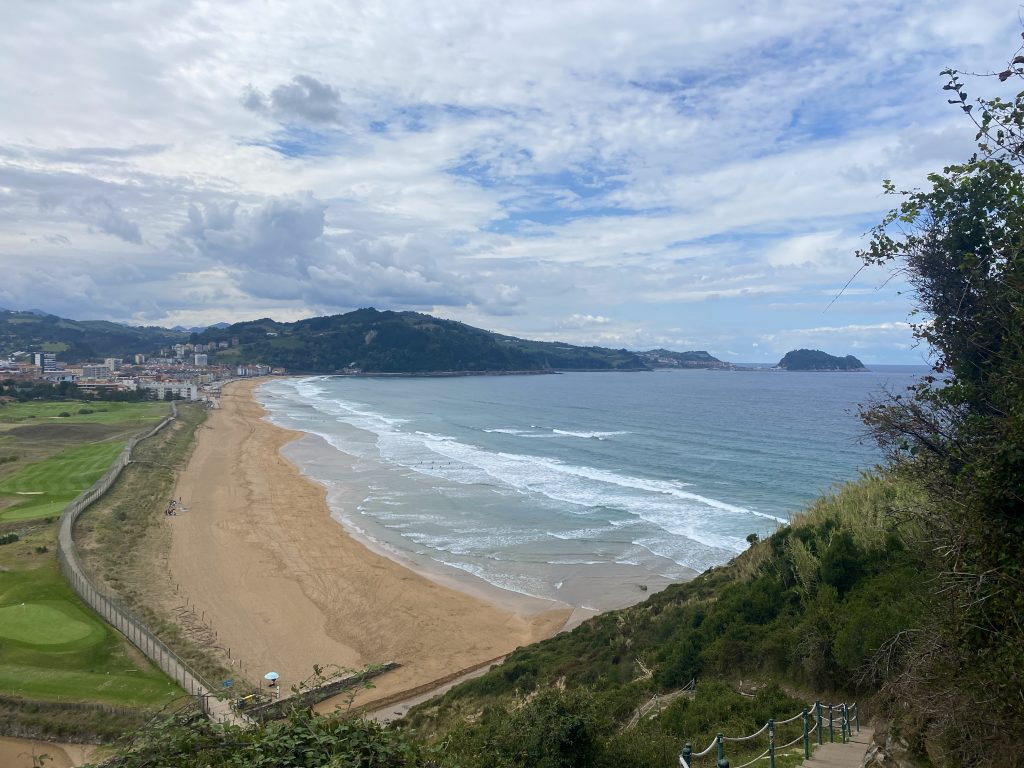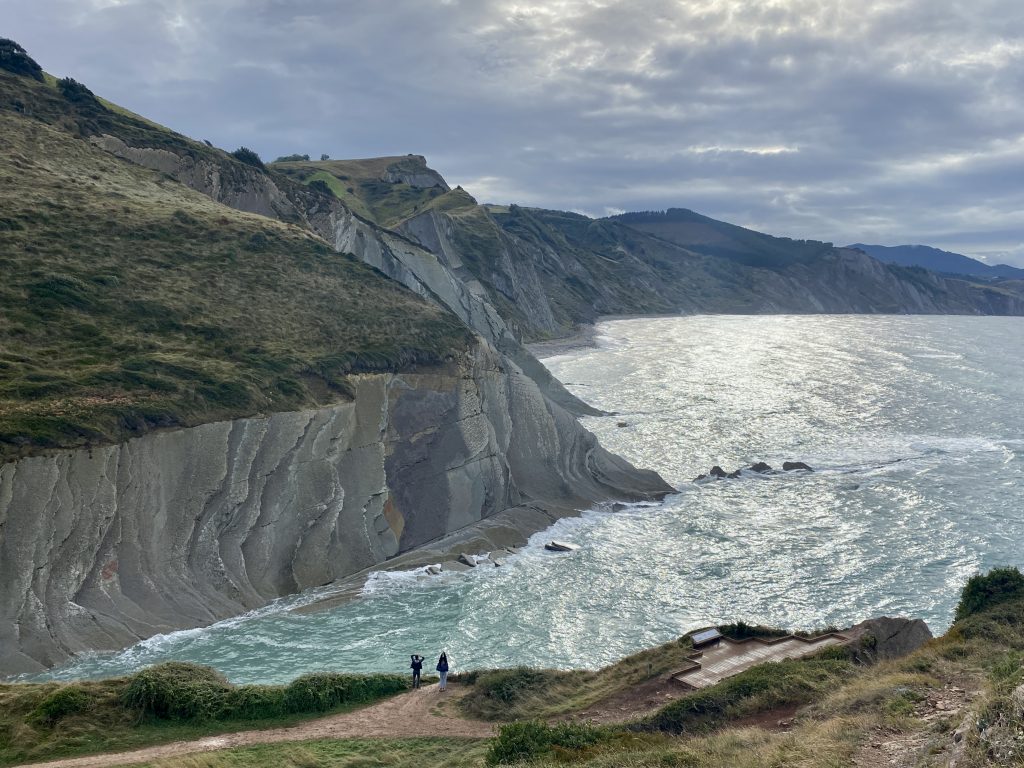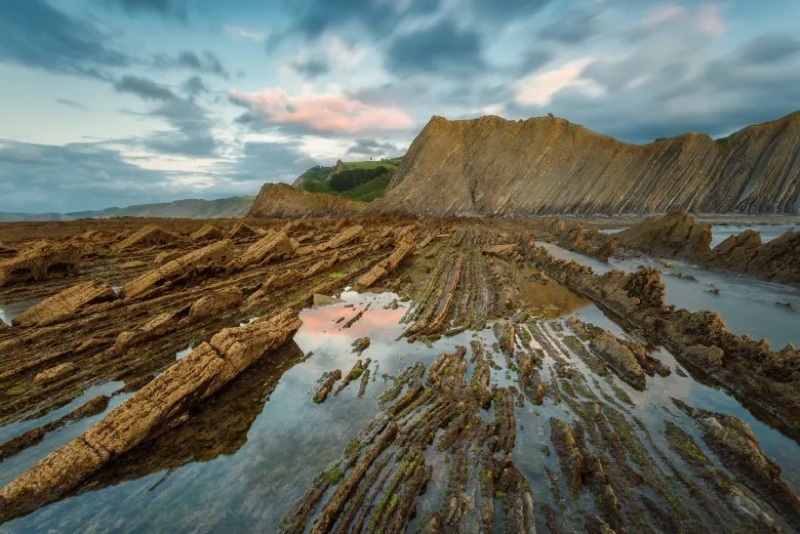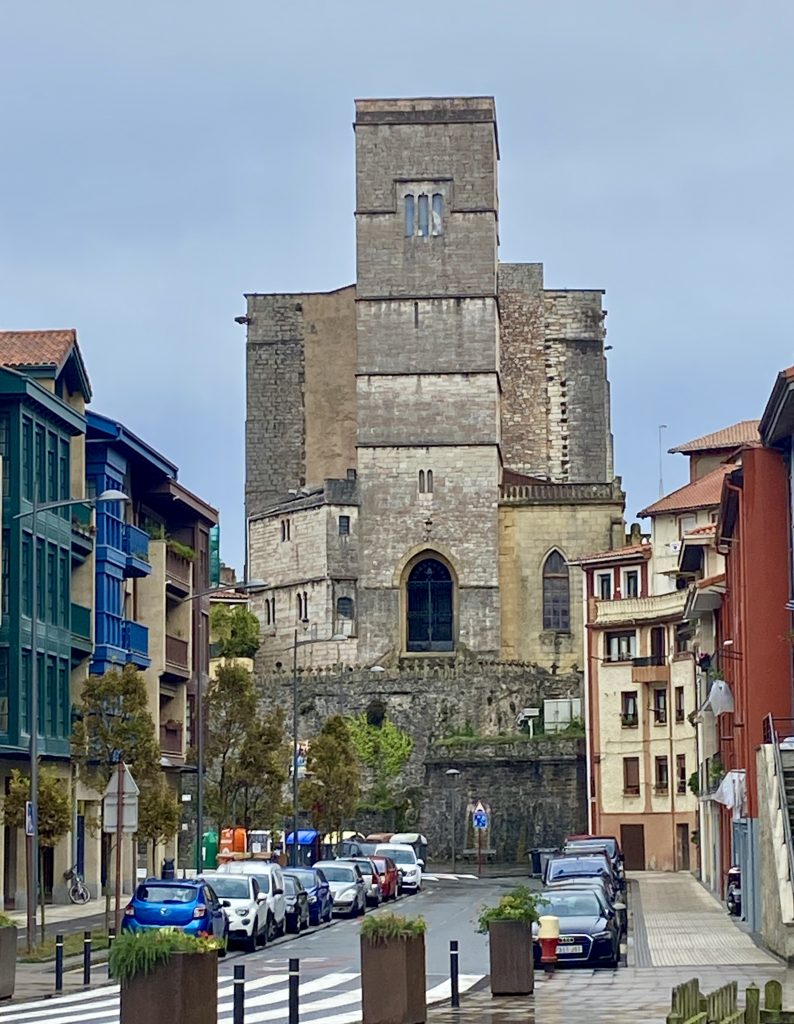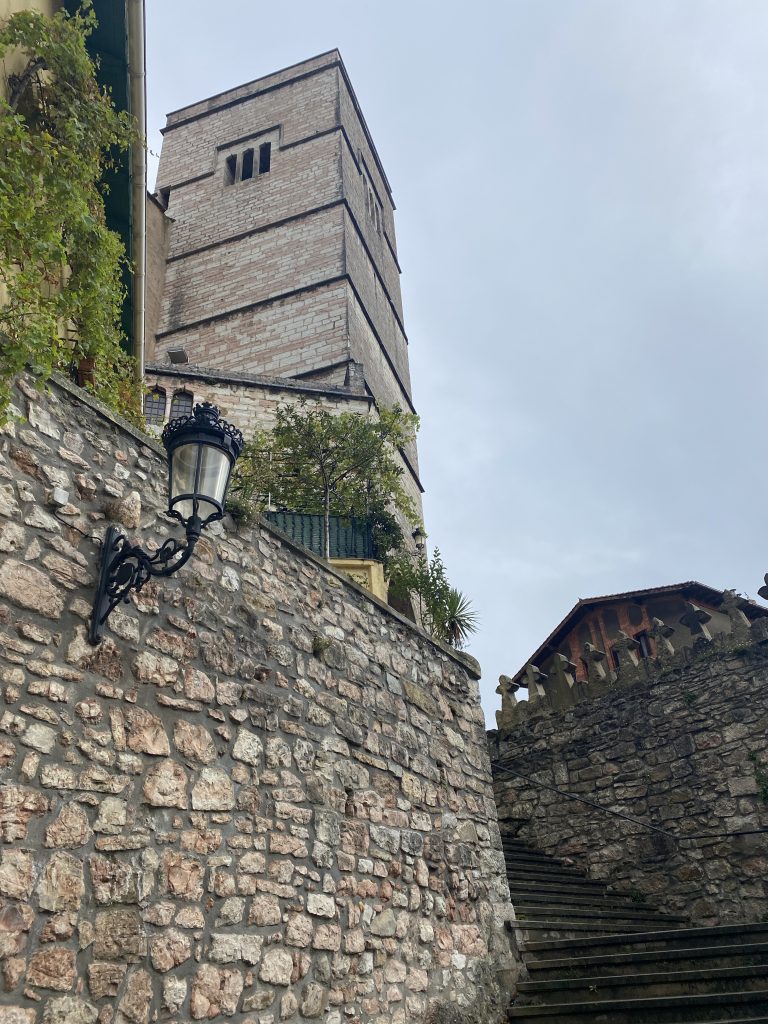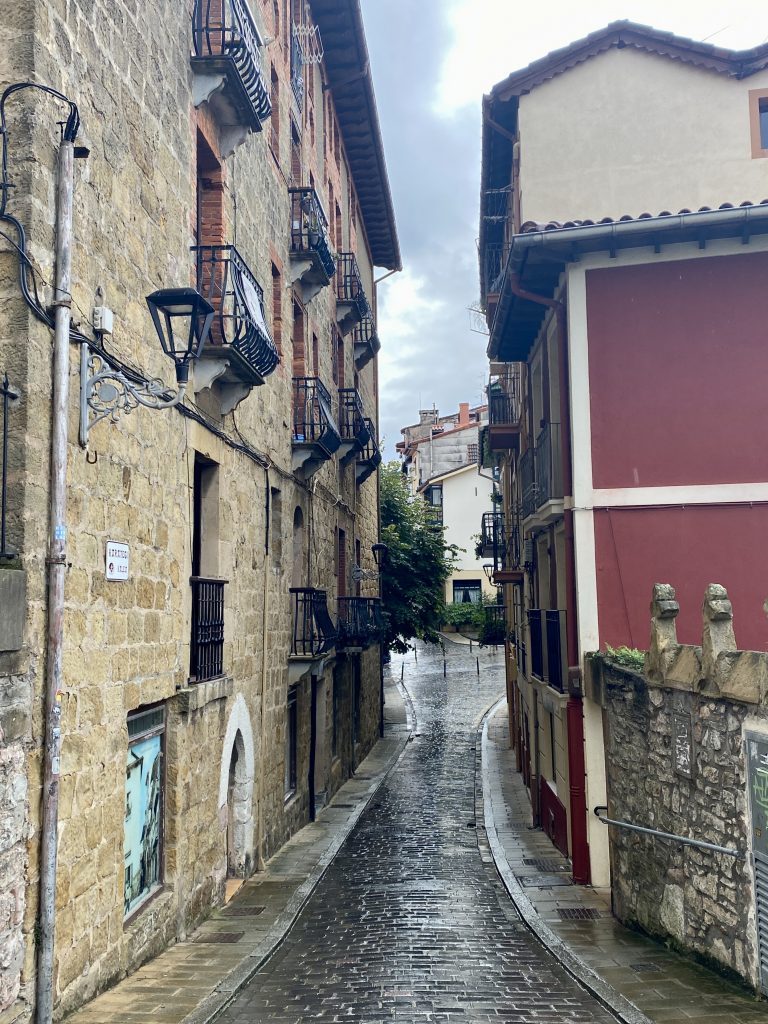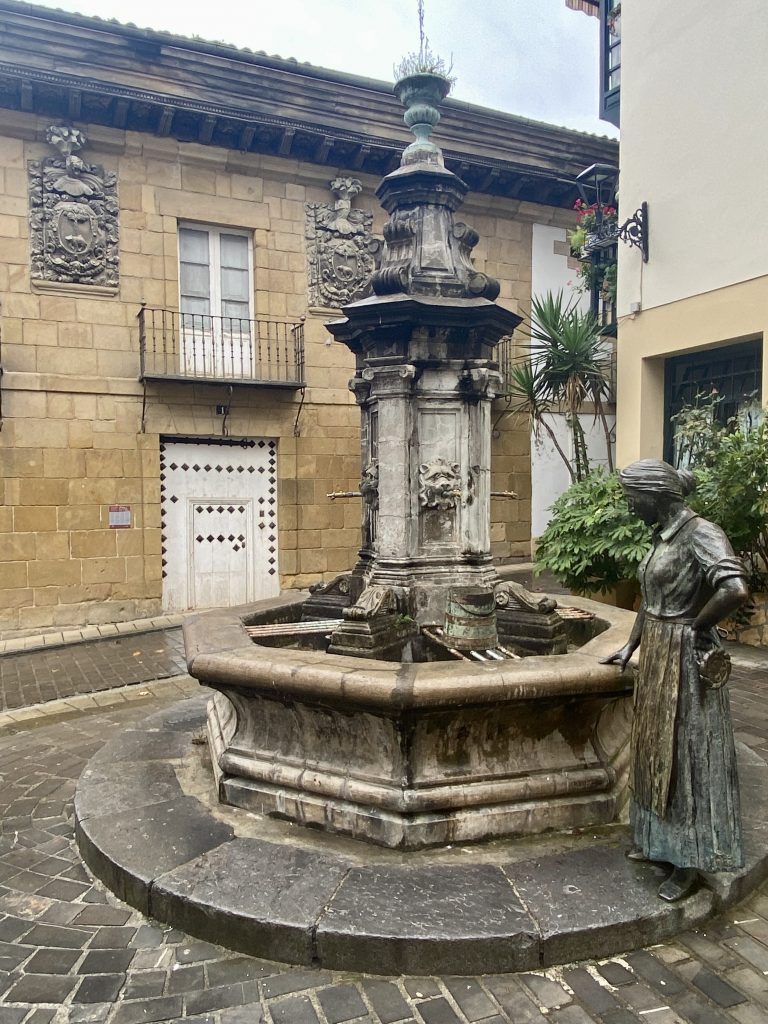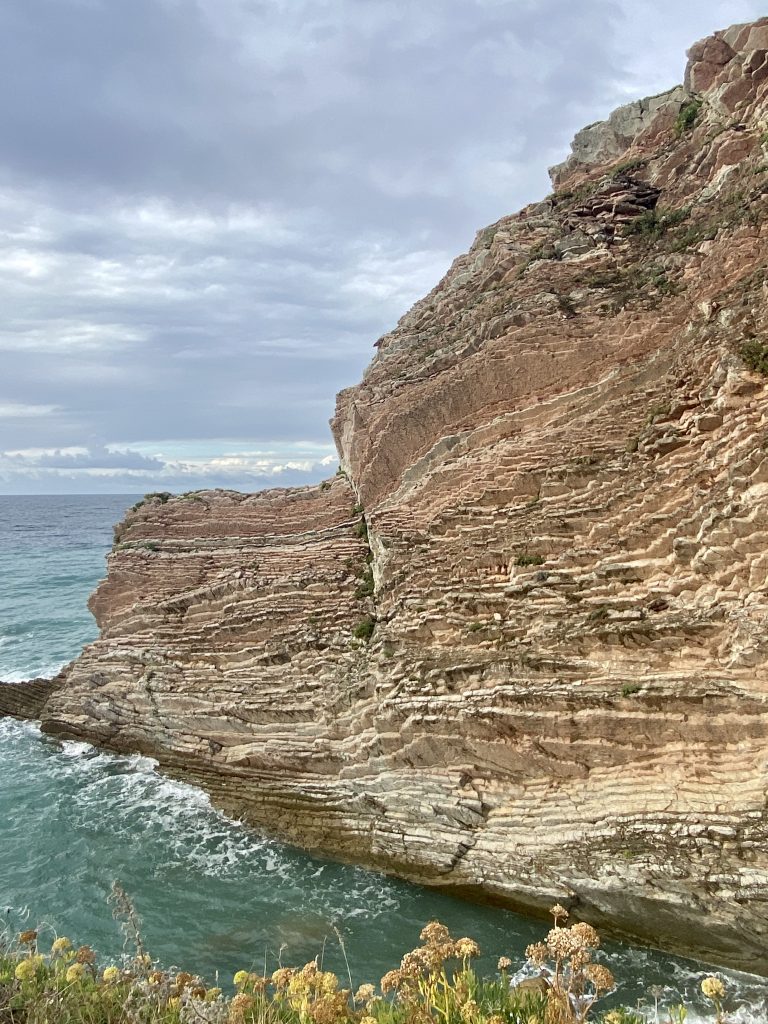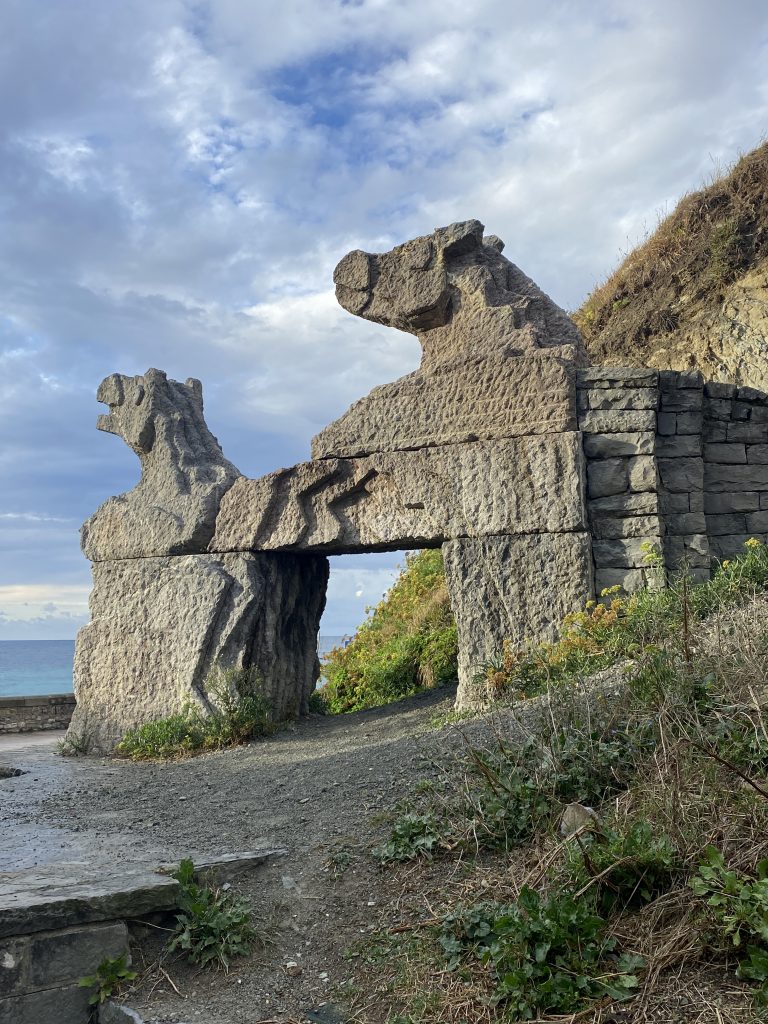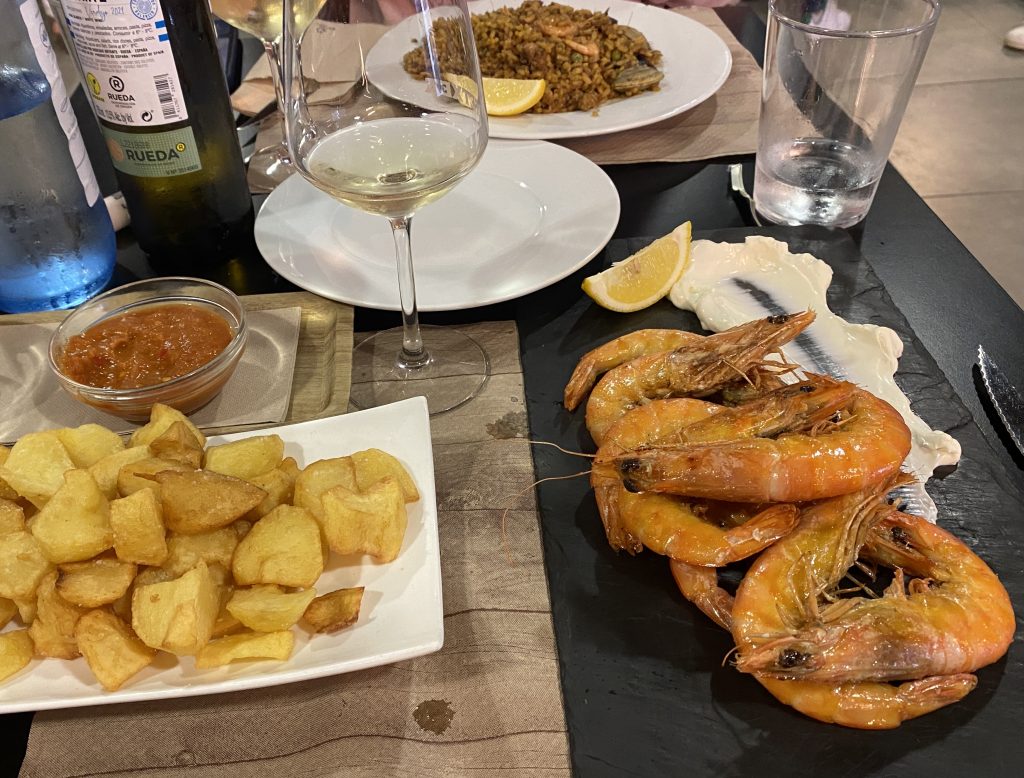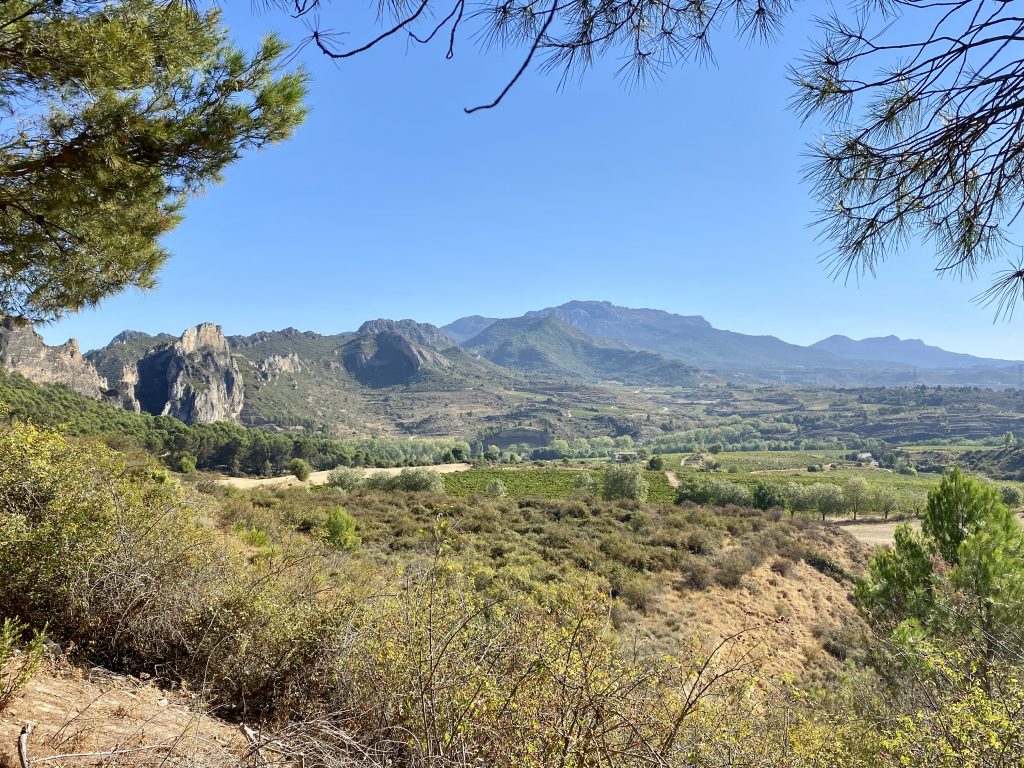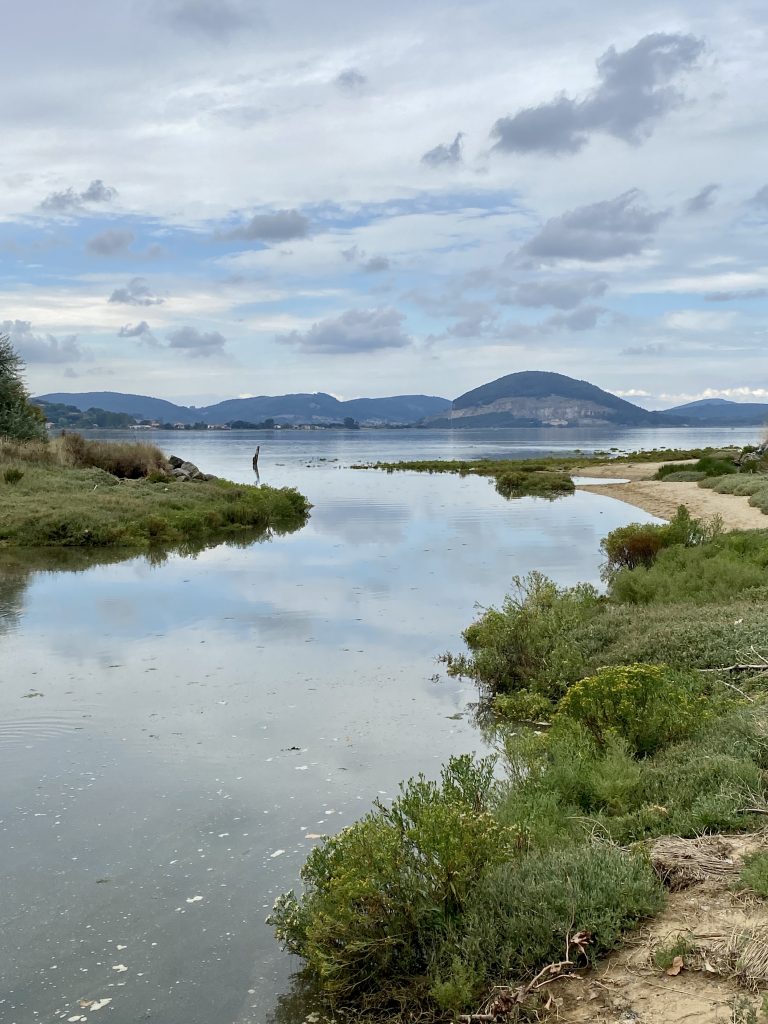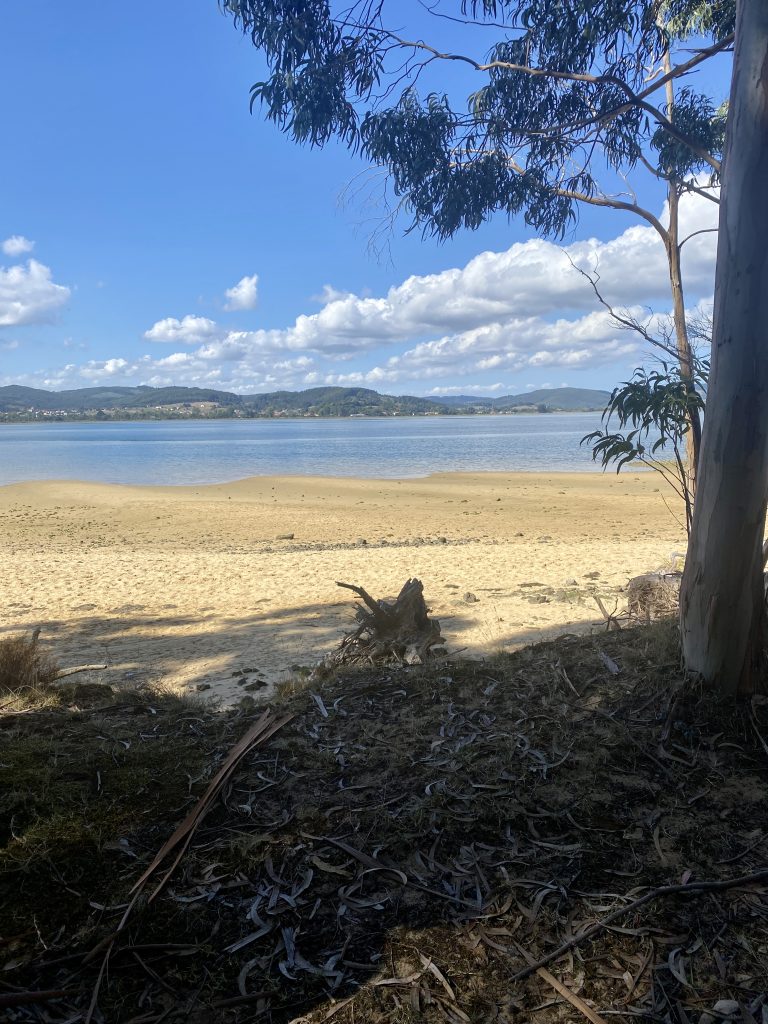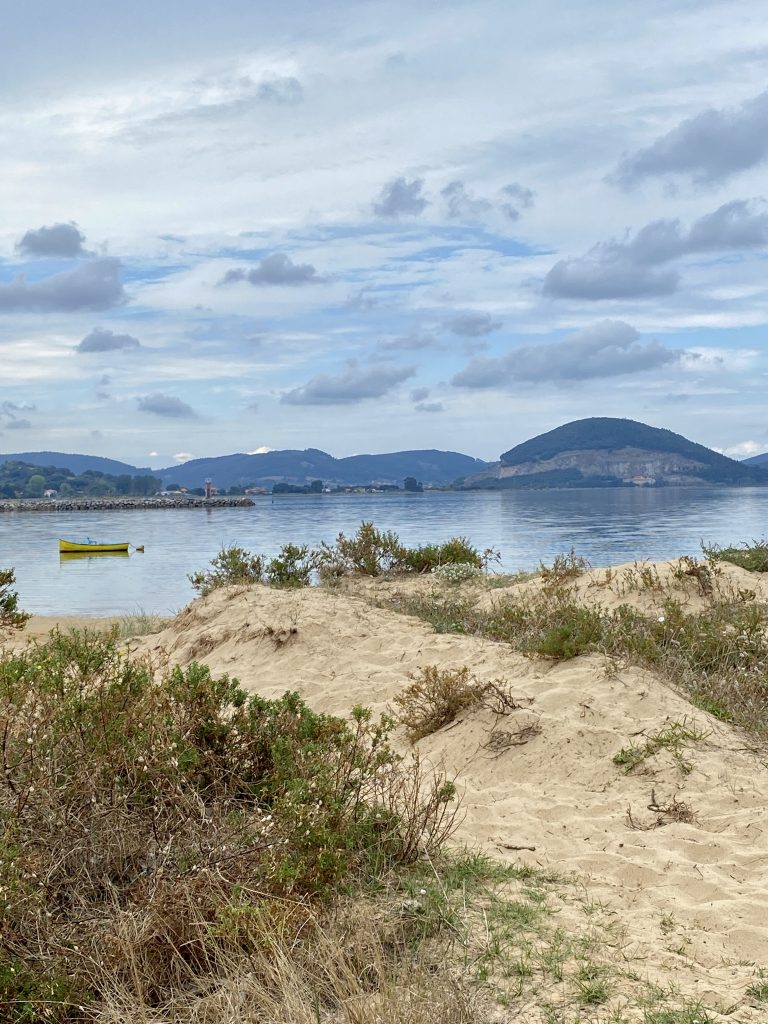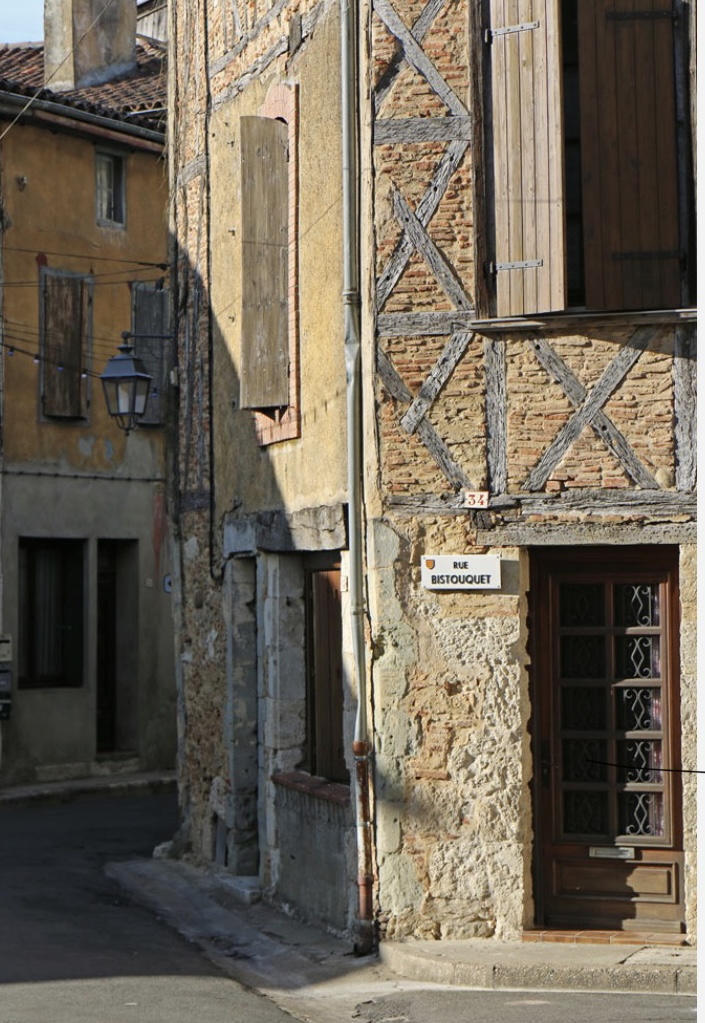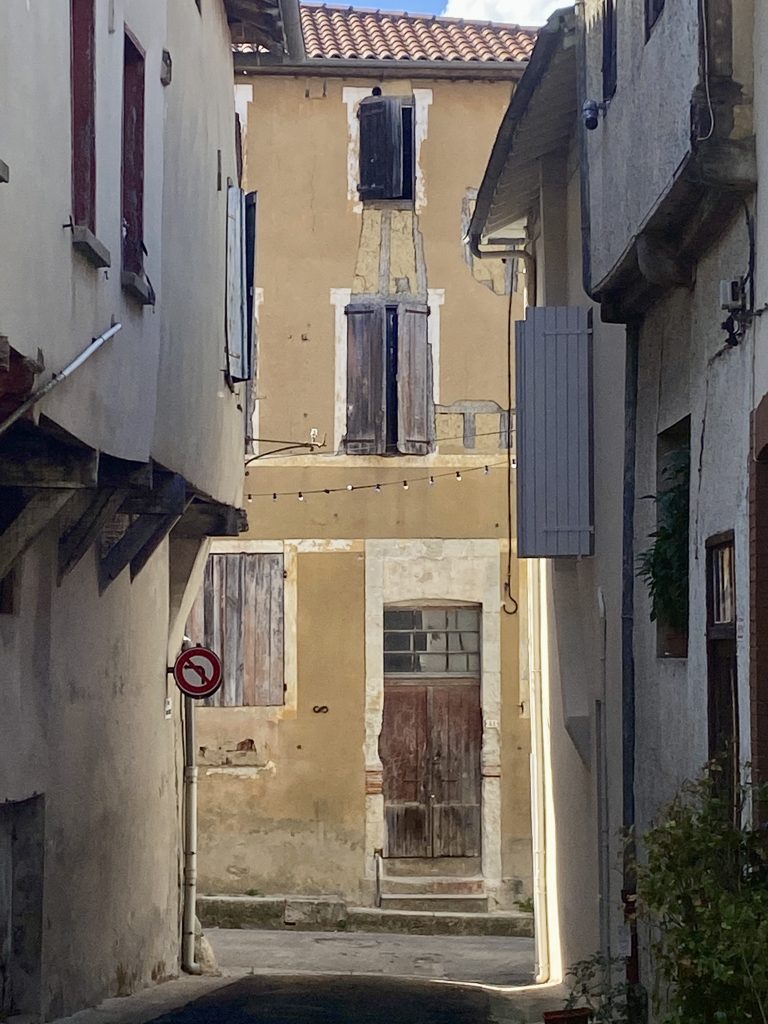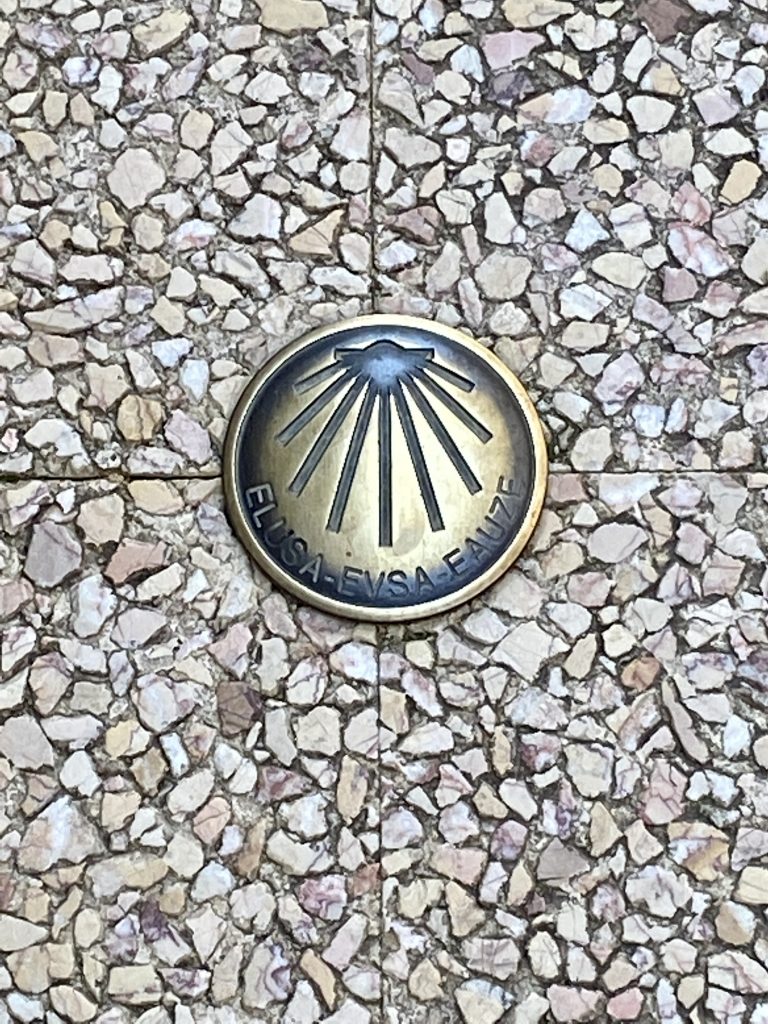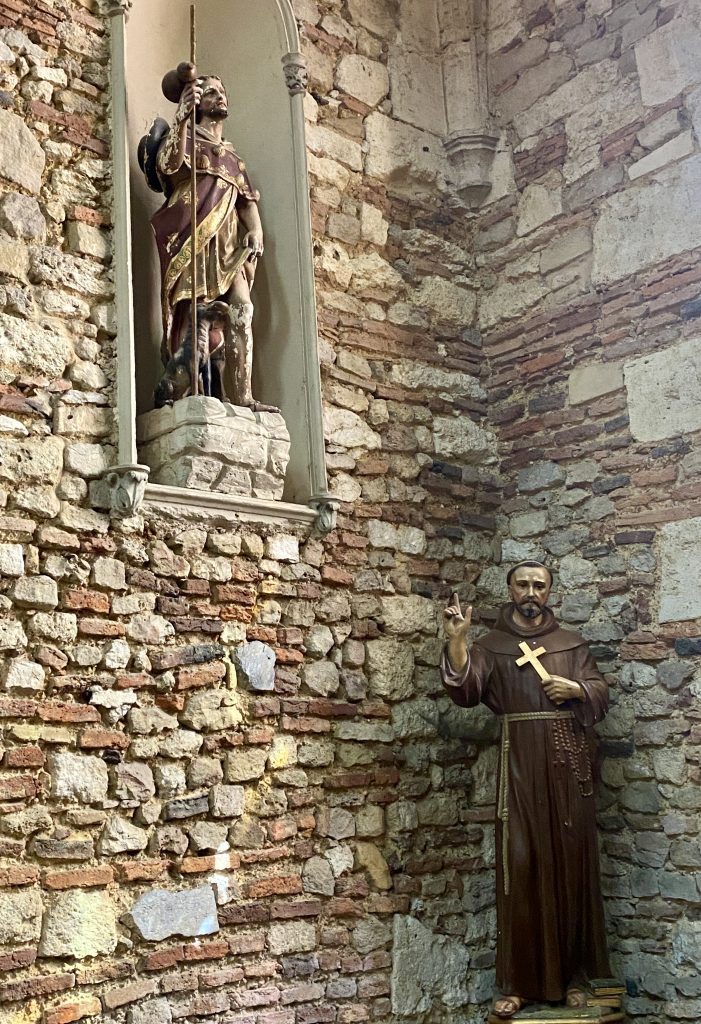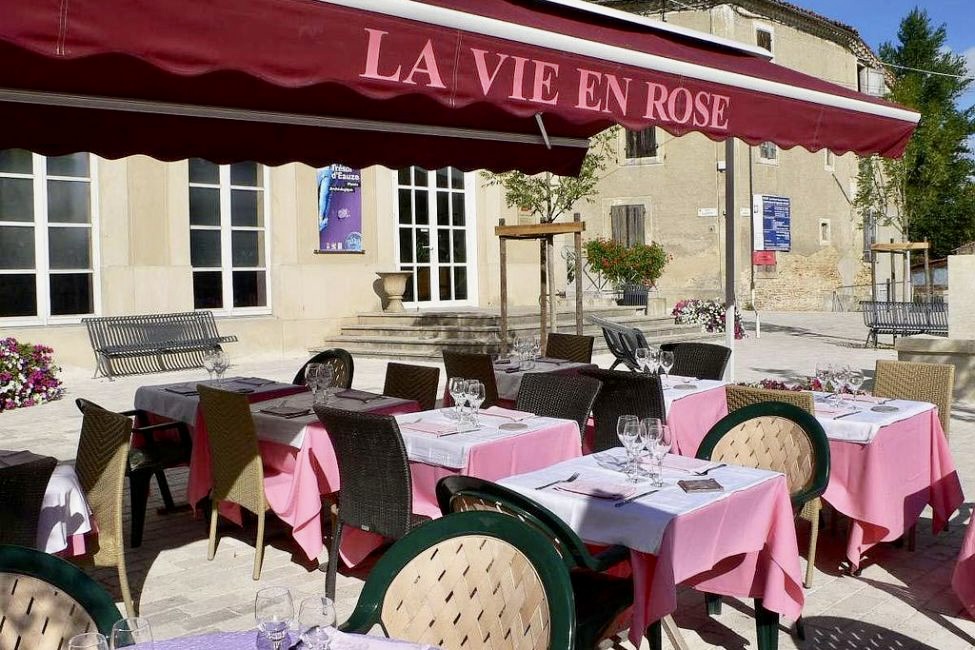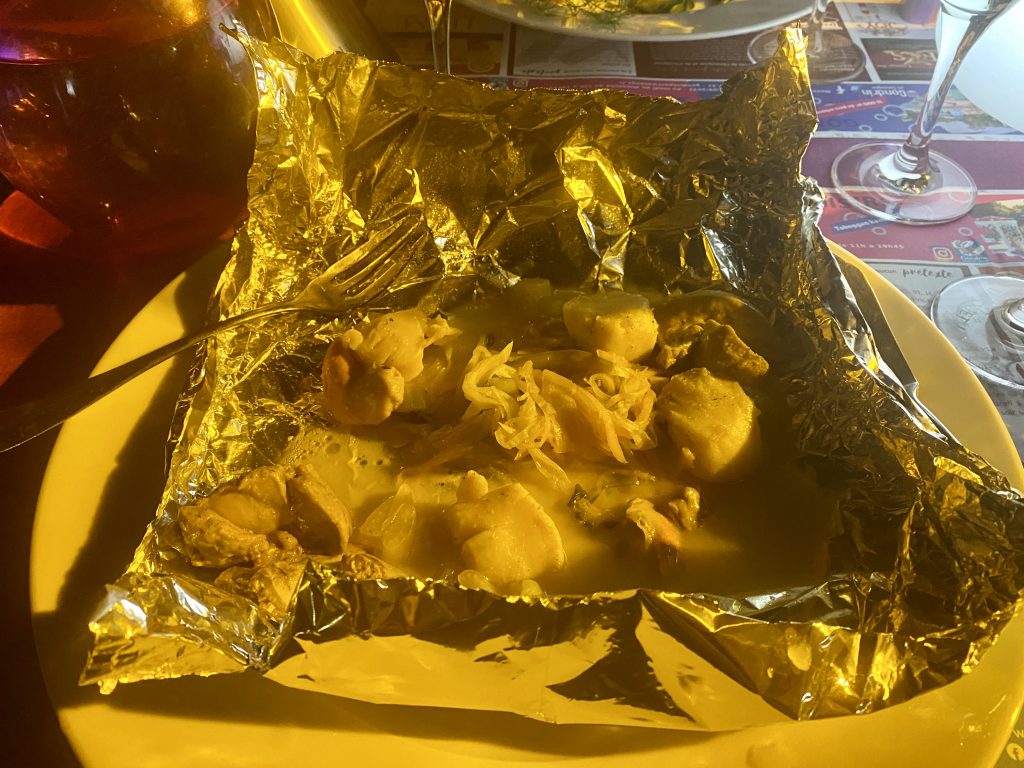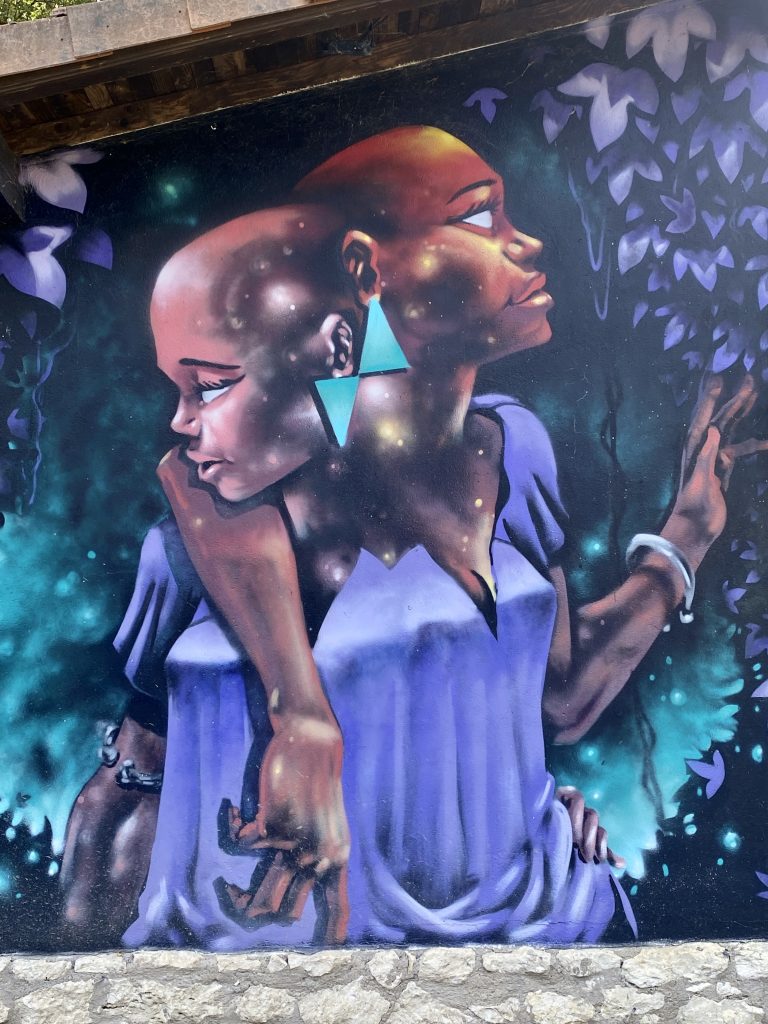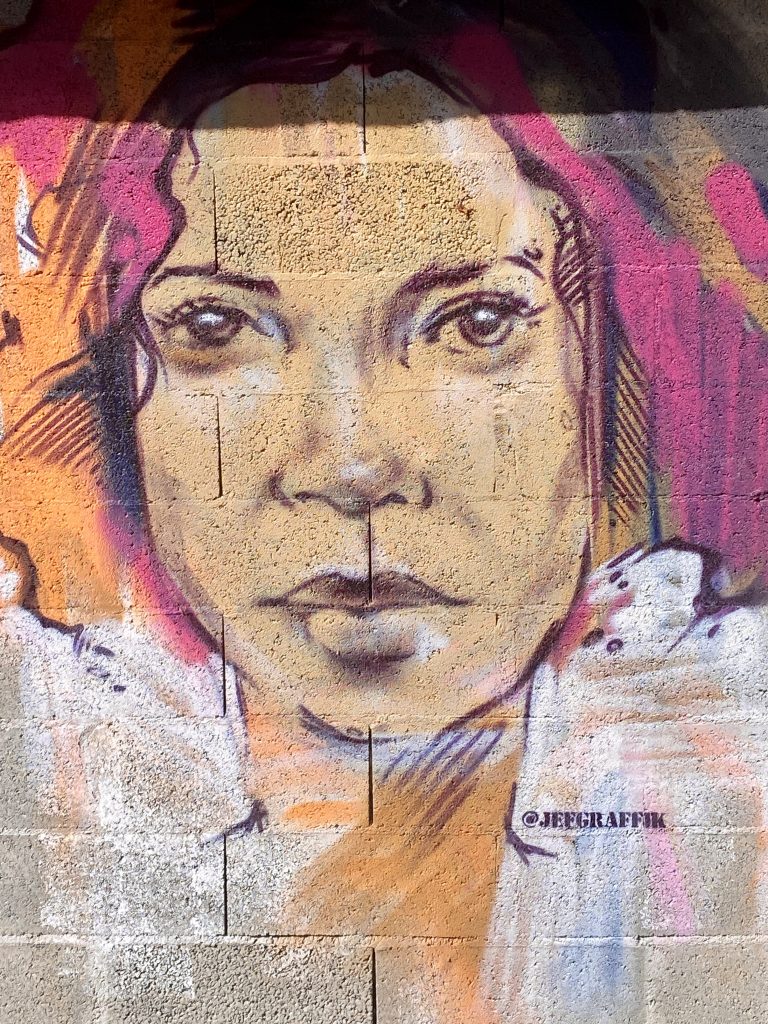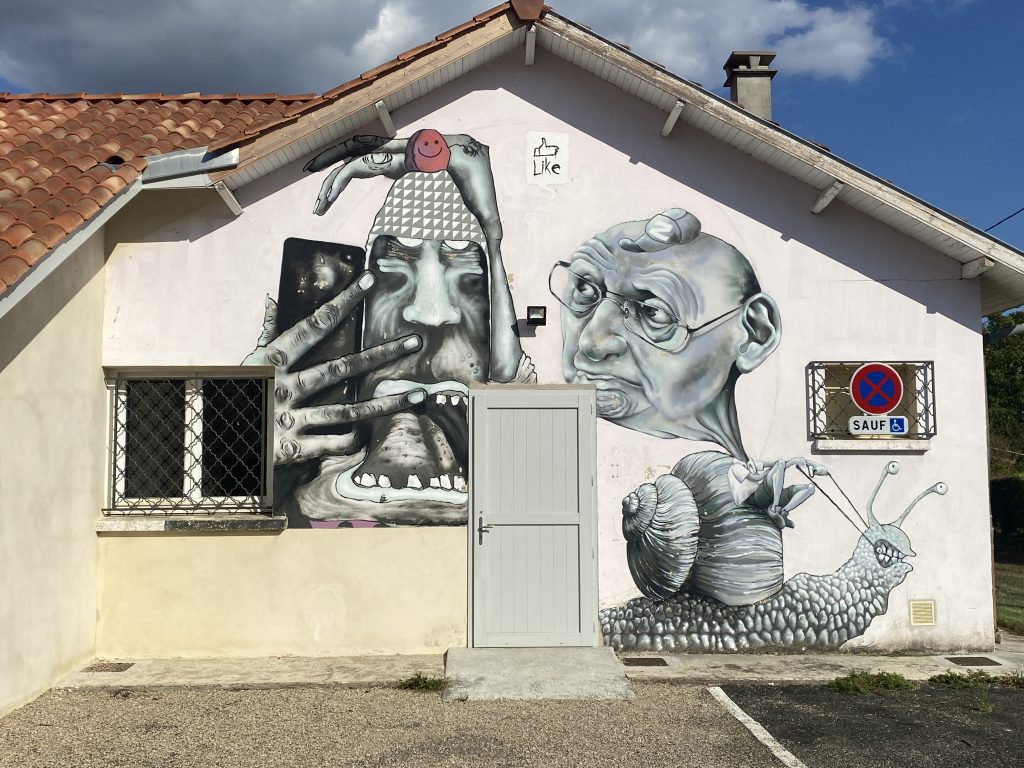As I mentioned before, it was time to head home. We had to get back to Brighton for a friend’s wedding and, anyway, it looked like the north of Spain was in for a week or two of wet weather.
It surprised me how quickly we were able to make the journey from Logrono in La Rioja to Saint Jean de Luz in France, given that we had to pause first at Haro (Bodegas ARVS to buy some Rioja) and then Vitoria (a hypermarket on the edge of the city so Vanya could stock up on Cava). It took us a little over three hours in total and a chunk of that was spent inside the Bodegas ARVS.
Once in France, we settled at Camping L’International Erromardie which is right on the beach and just a few kilometres north of Saint Jean de Luz. The campsite proved okay although I suspect it is expensive in high season. It has all the usual facilities including an on site restaurant, L’Oceanic, and because Vanya was continuing to suffer with her hip I reserved a table for us before setting off along the coast to take a look at La Colline Sainte-Barbe.
It took 40 minutes or so to walk to La Colline Sainte-Barbe (the Hill of Saint Barbara) which is the most northernmost point of the Bay de Saint Jean de Luz and which overlooks the town of Saint Jean de Luz or, to use it’s Basque name, ‘Donibane Lohizune’.
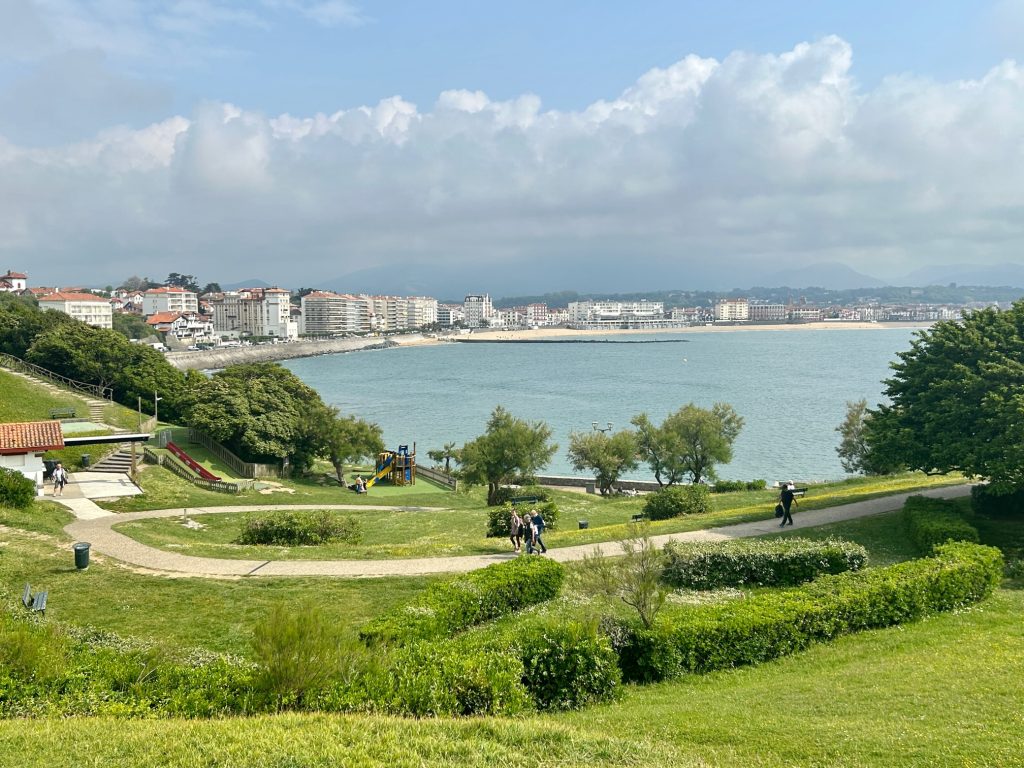
There’s a nice view of Saint Jean de Luz from La Colline Sainte Barbe.
The hill offers fine views of Saint Jean de Luz and of two places we visited last year: Socoa (at the southernmost tip of the bay) and the small town of Ciboure (which sits between Socoa and St Jean de Luz at the point where the River Nivelle empties into the bay).
I read about a path which follows the entire length of the Basque Coast and an orientation table on the hill revealed that it actually passes through La Colline Sainte-Barbe.
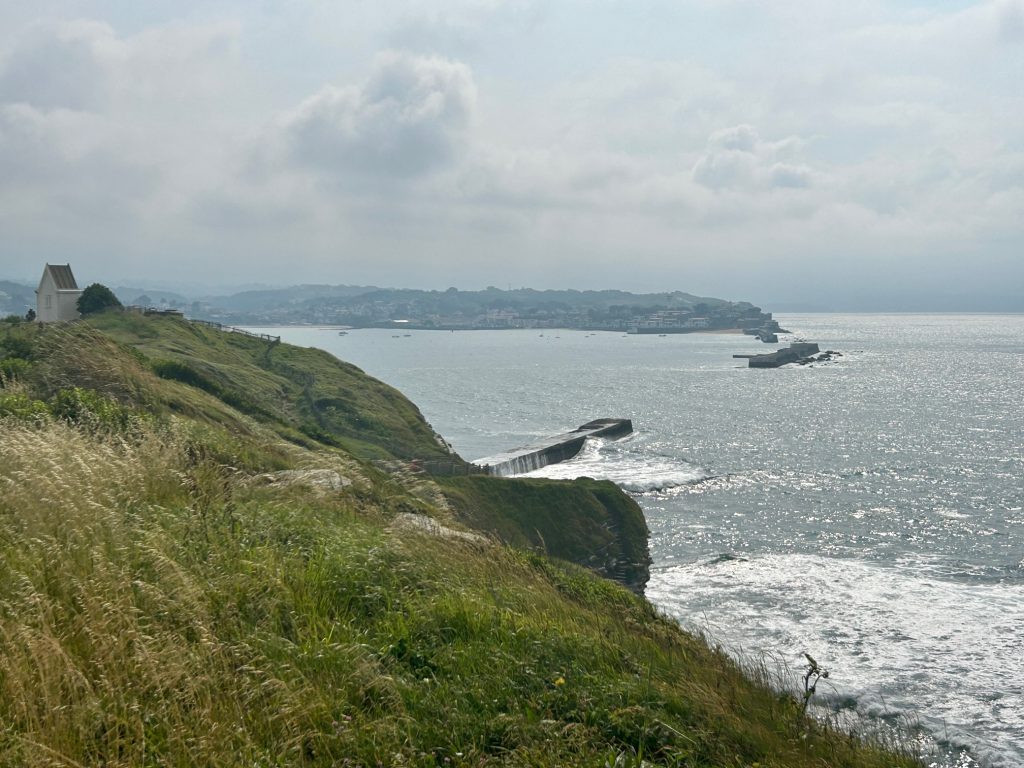
The view south from La Colline Sainte-Barbe towards Socoa at the southern edge of the Bay de Saint Jean de Luz. That’s Spain towards the back of the photo and it looks as if the meteorologists got it right regarding the impending wet weather. The small building in the top left hand corner of the photo is the tiny chapel of Sainte-Barbe.
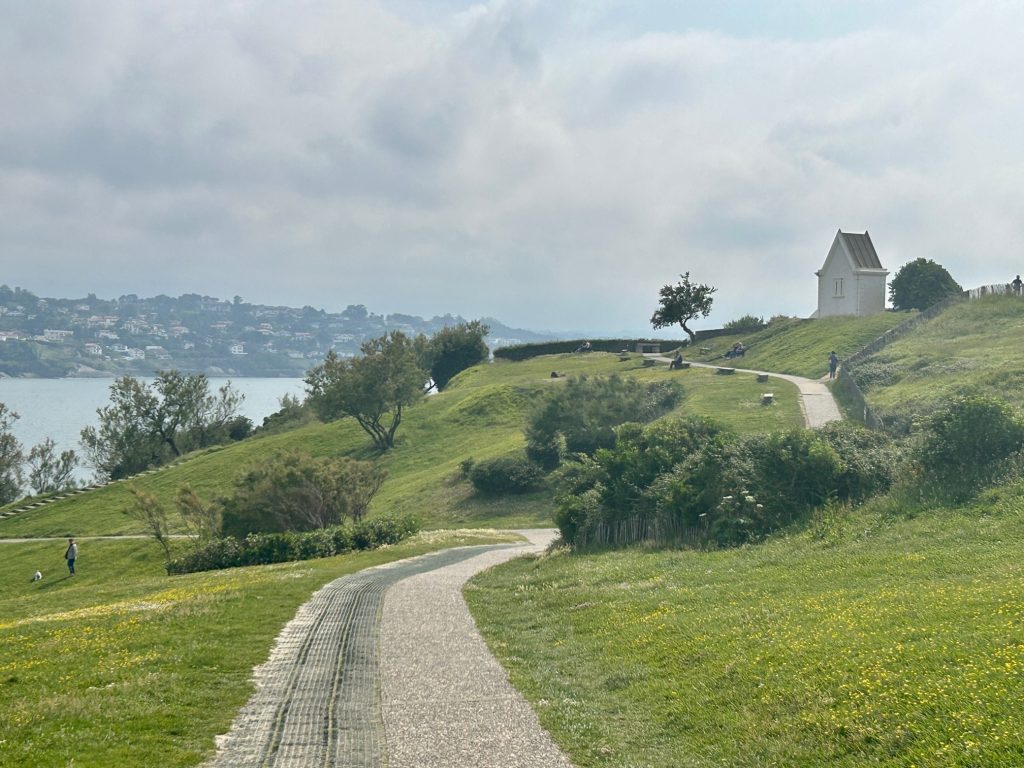
Another photo of the Chapel on La Colline Sainte-Barbe with the town of Ciboure in the background. I understand Sainte-Barbe is the patron saint of Artillerymen, Firefighters and Miners. Really? Who thinks these things up?

The path back towards our campsite on Erromardie Beach. There are worse views.
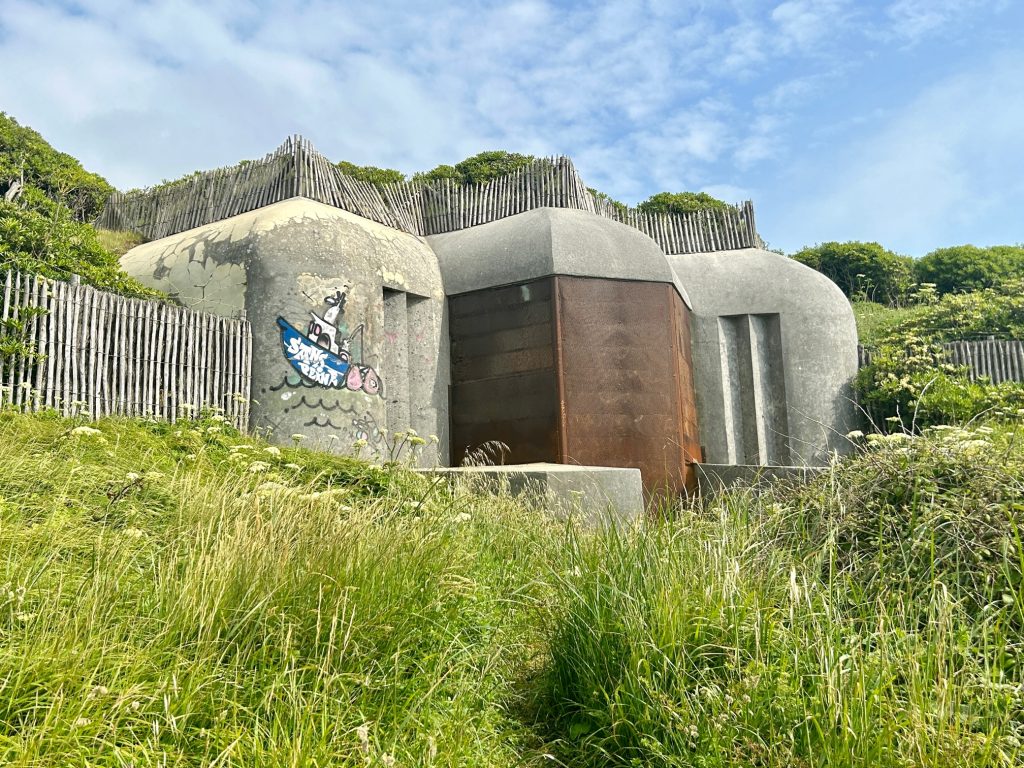
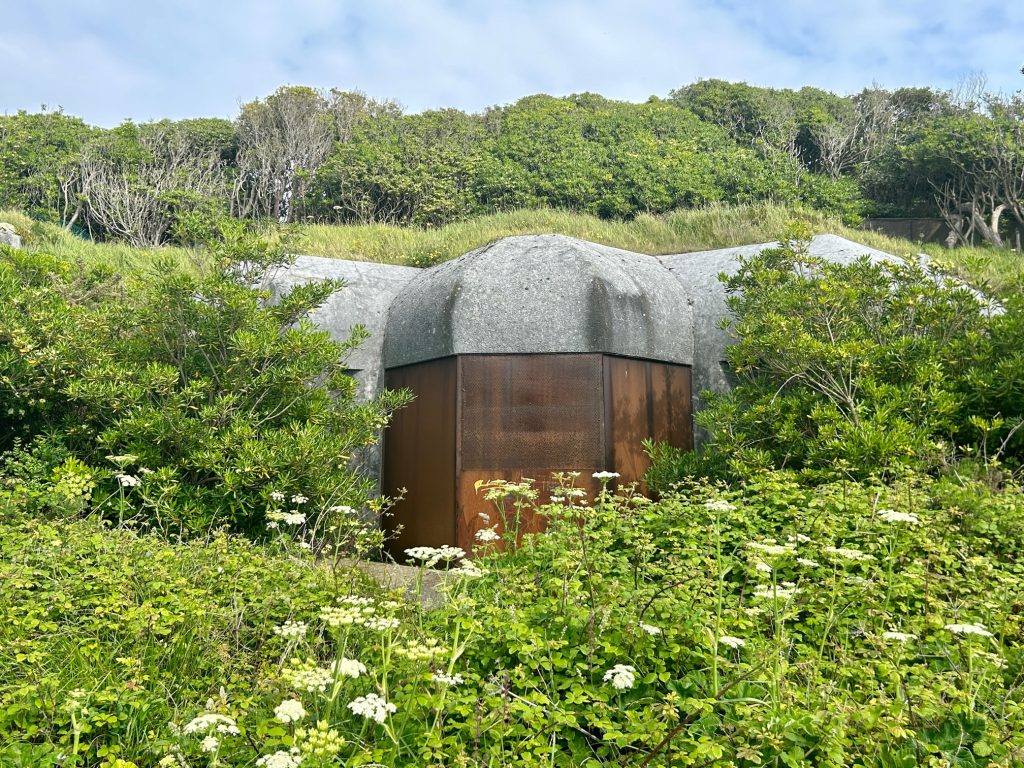
Although I didn’t expect to see so many WWII bunkers along this stretch of coast.
It takes less than 15 minutes to walk down into Saint Jean de Luz from the Hill and that left me with just enough time to check out the town’s main church, the restored 13th century Church of Saint John the Baptist. Although they seldom look noteworthy from the outside, the interiors of Basque churches have always impressed me and this church promised much.
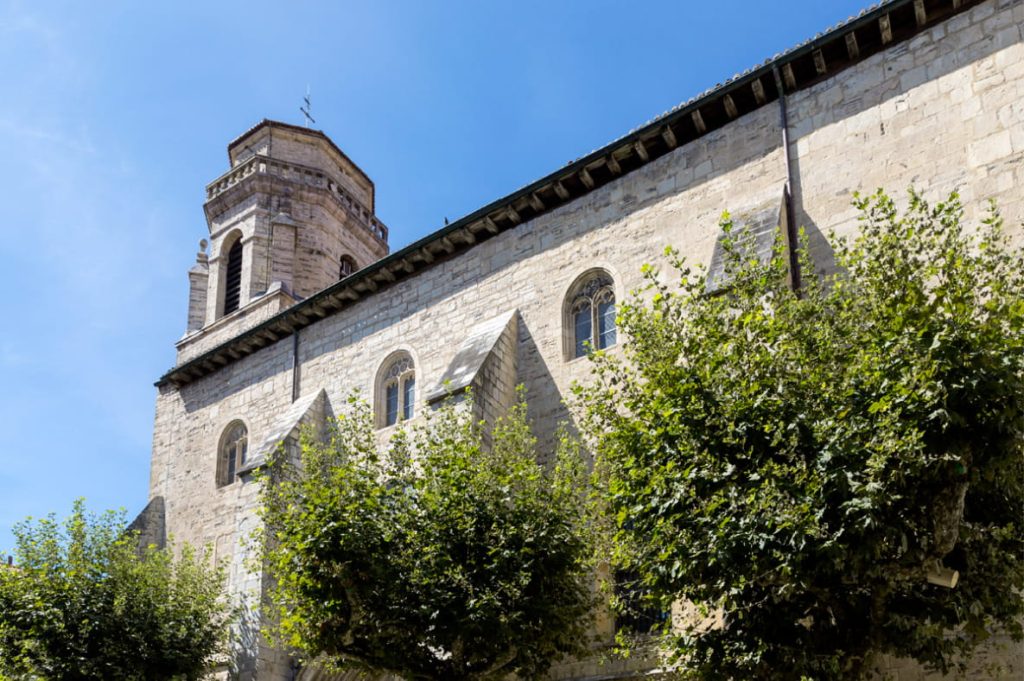
The outside of the Church of St John the Baptist is as ordinary as you might expect of a Basque church.
The inside of this Church of St John the Baptist is said to be the largest and finest of all of the churches in the (French) Pays de Basque. It’s gold plated wooden altarpiece (Baroque, I think) is particularly splendid and it was in front of this very altar that Louis XIV and the Infanta Maria Teresa, daughter of King Philip IV of Spain, were married on 9 June in 1660. I read on the Lonely Planet website that “After exchanging rings, (Louis XIV and Maria Teresa) walked down the aisle and out of the south door, which was then sealed to commemorate peace between (France & Spain) after 24 years of hostilities”. Now that’s theatrical.
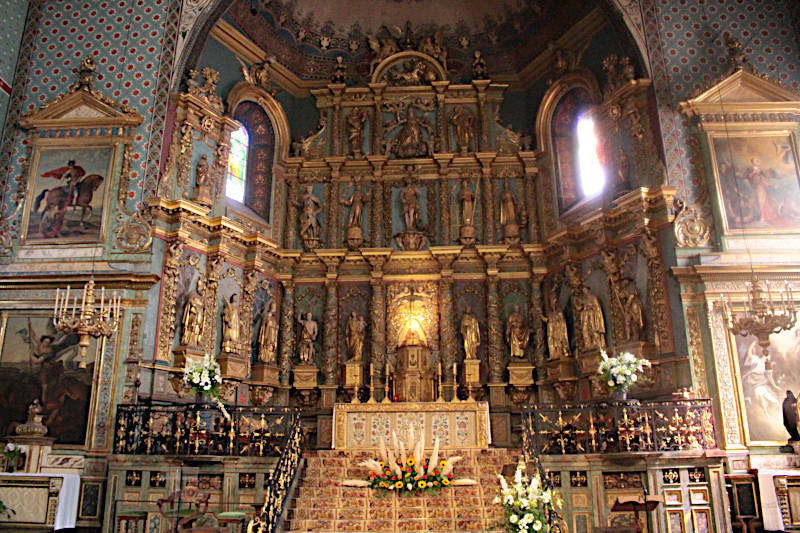
The impressive altarpiece inside the Church of St John the Baptist.
Not as impressive as the altar but still magnificent are the tiered wooden balconies so often found in Basque churches. Historically, men would sit in the balconies while women sat below in the body of the church.
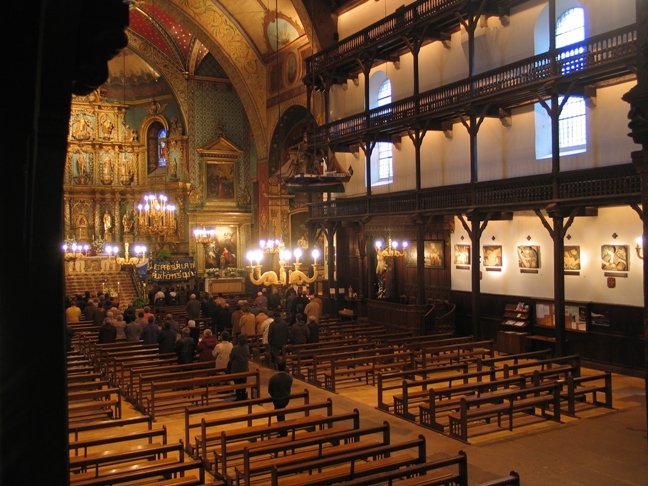
Three tiers of oak balconies inside the Church of St John the Baptist.
Saint Jean de Luz is an interesting town with it’s narrow winding streets, it’s architectural heritage and it’s history (to say nothing of it’s colours and essence). Certainly, I am keen to see Louis XIV Square, the Maison Louis XIV, the Maison de L’Infante and the picturesque harbour/port area that was at different times home to French pirates (Corsairs), Basque whalers and, more recently, tuna fishermen but, all this will have to wait until our next visit. I had to get back to the Van in time for our dinner reservation at L’Oceanic…

The route back took me along this beautiful coastline…
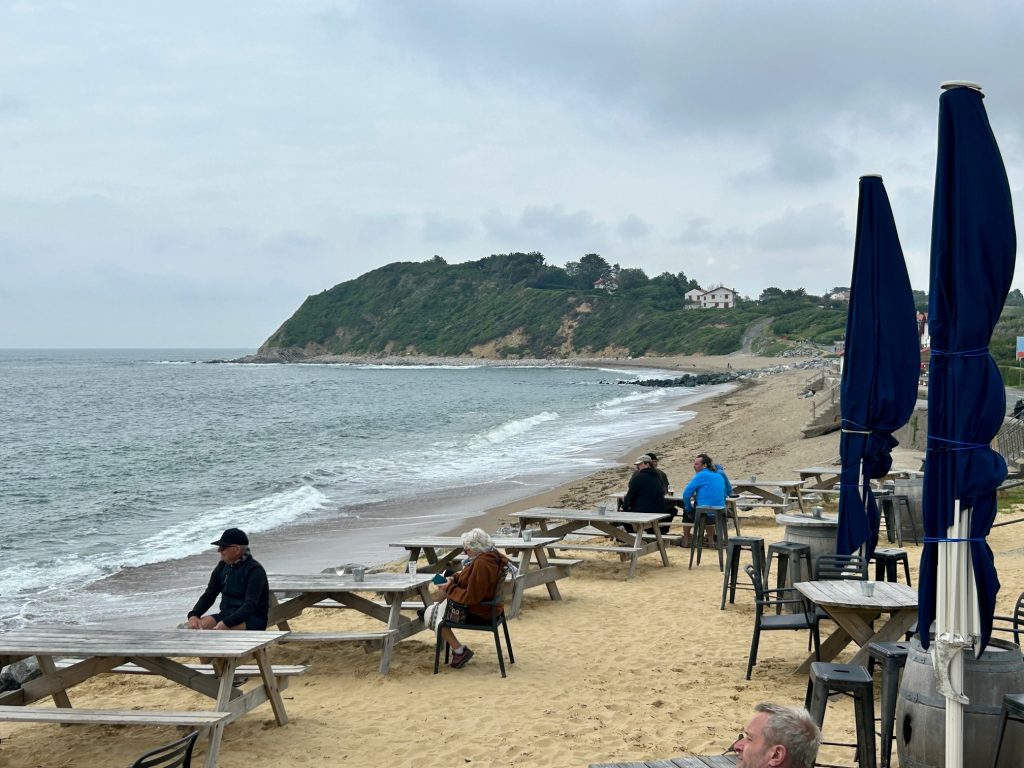
… and past this little beach bar where, yes, I paused for a quick beer.

